President Joe Biden highlights the return of manufacturing jobs to the U.S., but even with all the investments and support, the industry is struggling after only a brief recovery from the pandemic. It will be difficult for Vice President Kamala Harris or former President Donald Trump to change that, despite their big promises if they get elected.
The Biden administration has poured billions into U.S. manufacturing, like $53 billion from the CHIPS and Science Act to strengthen the semiconductor industry, and a $1.2 trillion infrastructure plan. Private companies have also been investing more. All of this has led to a sharp rise in construction spending by manufacturers.
After the U.S. economy bounced back from the pandemic, manufacturing benefited for a while, but the momentum didn’t last long.
The manufacturing industry still has a long way to go before employment reaches pre-Great Recession levels. As of August, U.S. manufacturing jobs were only 1.2% higher than they were in February 2020. In fact, manufacturers have lost jobs in four of the last eight months. Surveys of the industry aren’t looking very positive either.
While there hasn’t been a big manufacturing boom under Biden, there has been a steady recovery since the pandemic. The huge investments could pay off eventually, but with the presidential election less than two months away, it may be hard to convince voters.
Vice President Kamala Harris shared her economic plans in Pittsburgh on Wednesday. She talked about cutting middle-class taxes, increasing deductions for startups, and reforming construction regulations. Harris said they would invest in biomanufacturing and aerospace, stay ahead in technologies like AI and quantum computing, and expand clean energy innovation.
Former President Donald Trump, speaking in Savannah on Tuesday, shared his own economic ideas. If elected, he plans to lower corporate taxes, raise tariffs, and cut regulations to encourage companies to move manufacturing from places like China, Korea, and Germany back to the U.S.
The industry's many issues
The manufacturing industry is facing a lot of challenges, mostly because of the overall economic situation.
Recent surveys by the Institute for Supply Management and S&P Global show that the biggest problems are low demand and high interest rates. This has made many manufacturing companies cautious about expanding or hiring, which could spell trouble for the industry’s future.
“The combination of falling orders and rising inventory is the worst we’ve seen in the past year and a half, and one of the most concerning since the global financial crisis,” said Chris Williamson, chief business economist at S&P Global.
Even though manufacturers have received significant funding in recent years, they are still hesitant to hire more workers or increase production if demand remains uncertain. On top of that, many are waiting to see what happens with the upcoming U.S. presidential election and future interest rates, leading them to pause hiring plans. “Demand remains low as companies are reluctant to invest due to current monetary policies and election uncertainty,” said Timothy Fiore, chair of ISM’s Manufacturing Business Survey Panel.
Manufacturers are also struggling with rising costs, which are increasing at the fastest rate since last April, according to S&P Global. These higher costs either reduce profits or get passed on to customers as price hikes.
Additionally, some sectors have unique challenges. Boeing, America’s largest exporter, is dealing with its own financial problems, while U.S. automakers face stiff competition from Chinese electric car manufacturer BYD. And, despite efforts to bring production back to the U.S., it’s still cheaper to produce goods in many other countries. In the U.S., manufacturers also have to manage demands from labor unions, which can further increase costs.
- Tags:
- Politics

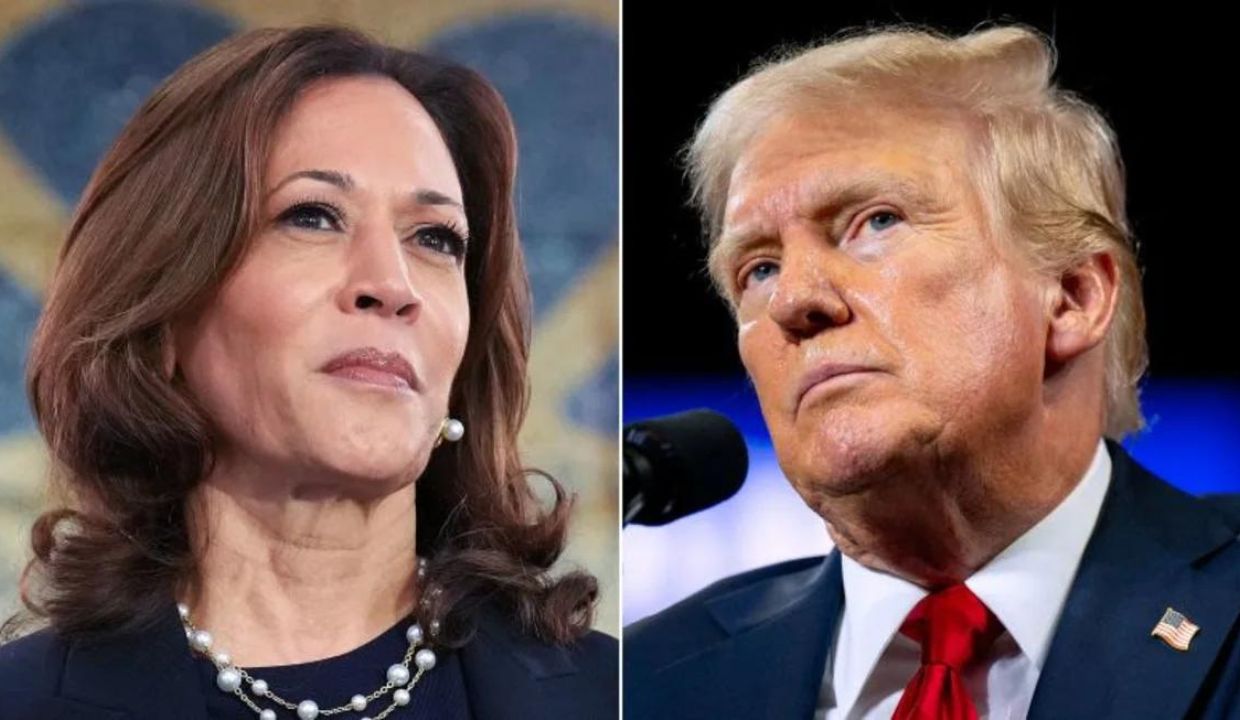
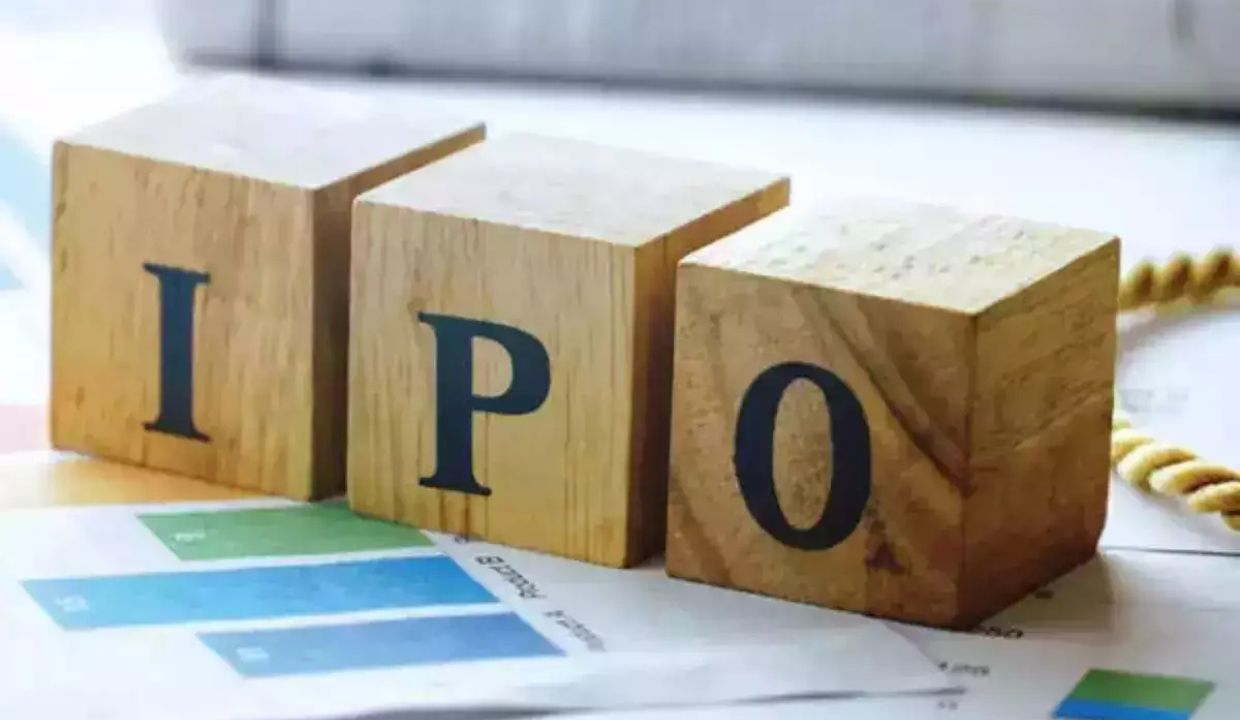



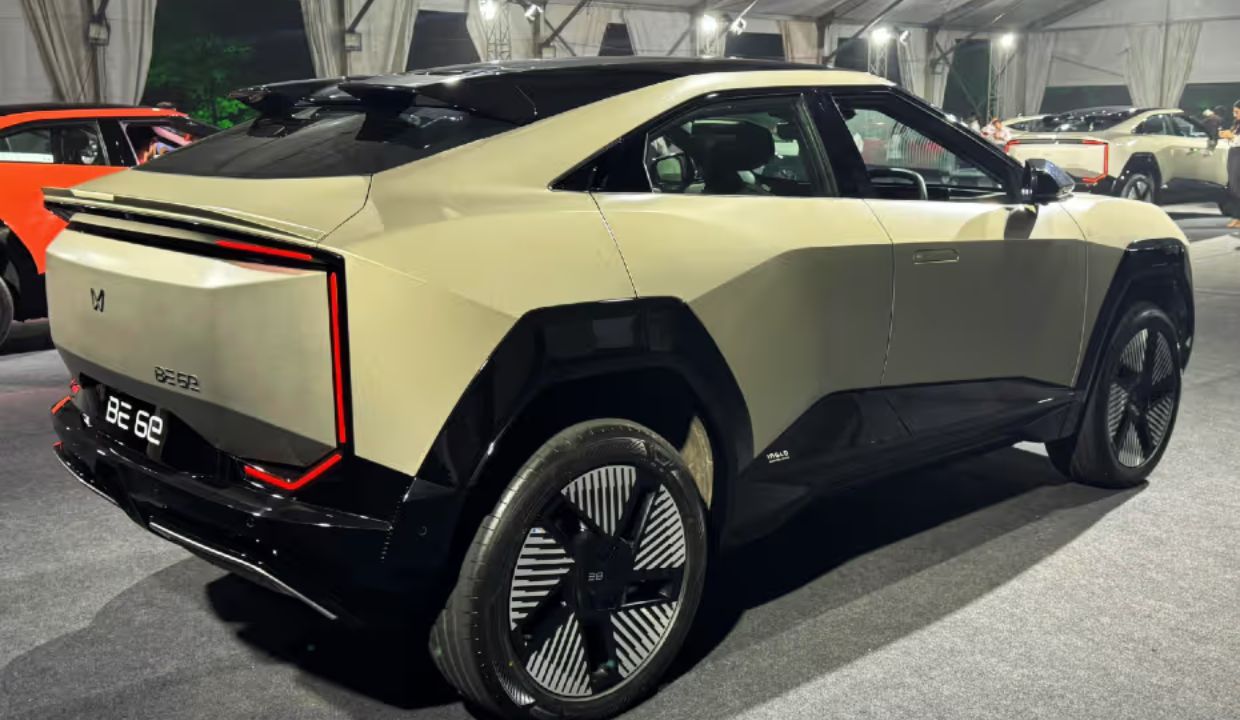
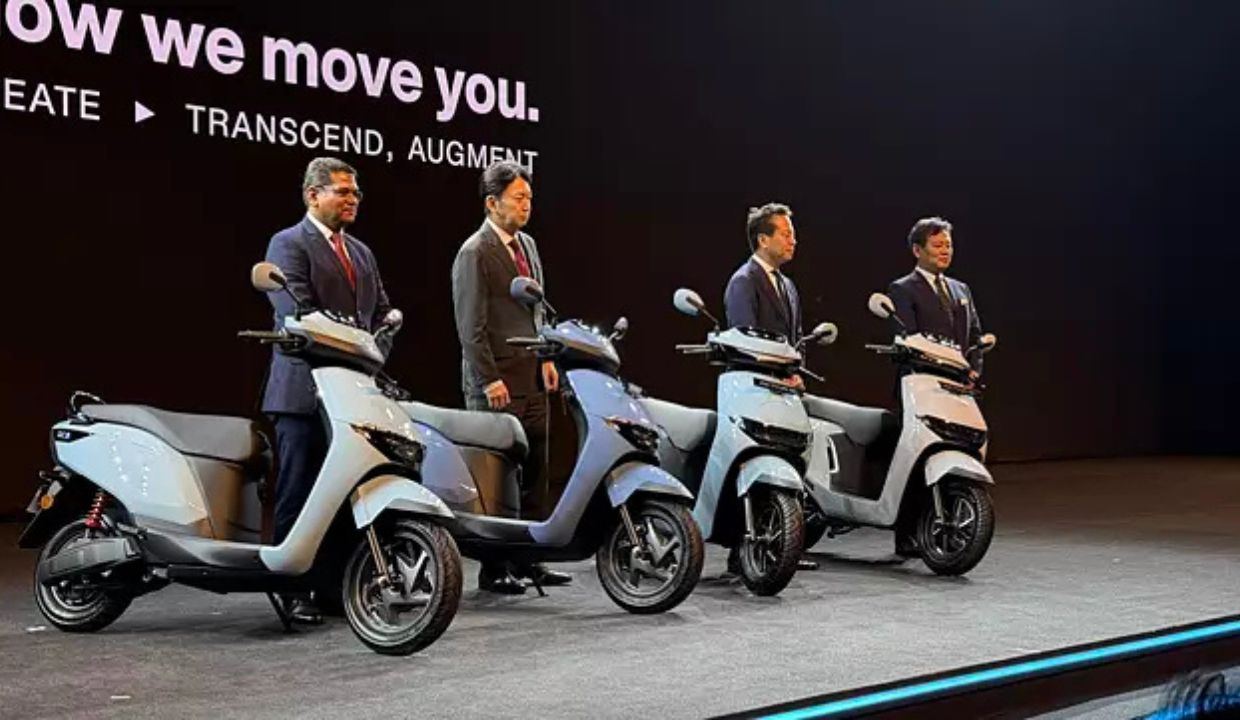

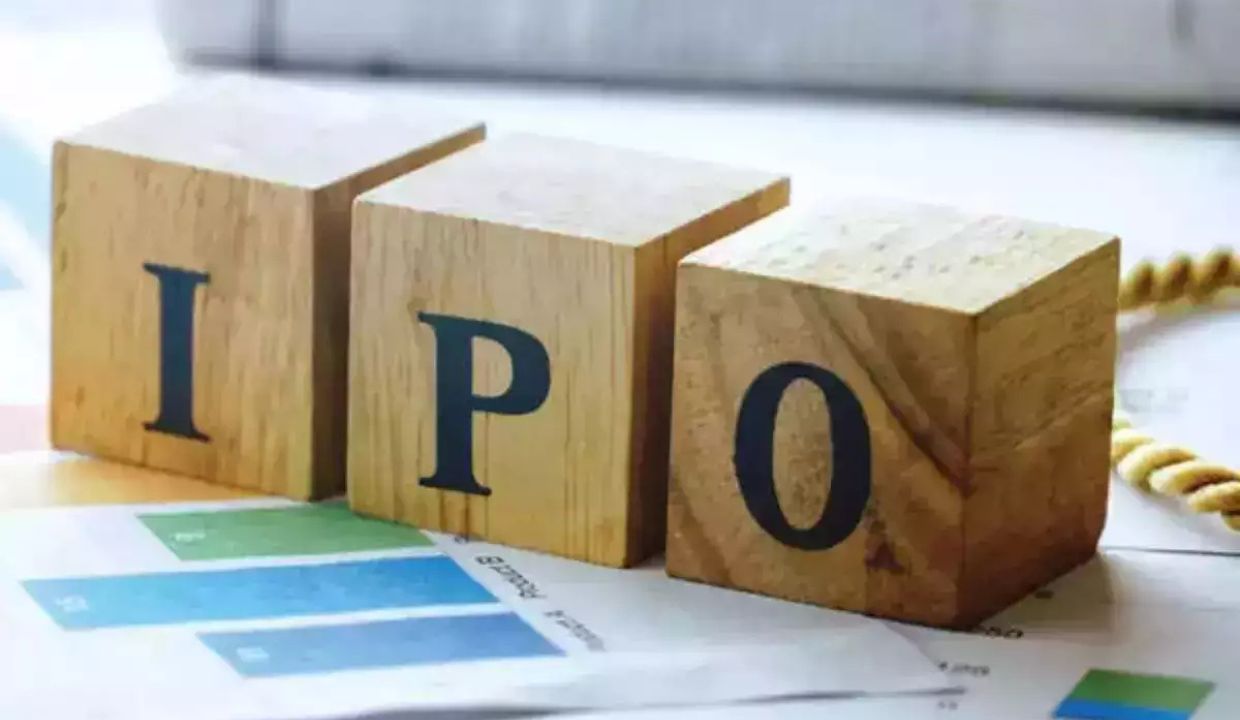

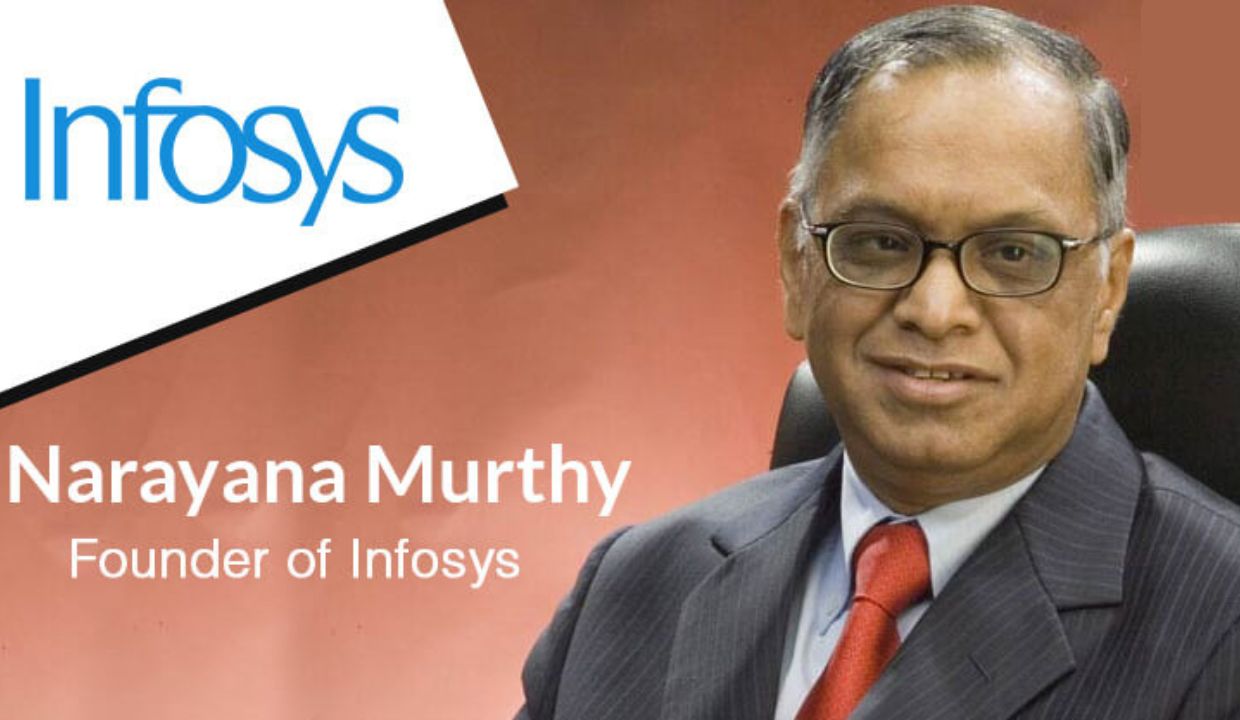
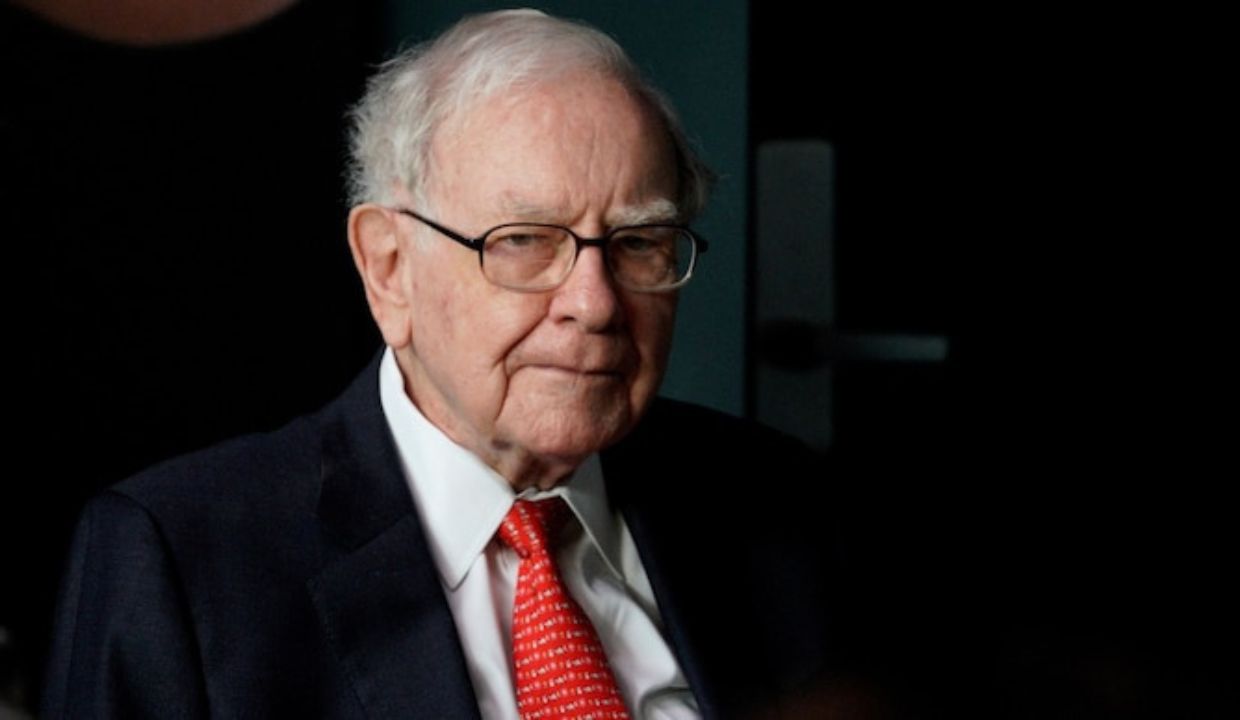

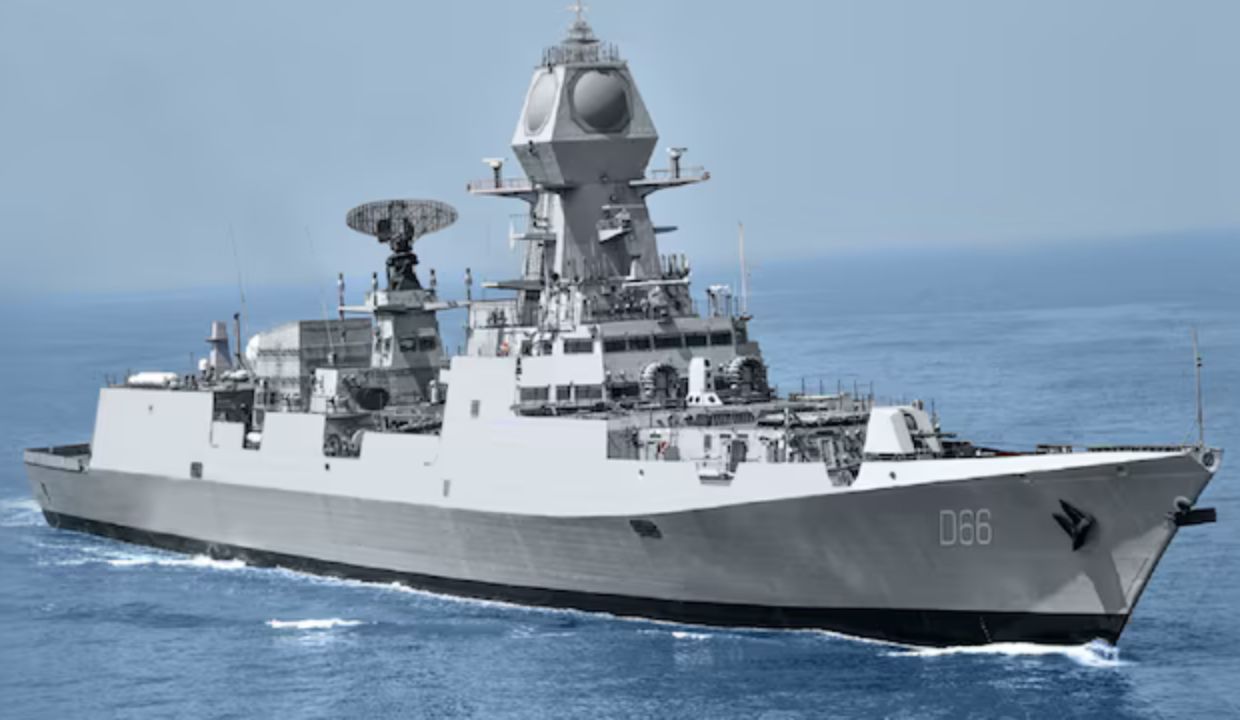

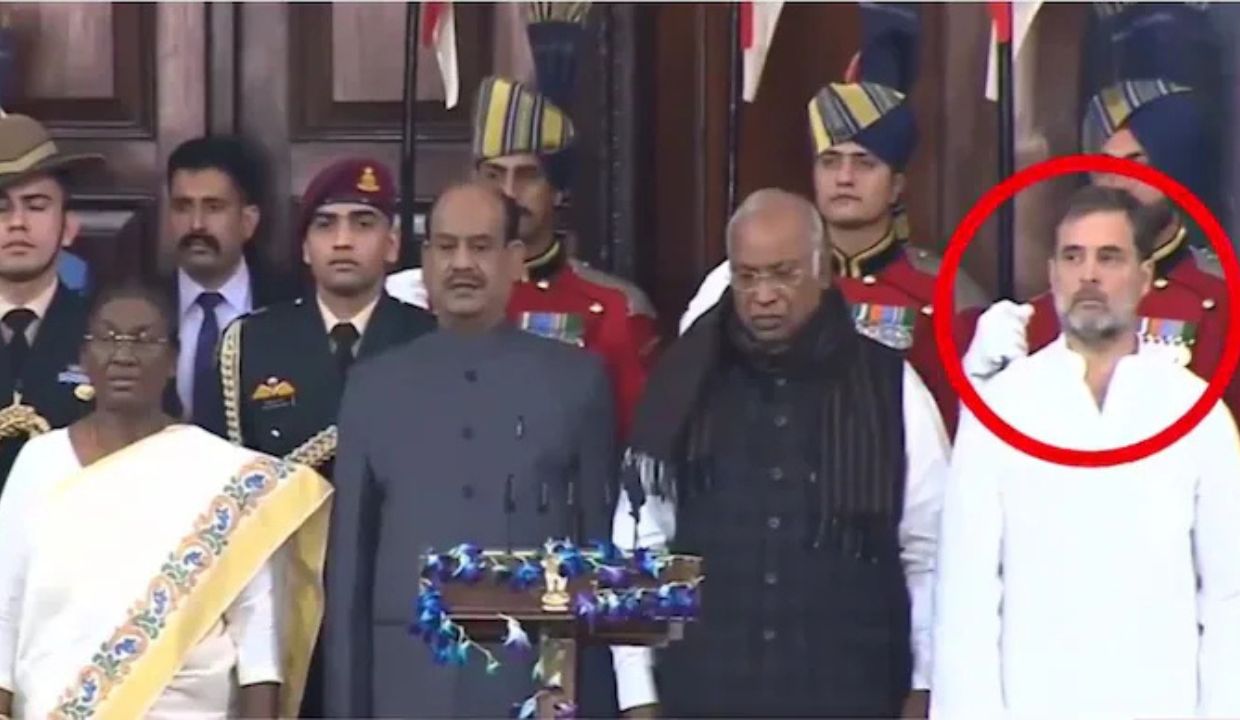

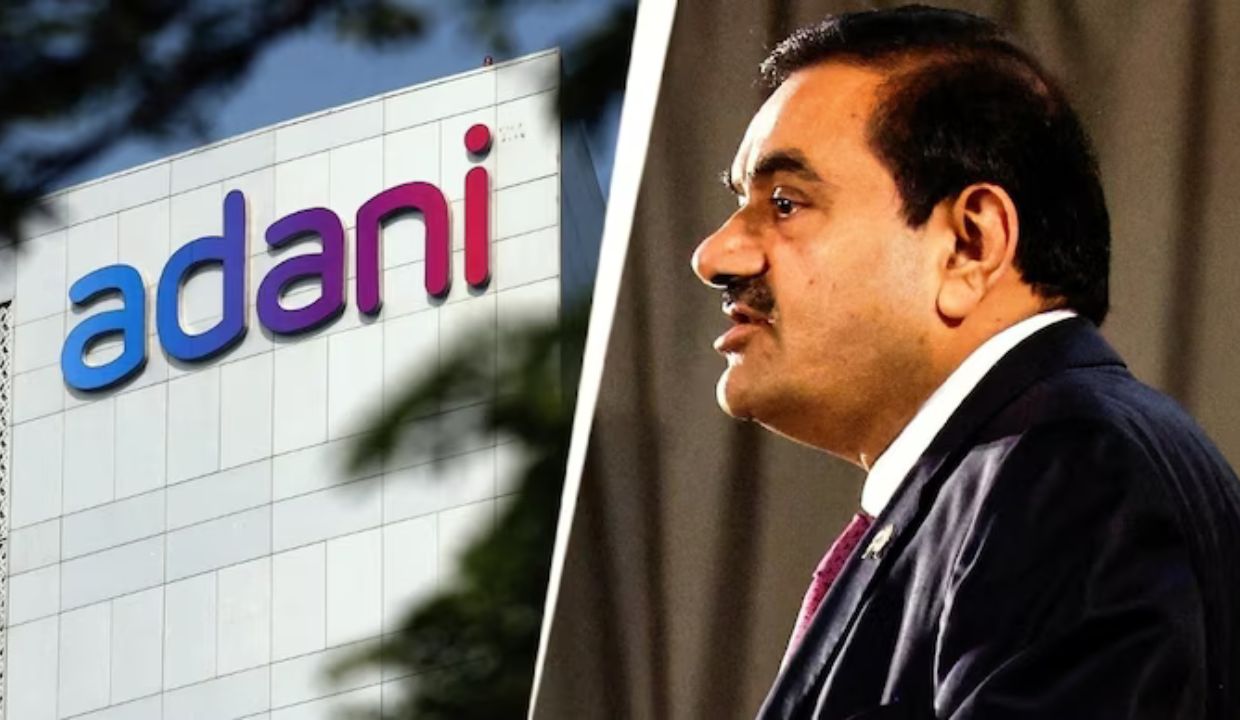

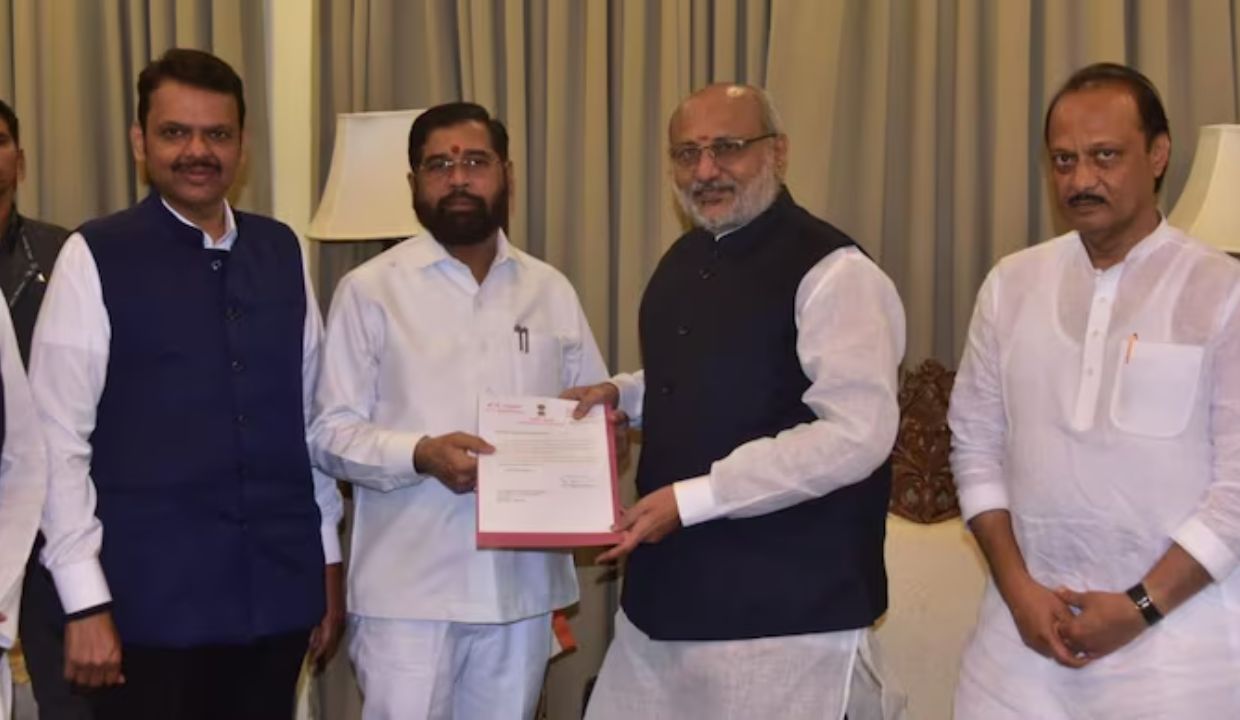







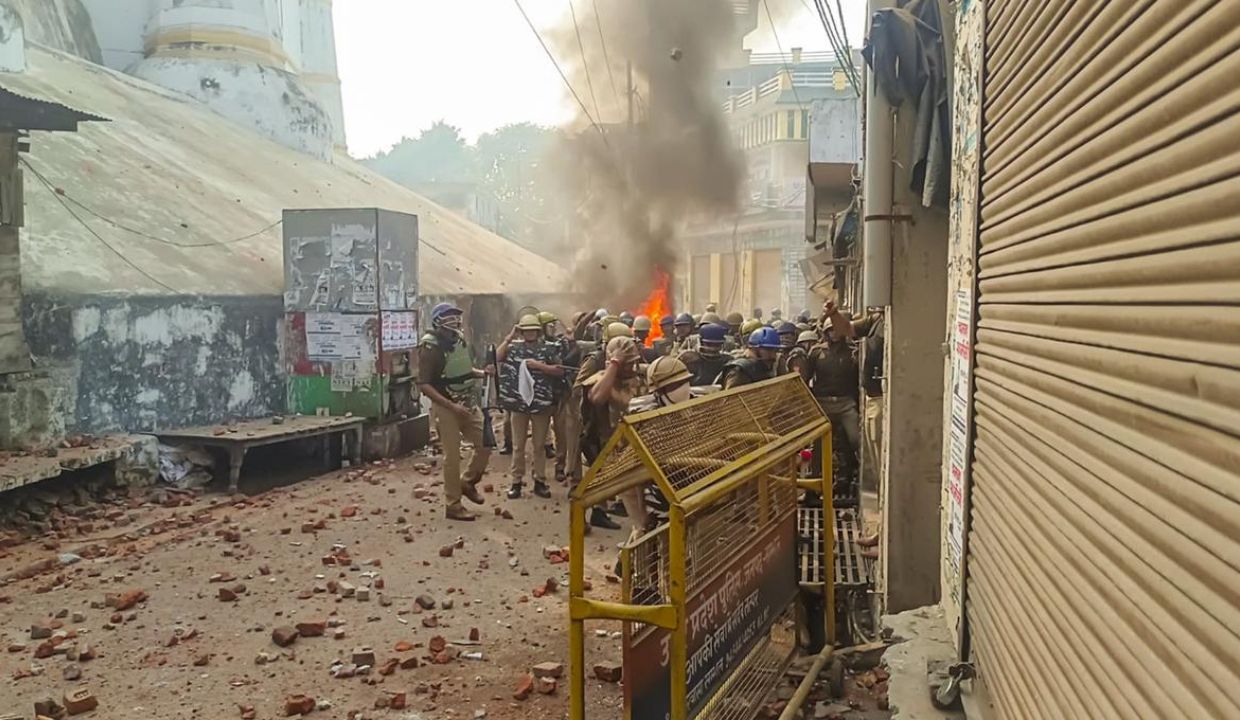
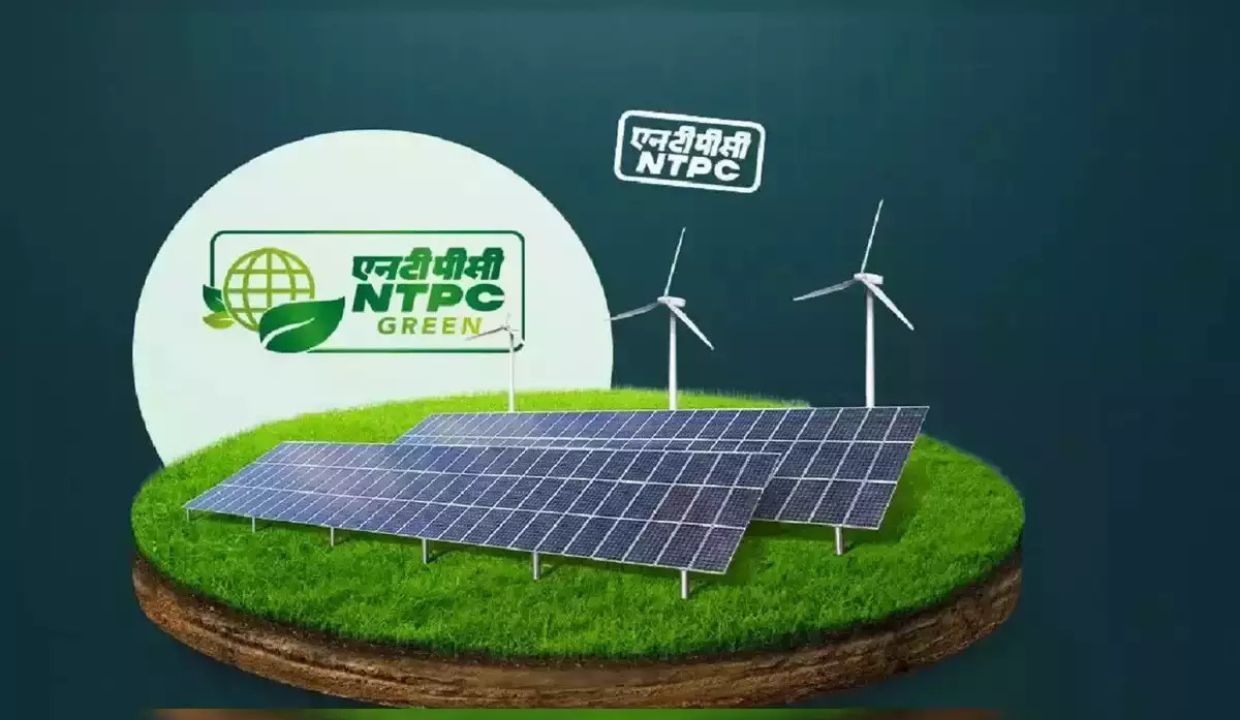




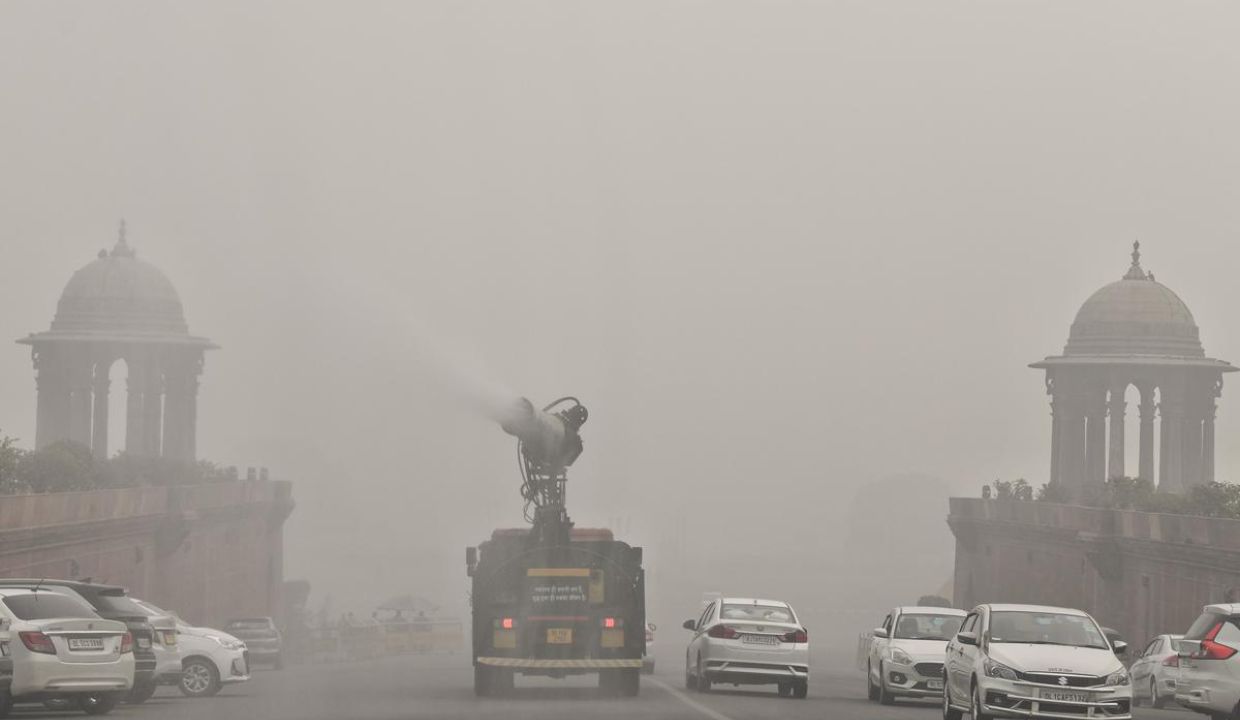




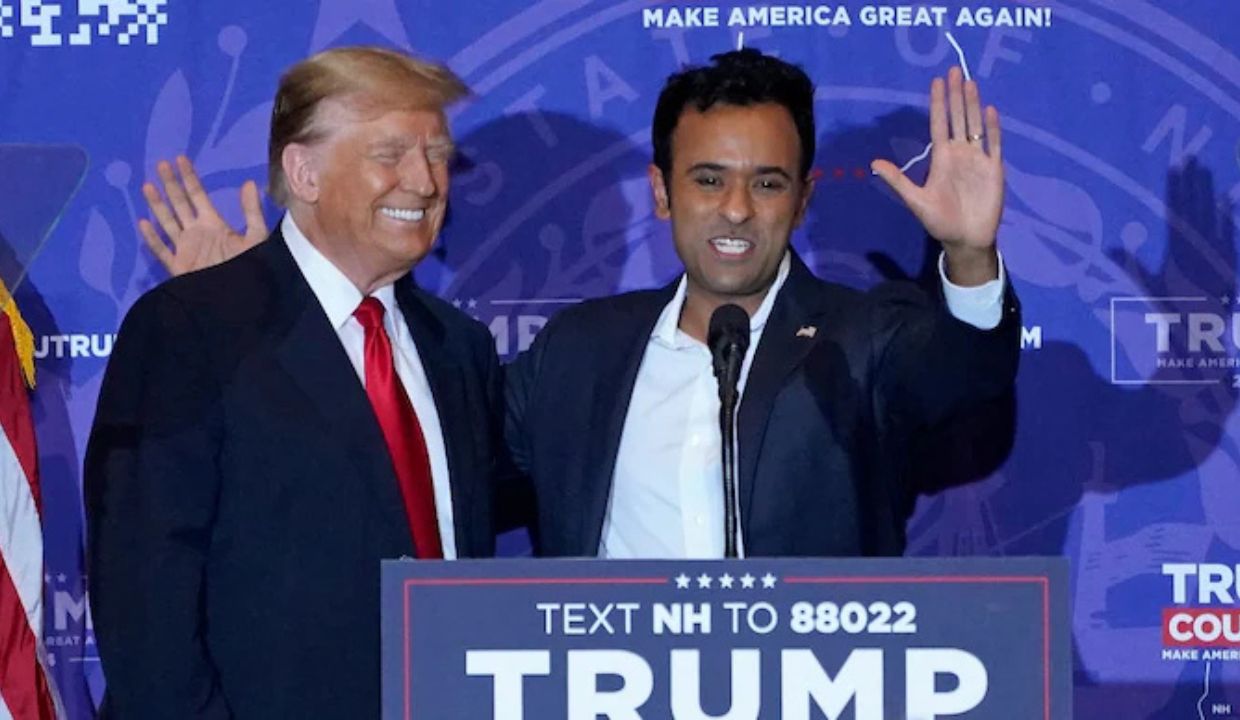

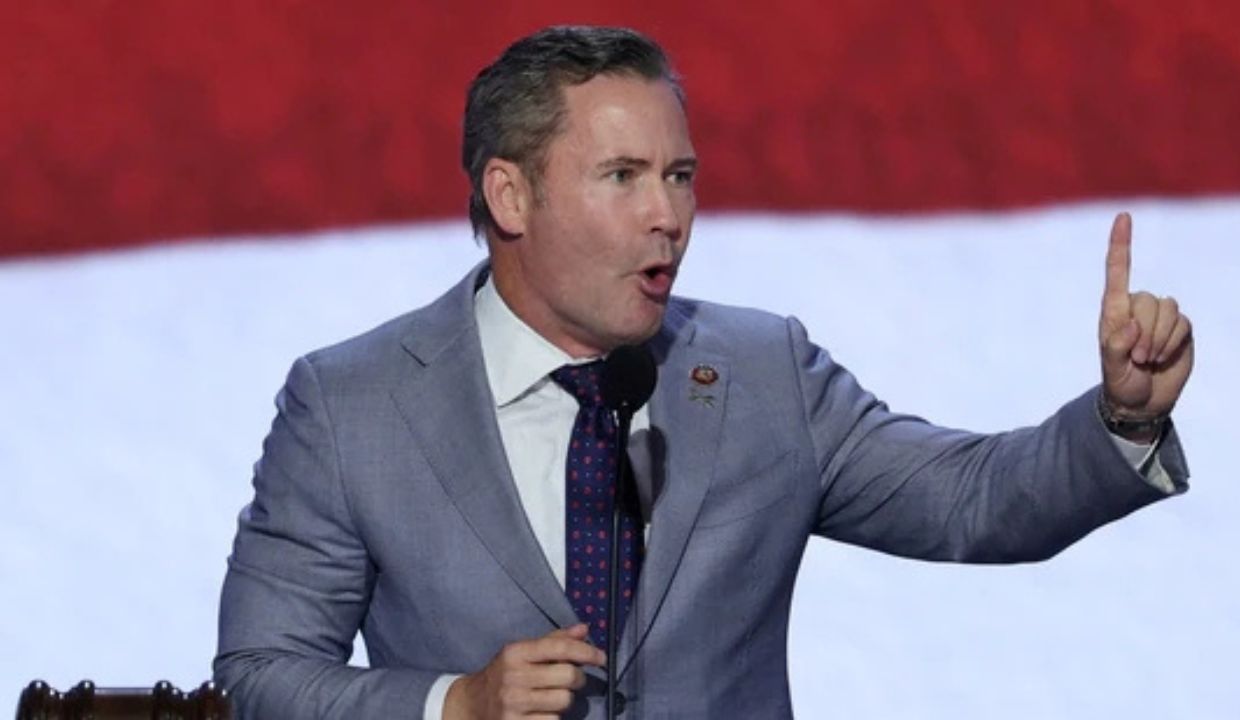

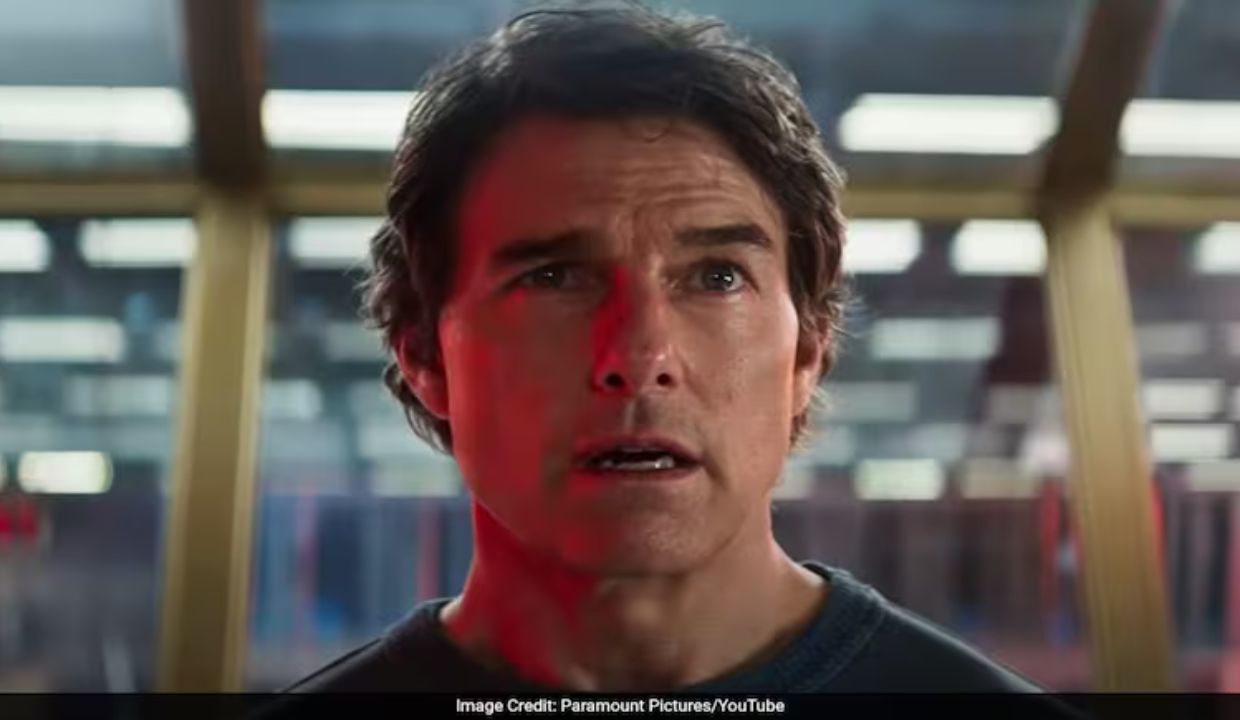
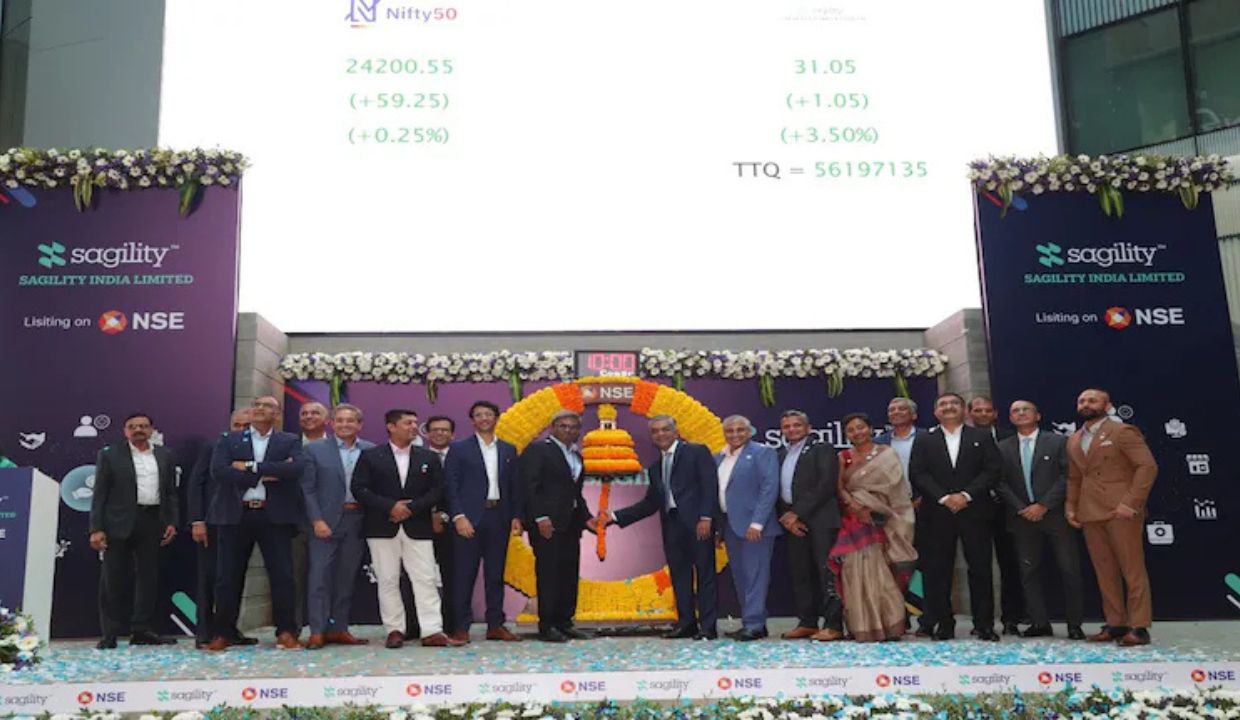


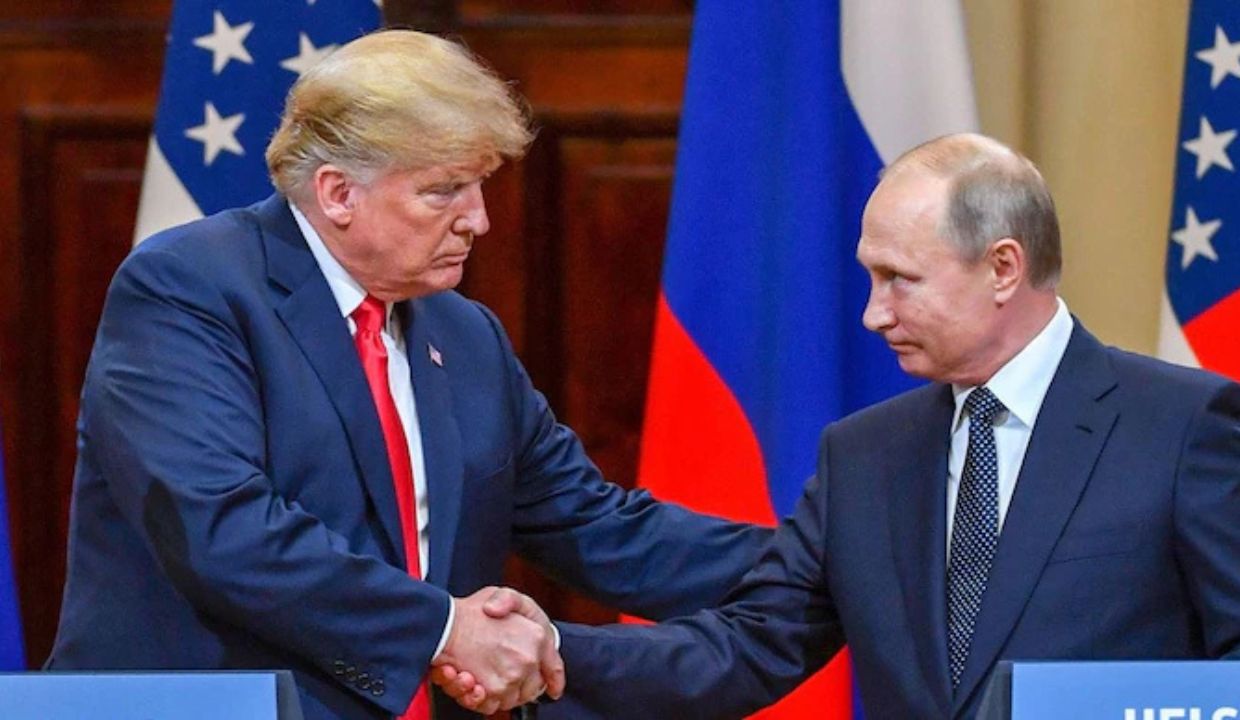



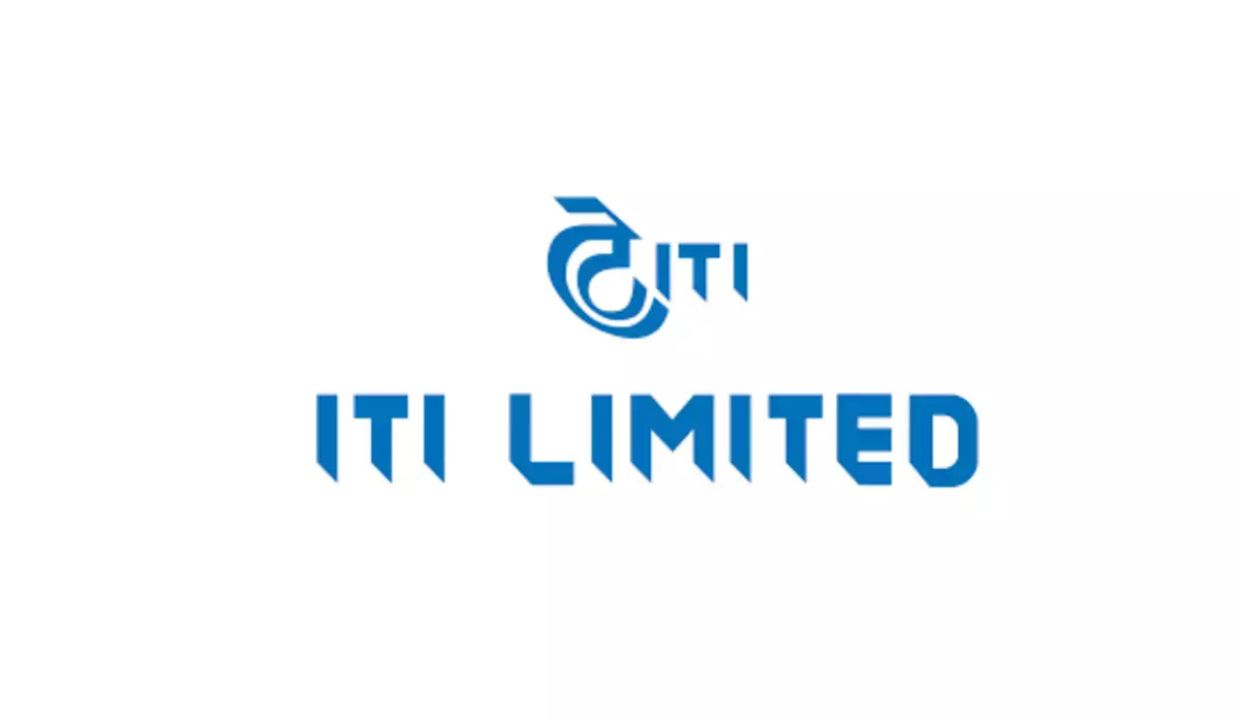

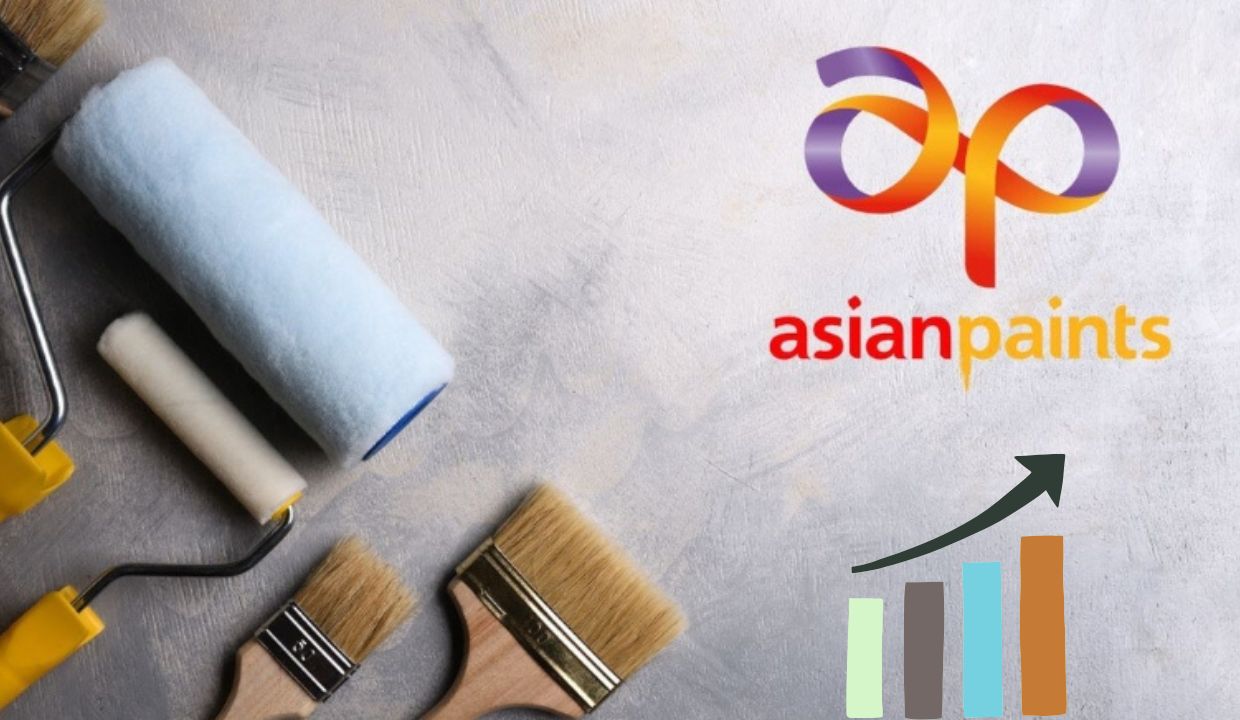
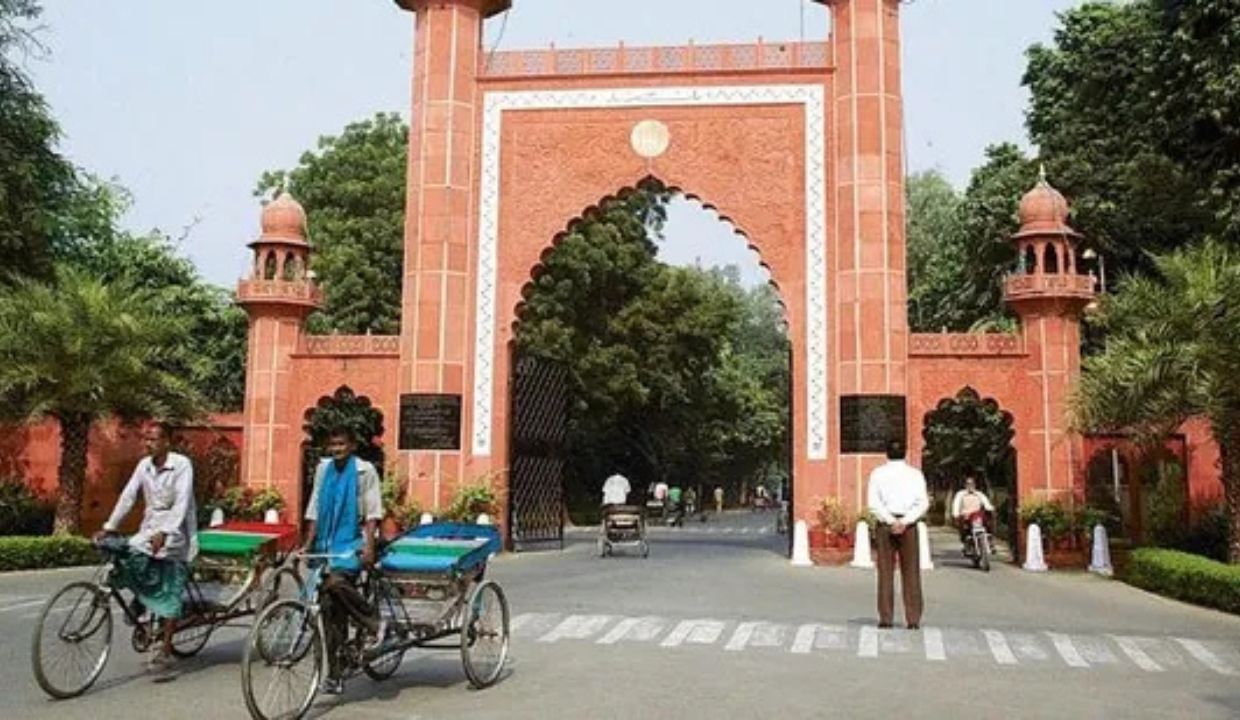


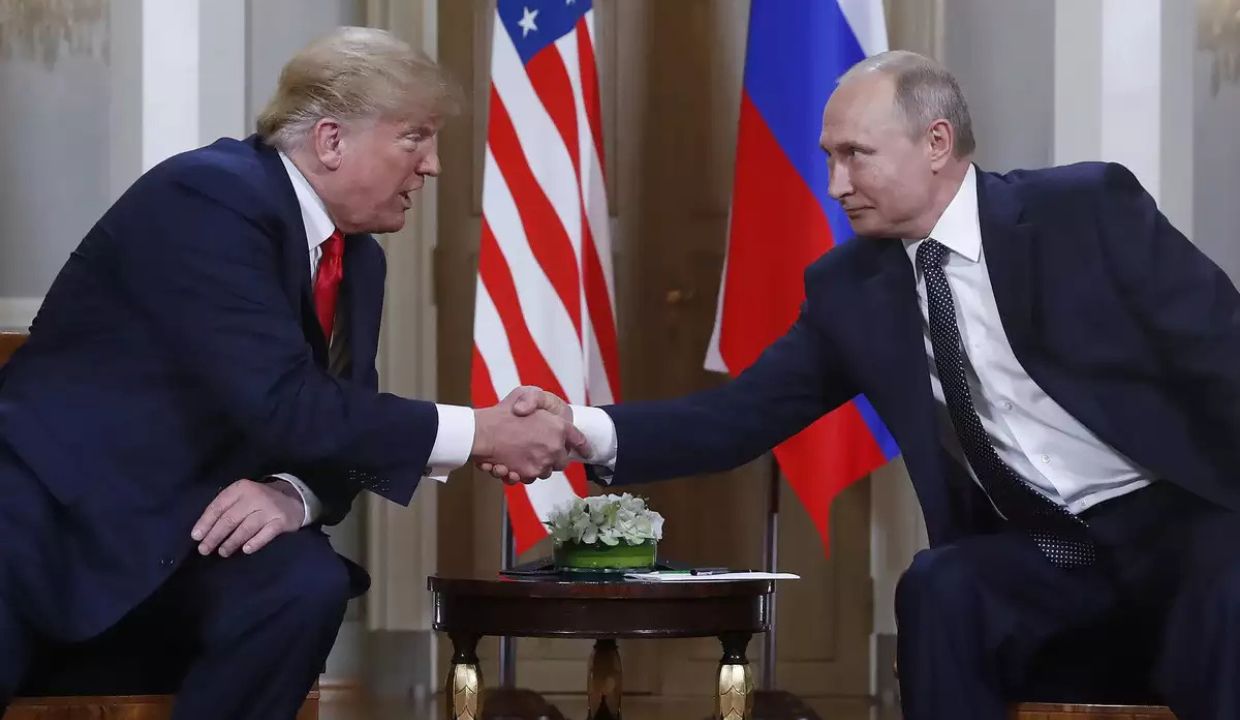

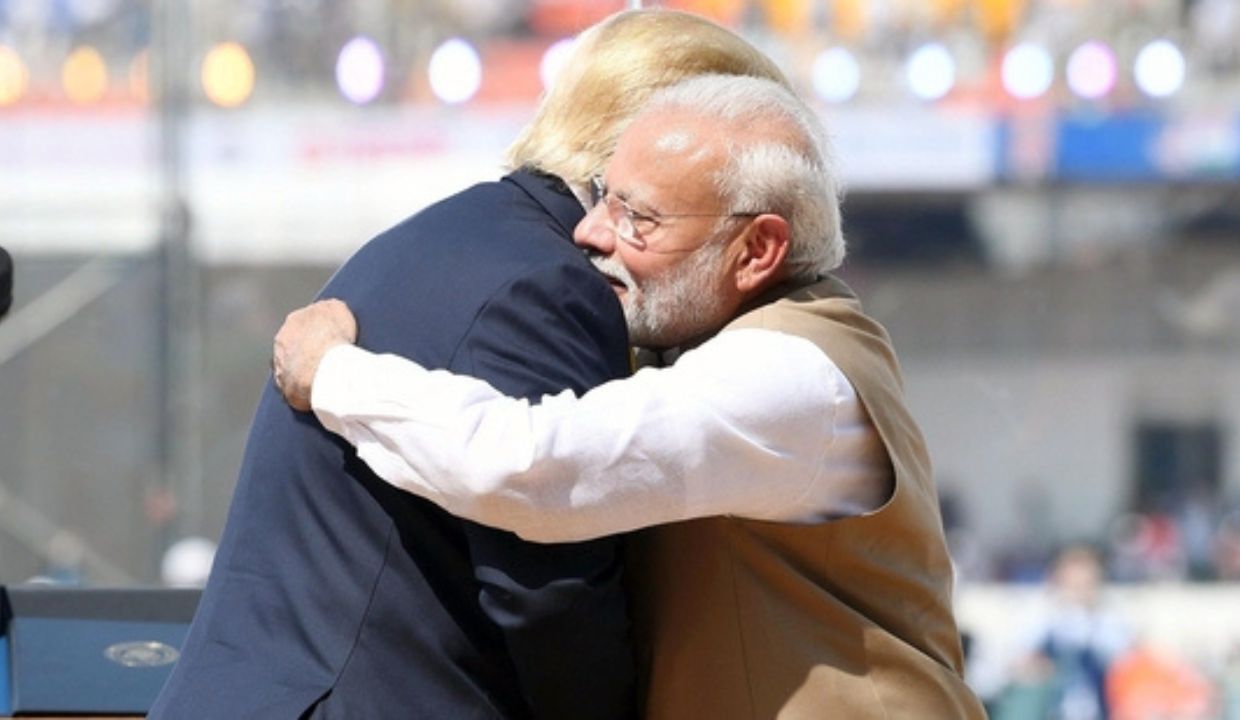

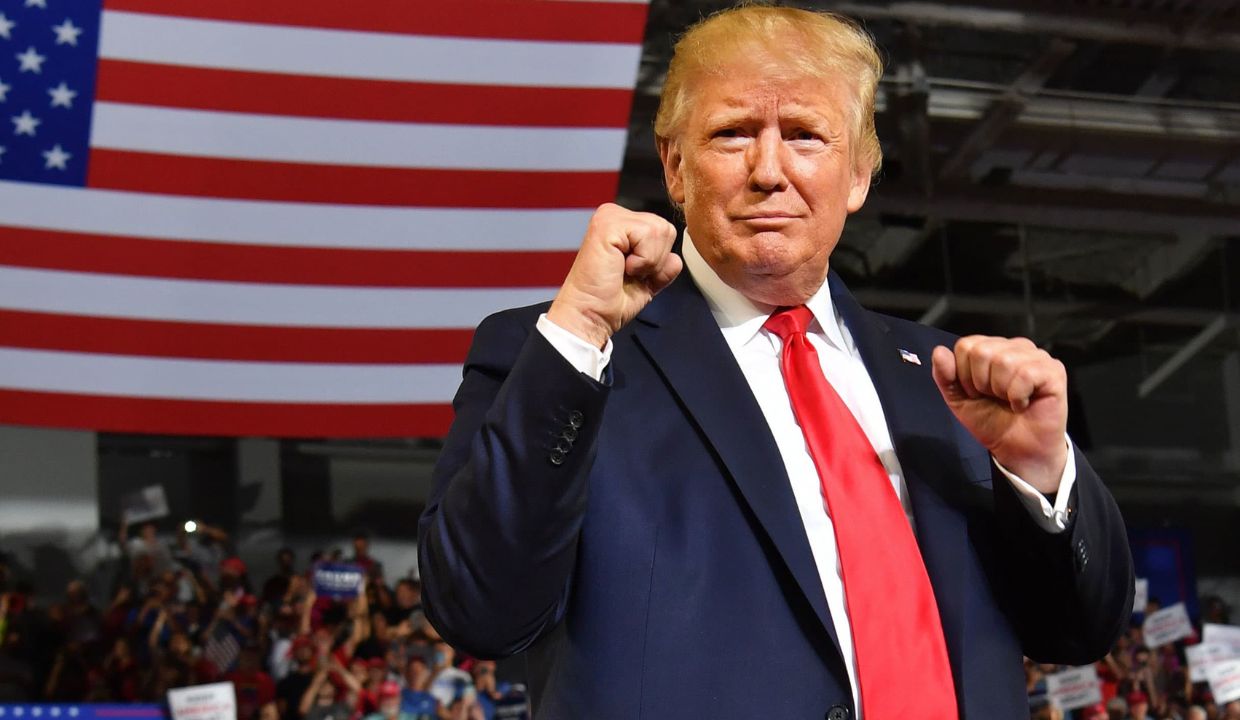

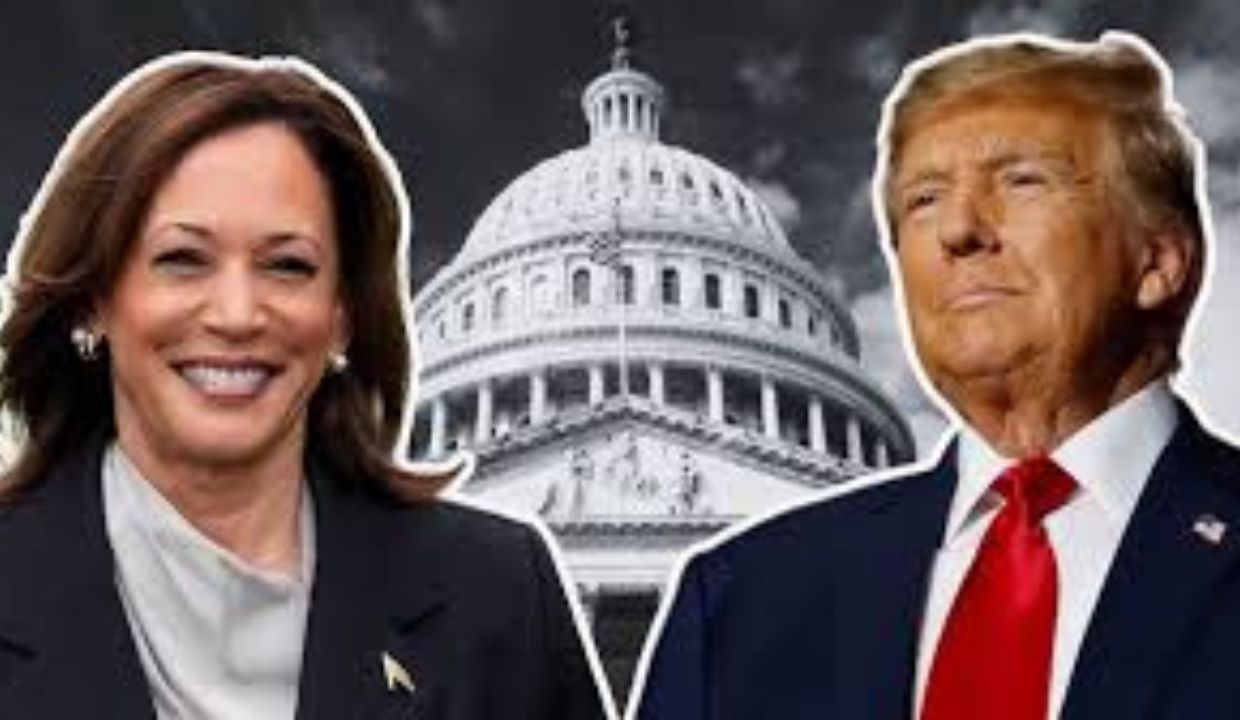
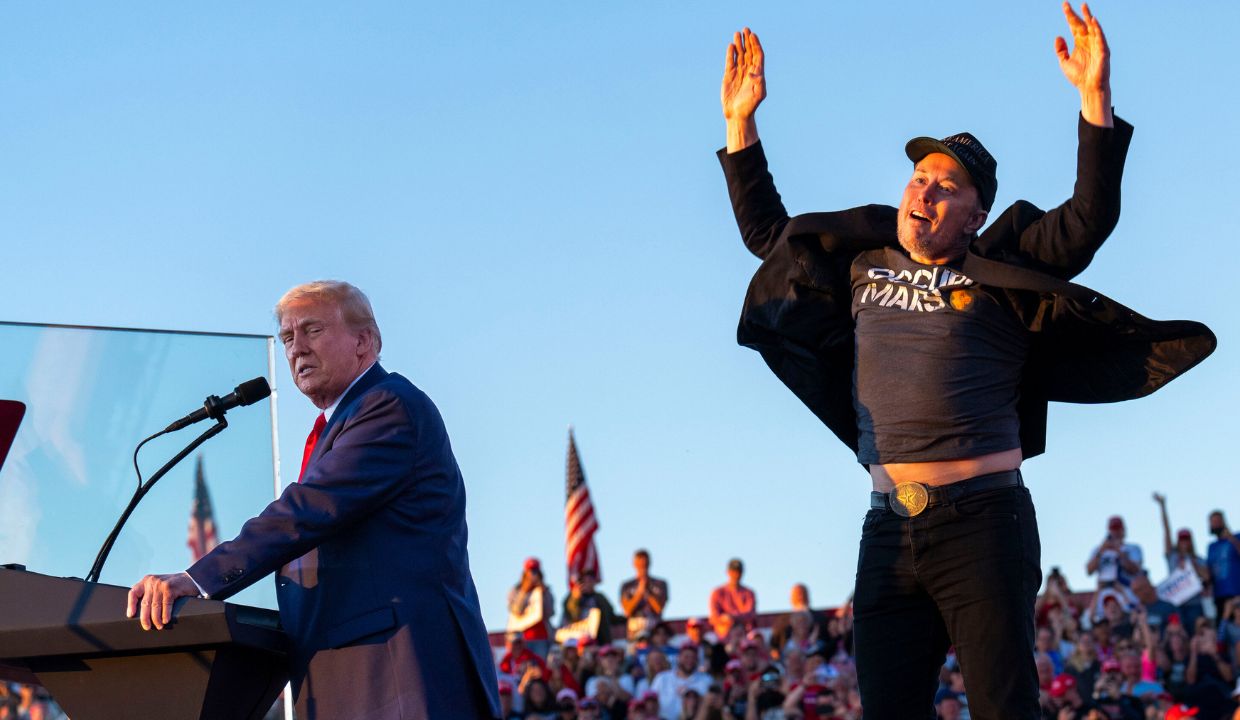


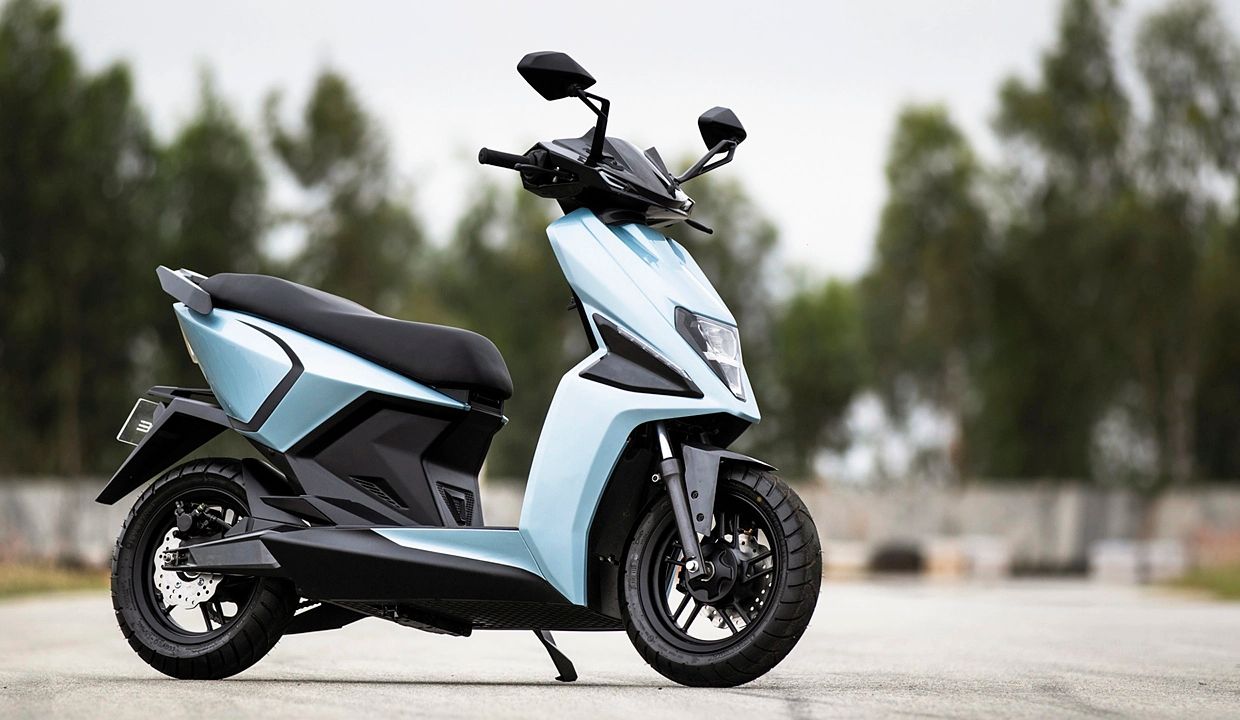
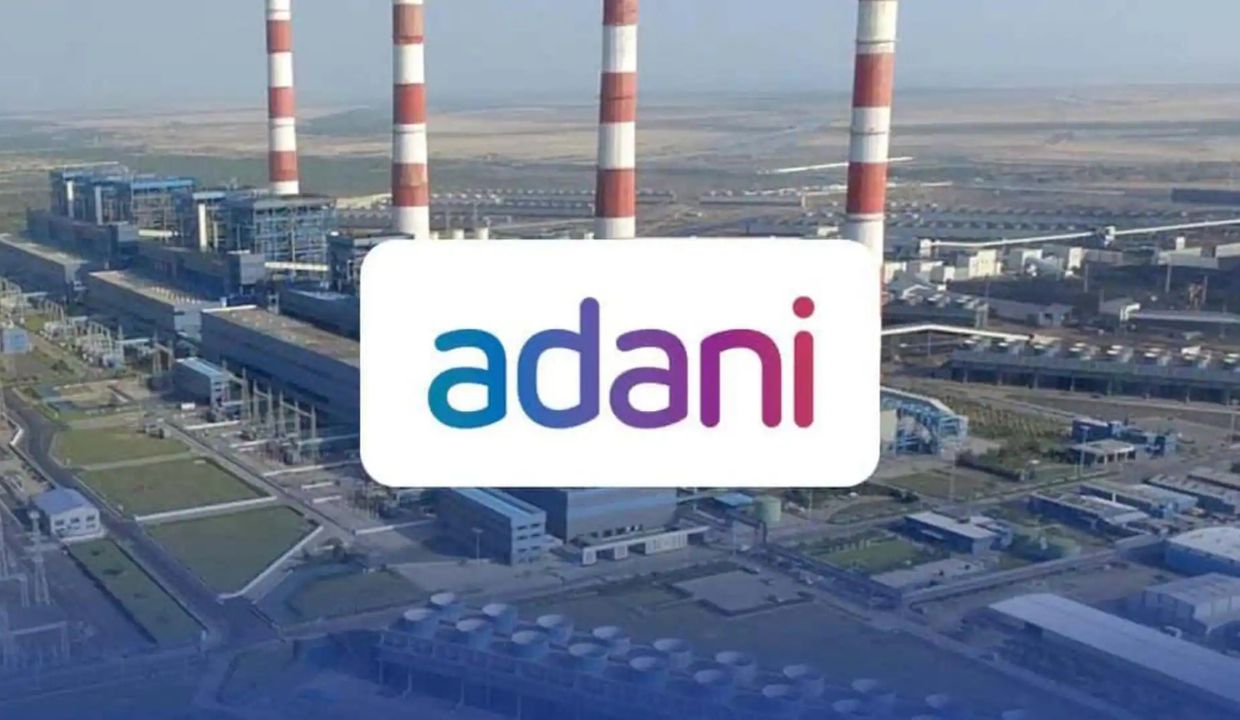
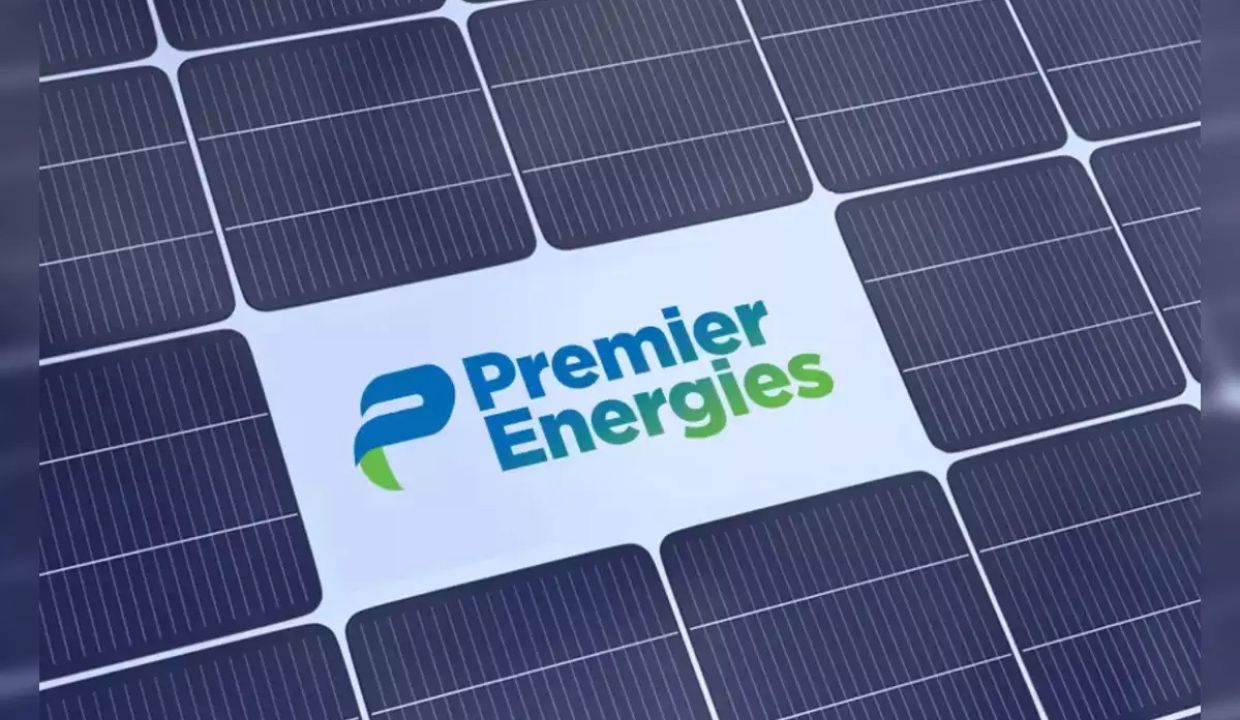
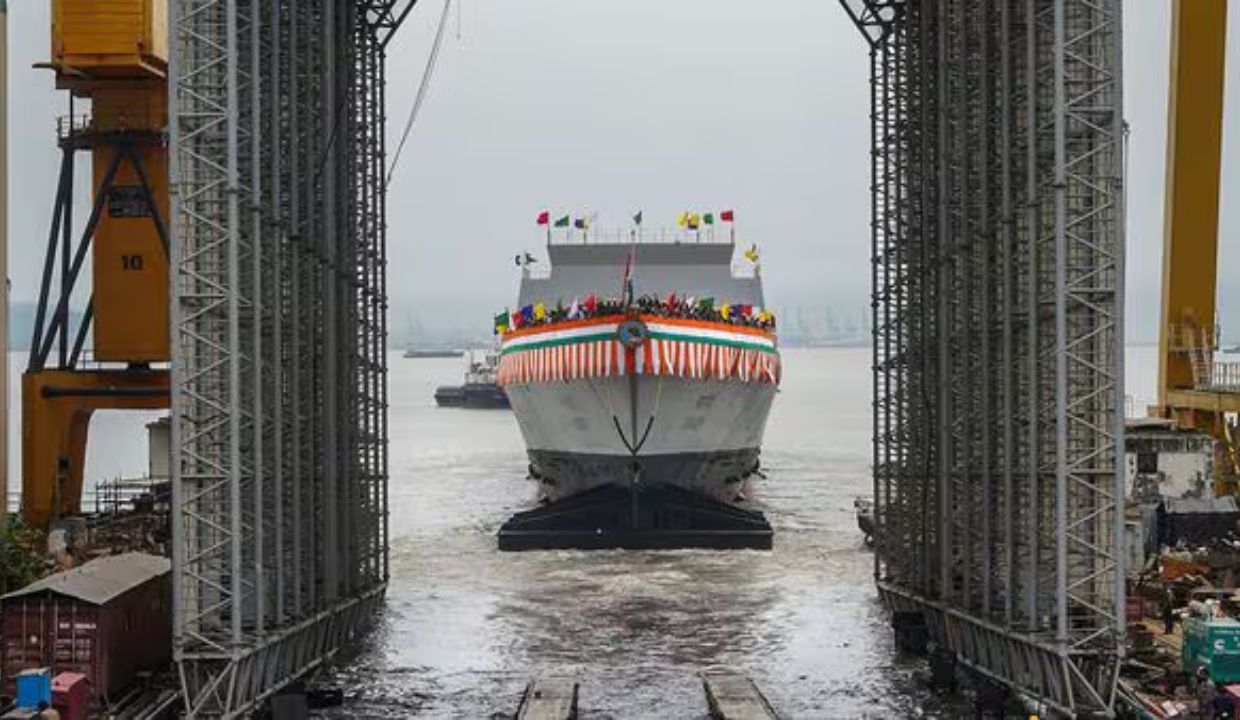




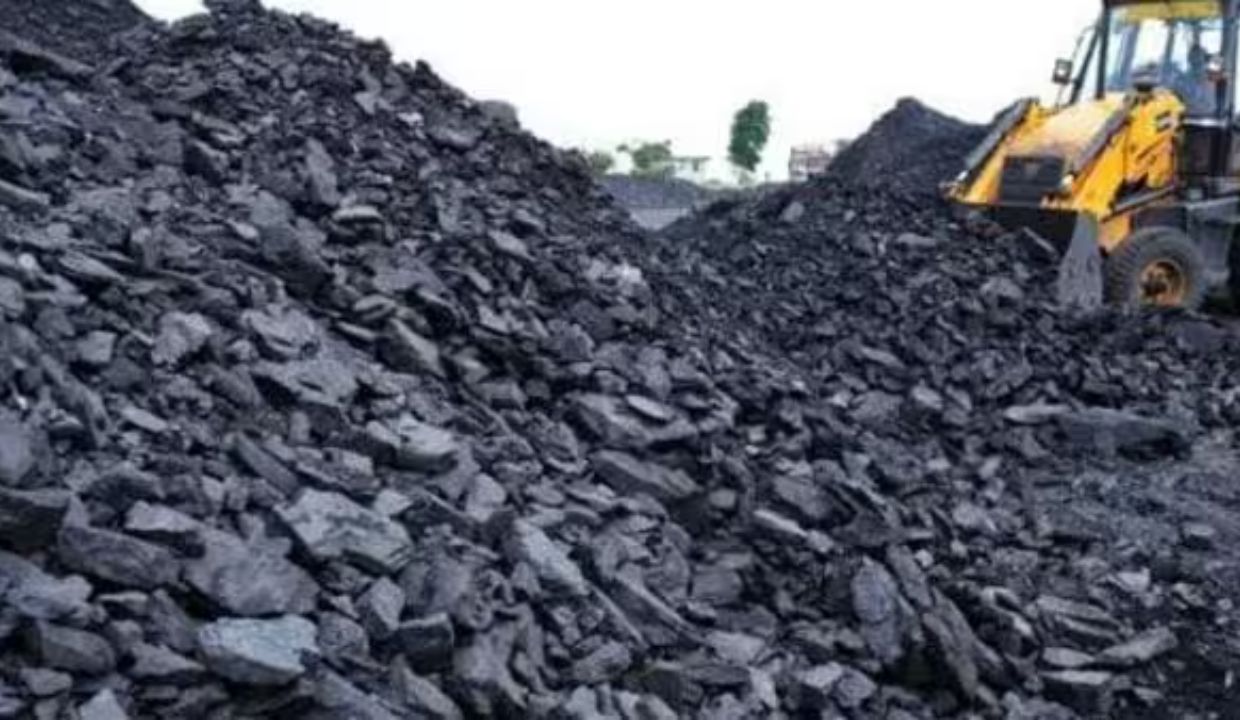

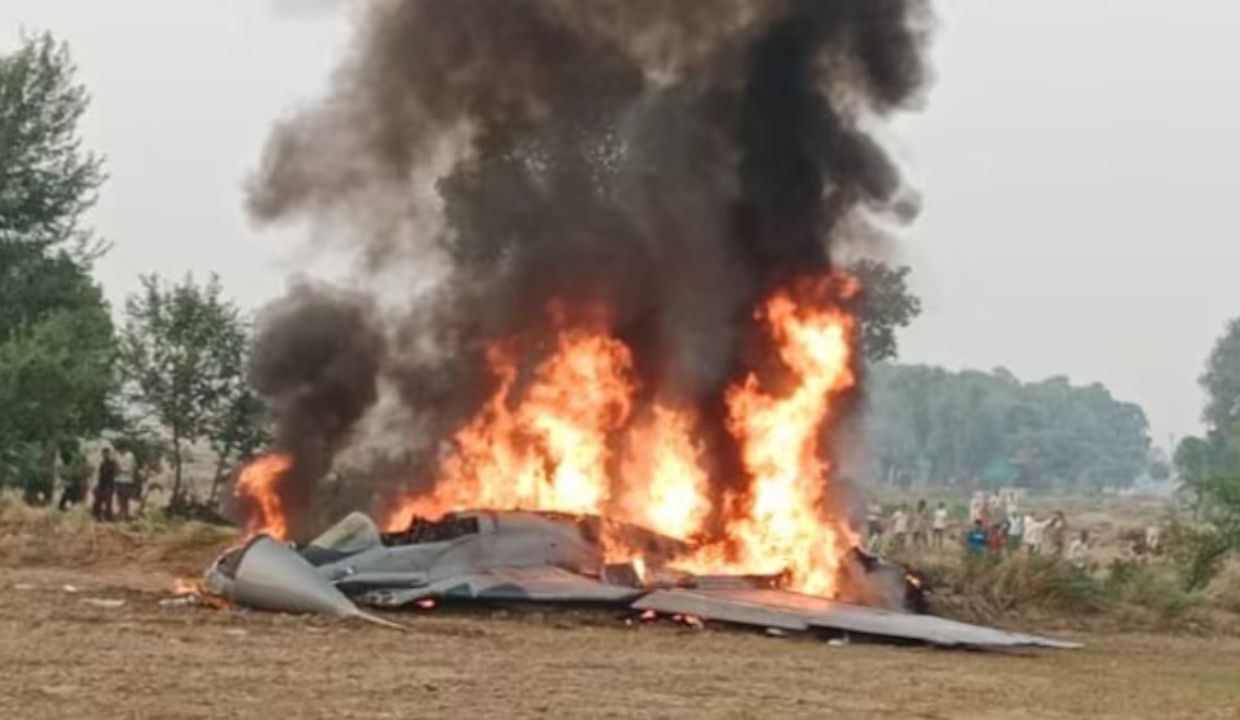


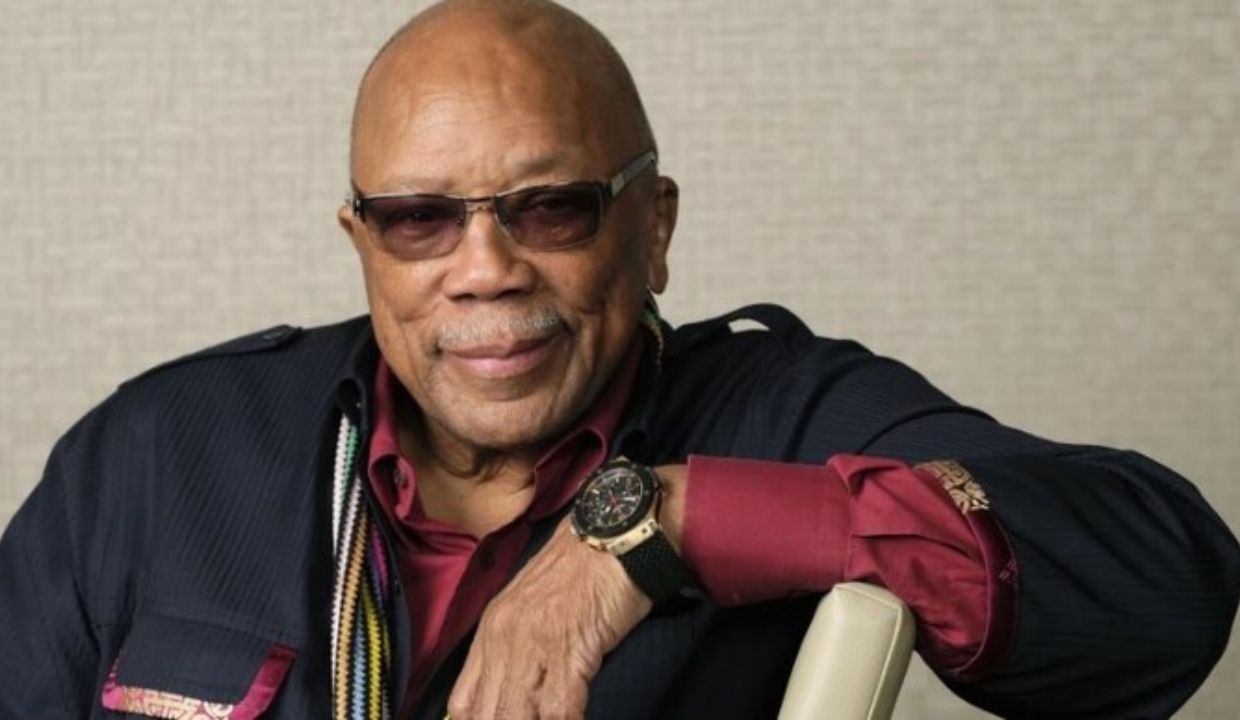
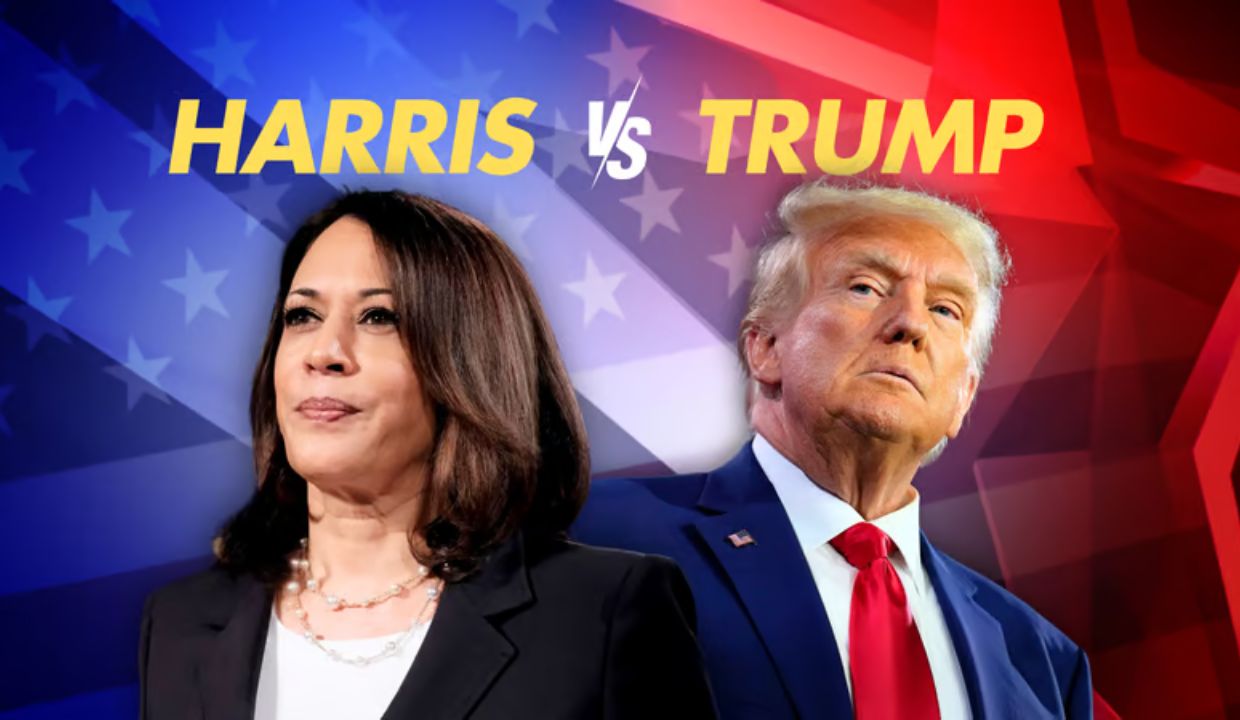




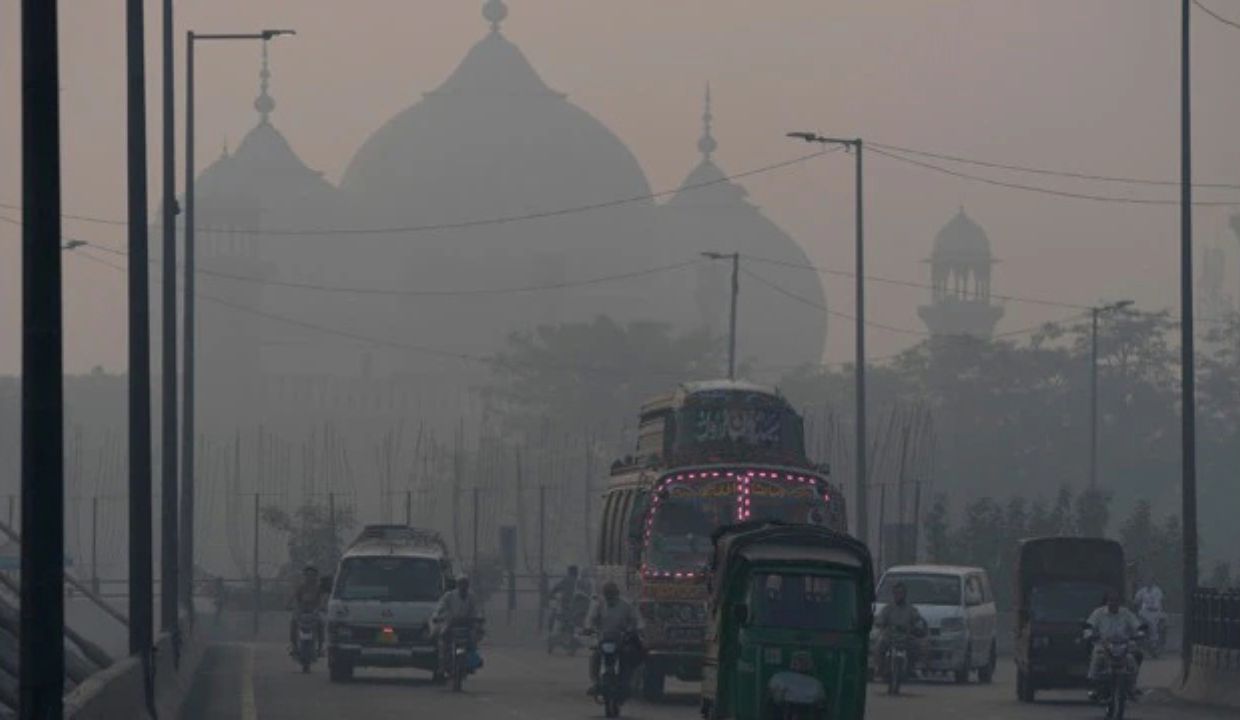
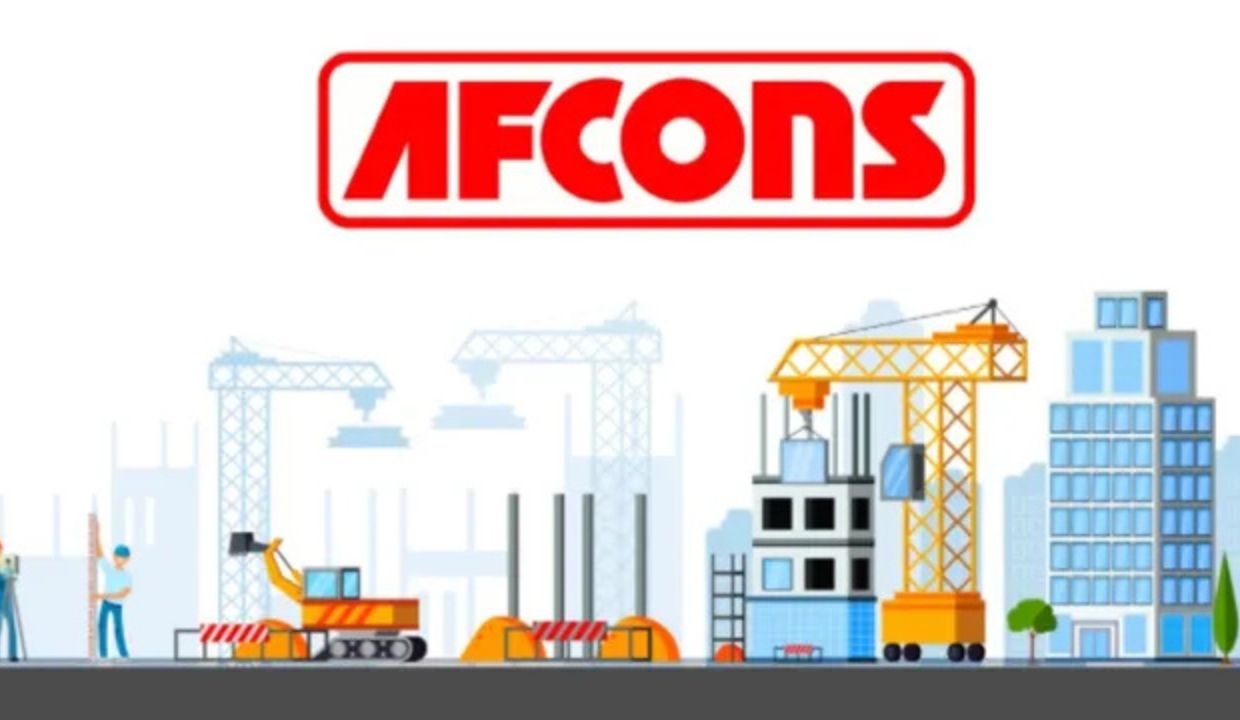
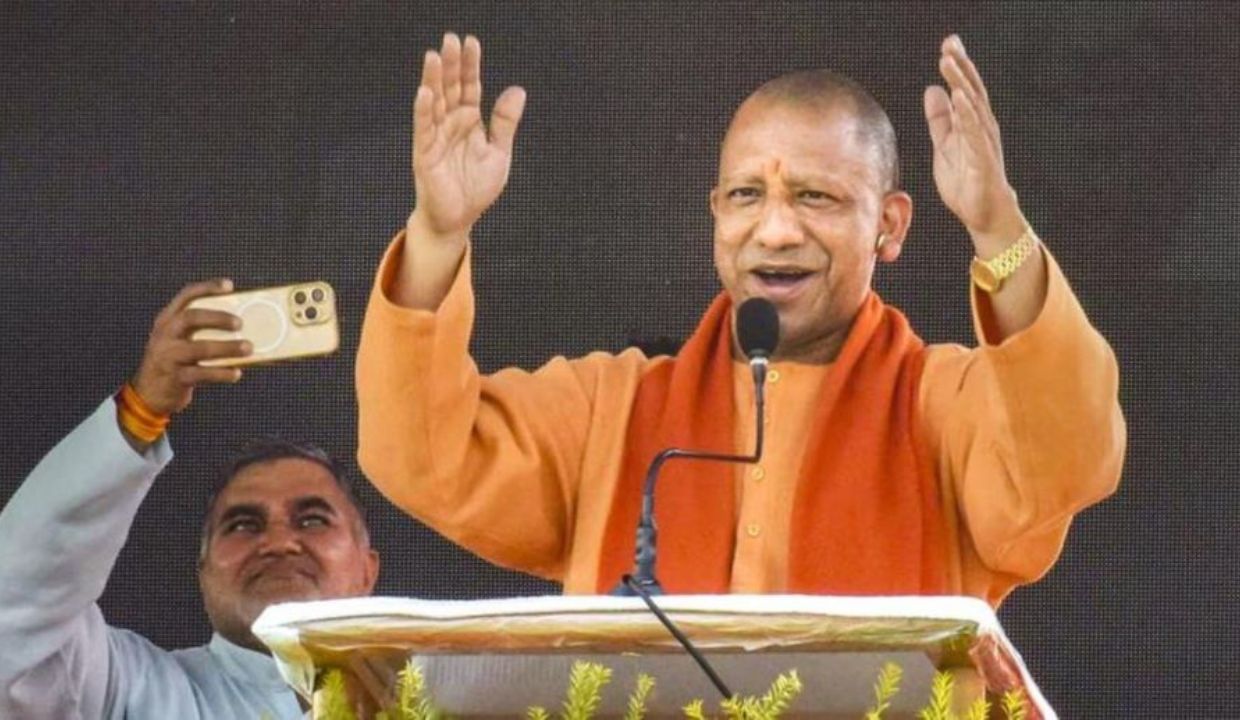
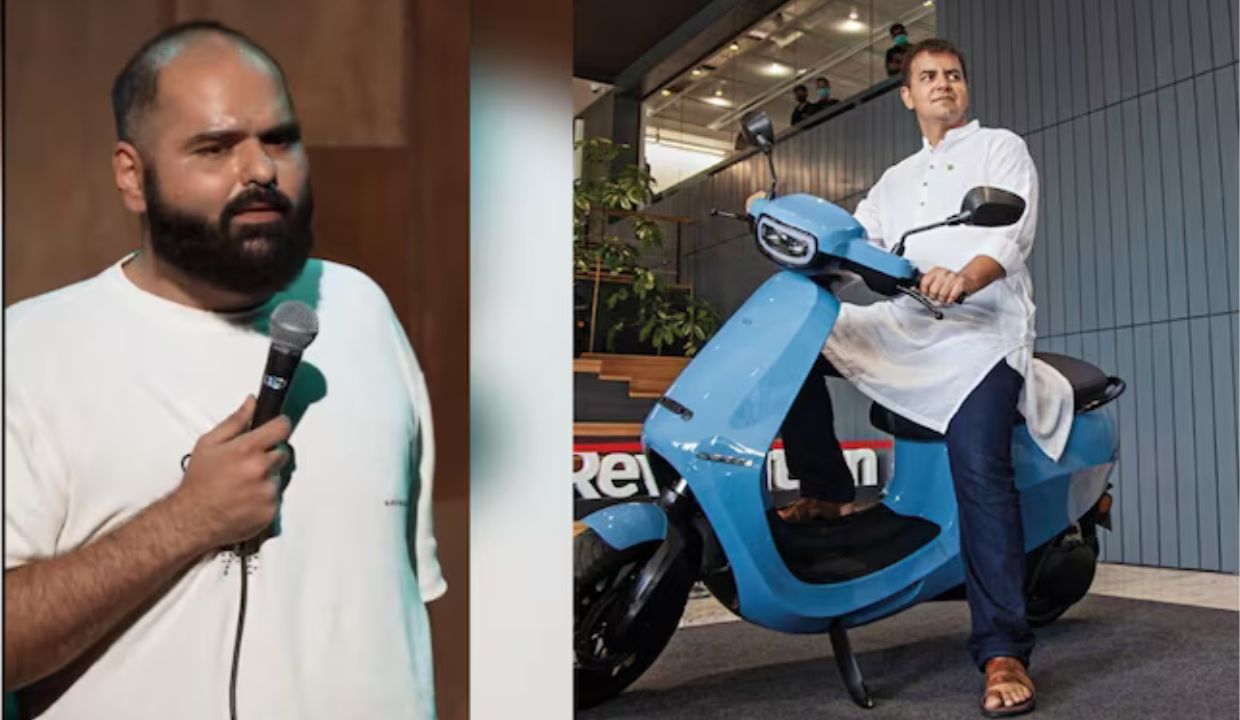


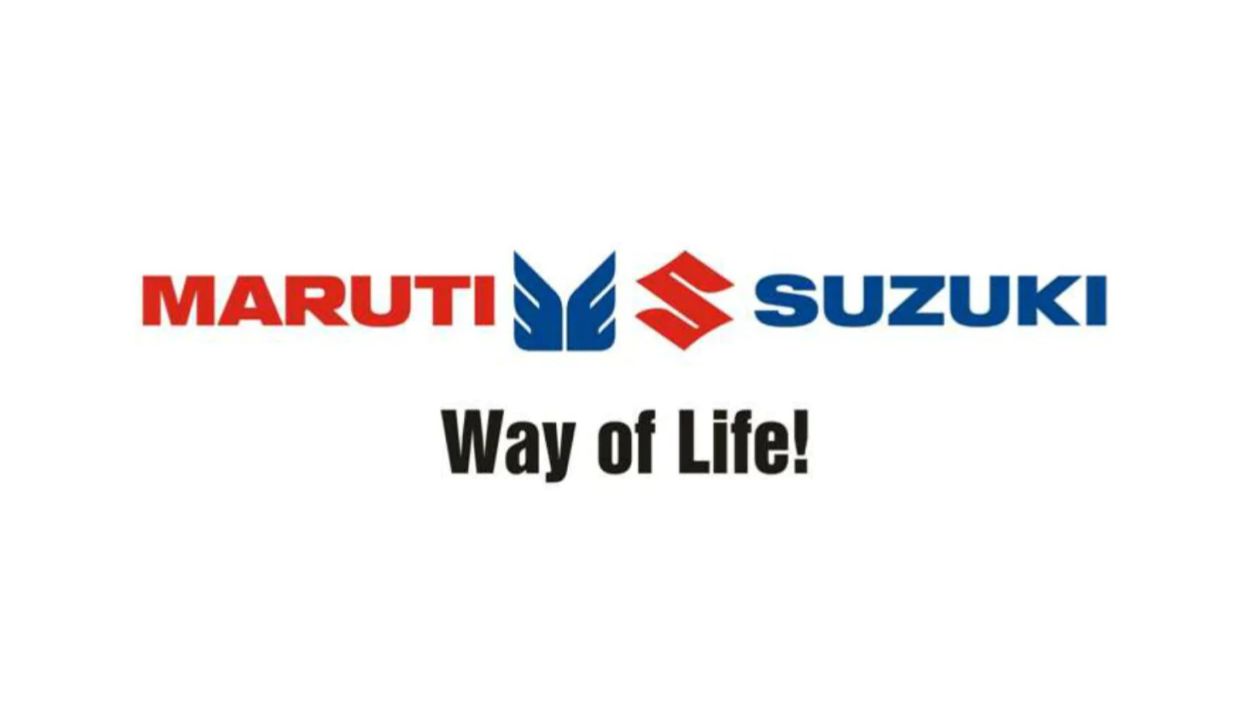













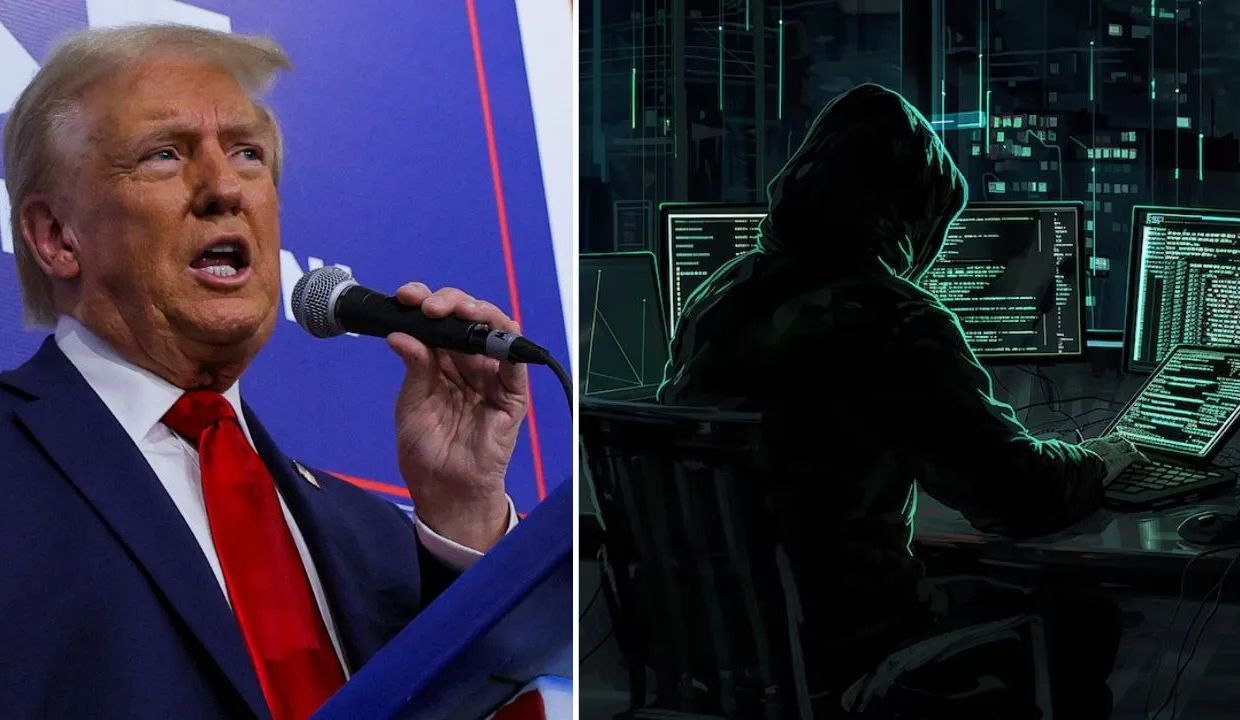
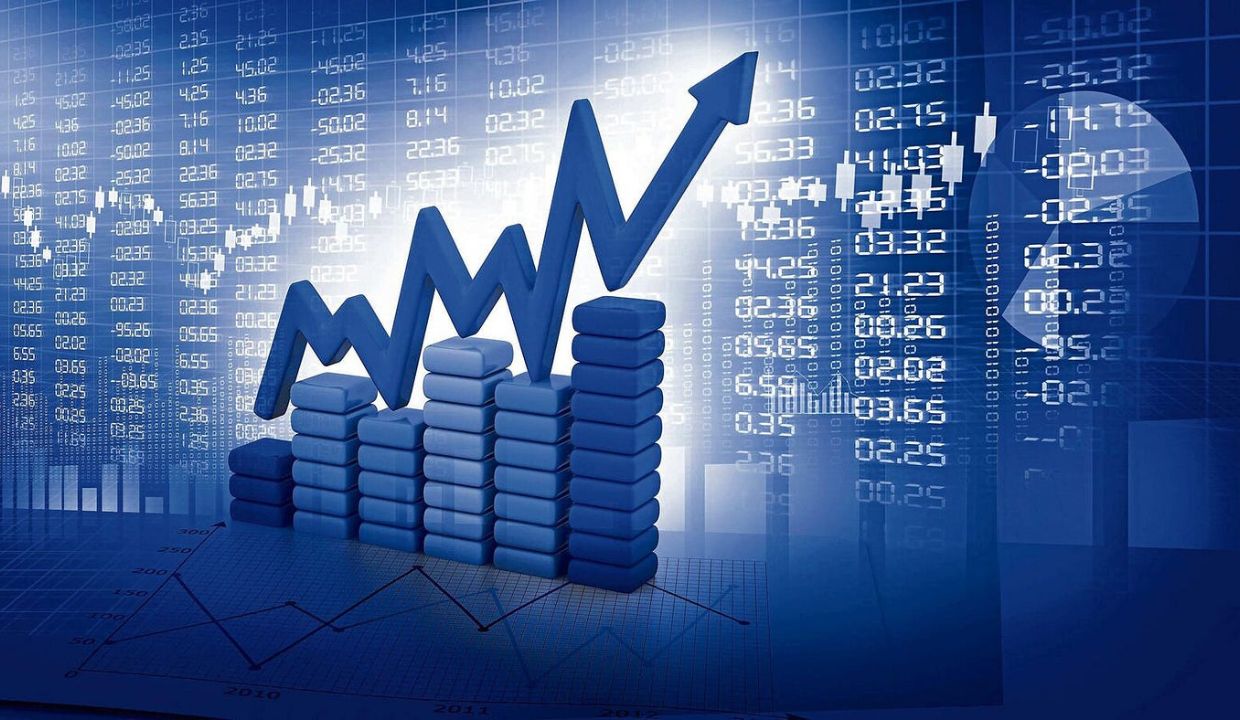


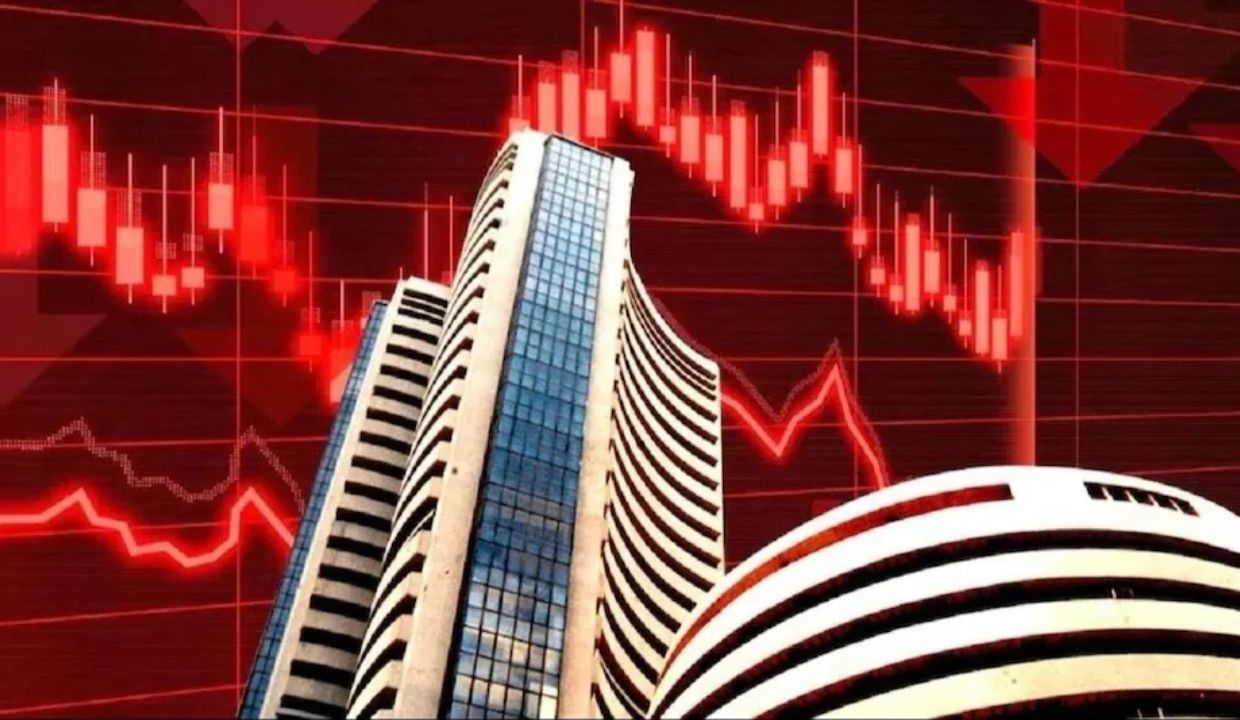


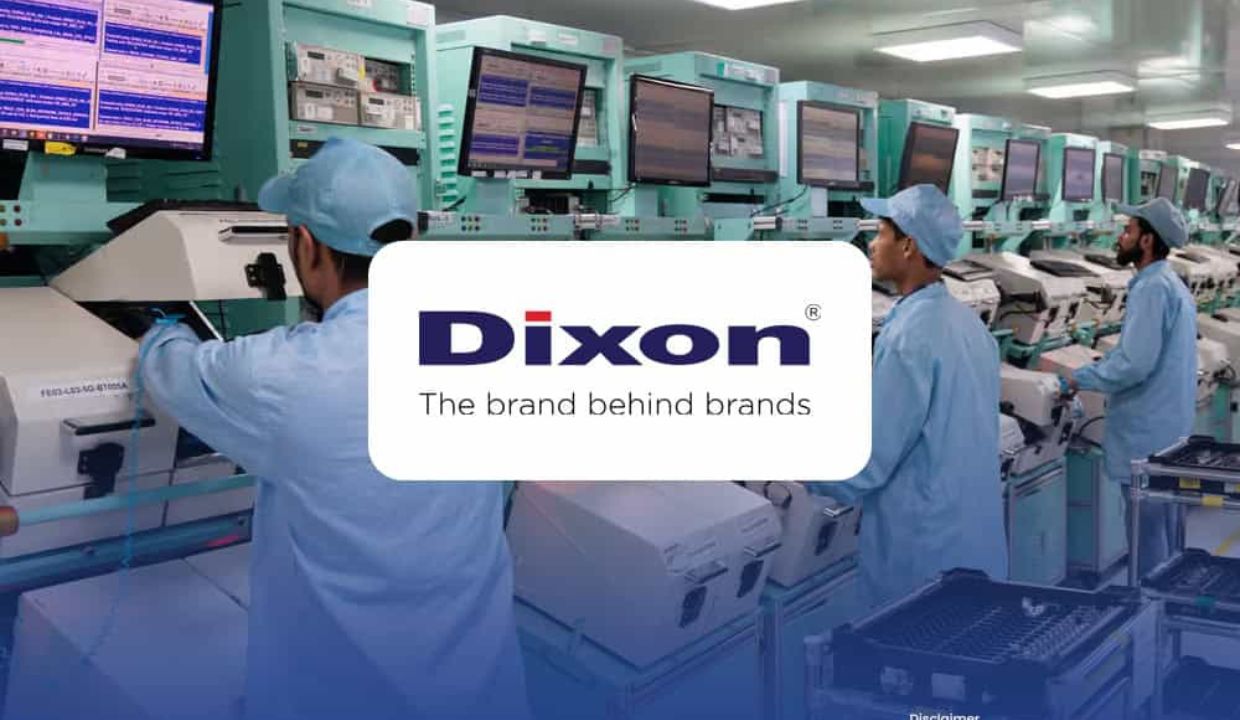




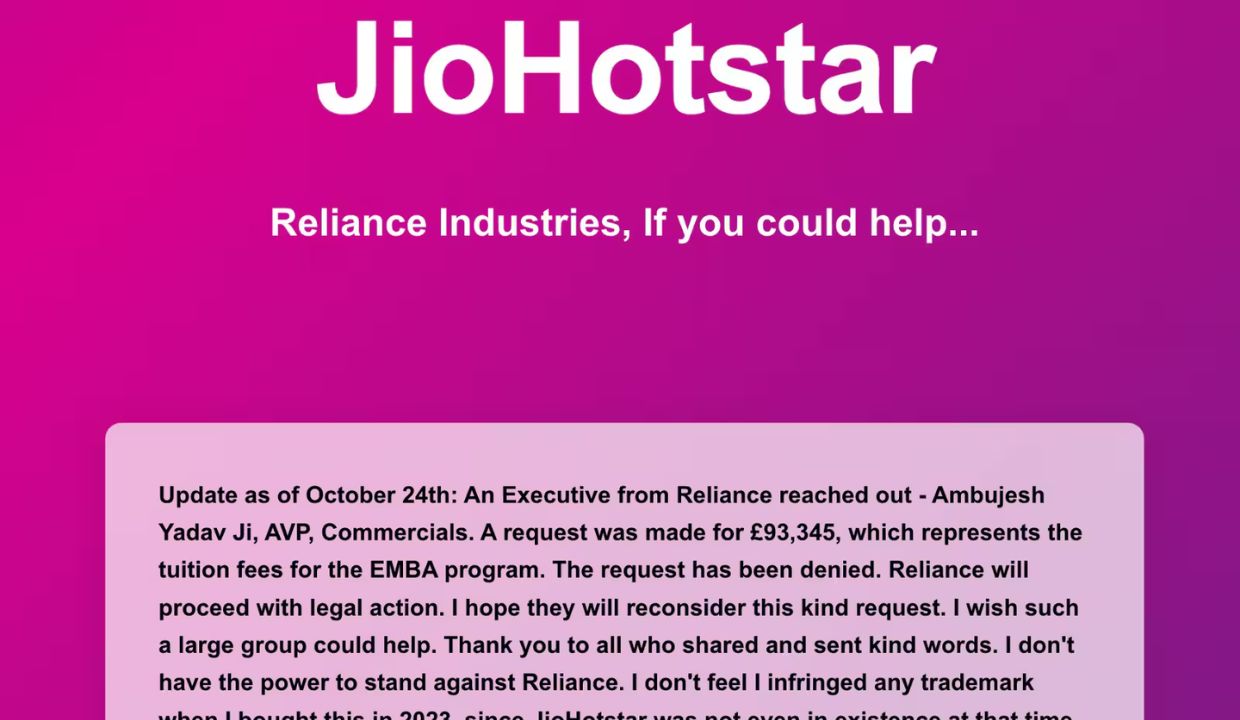










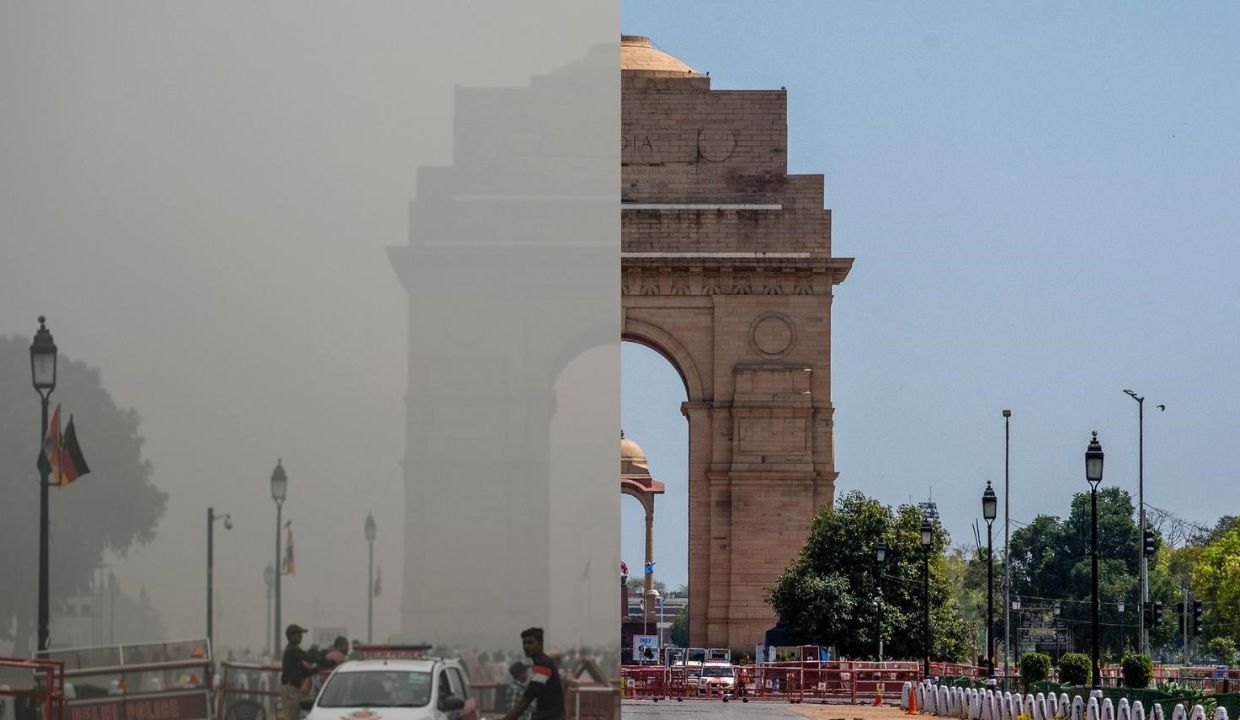

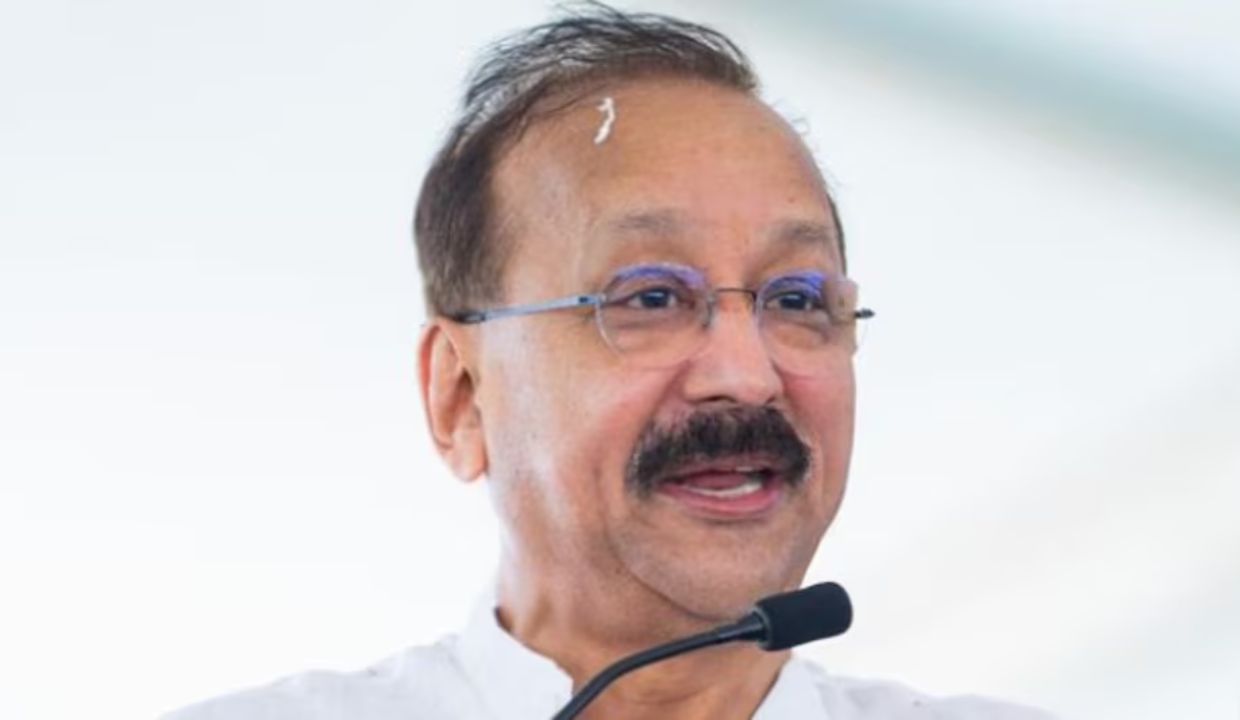
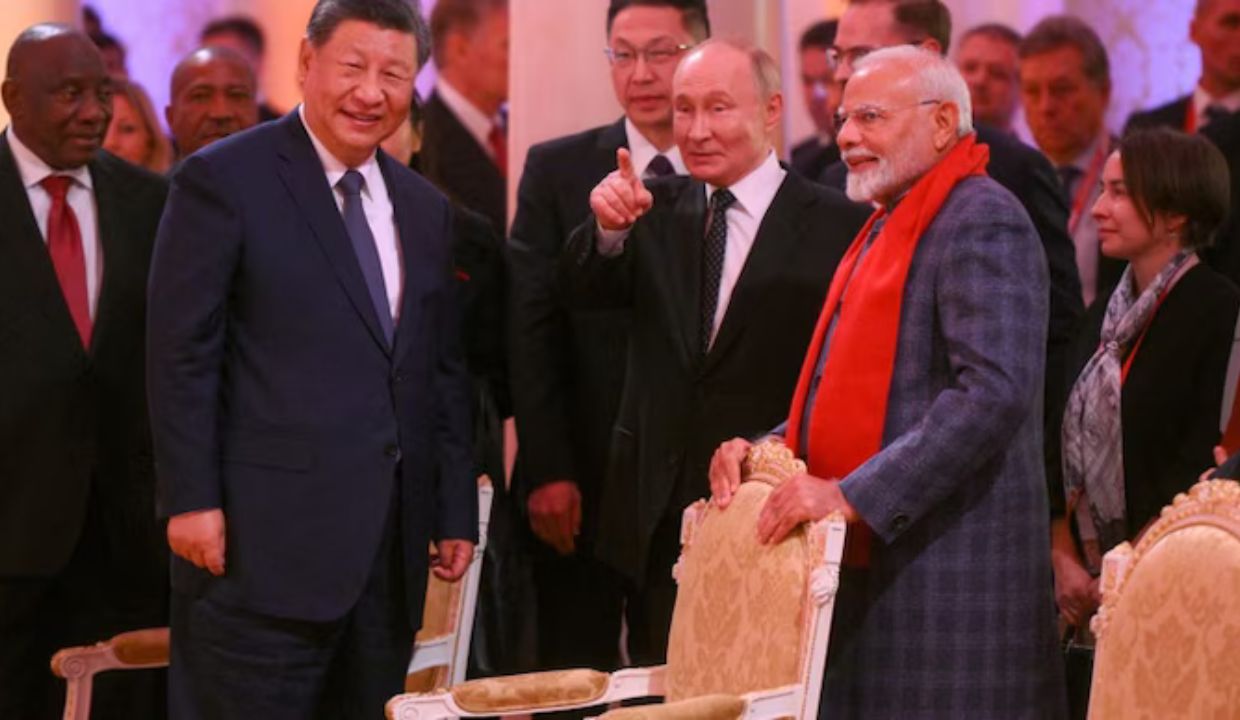
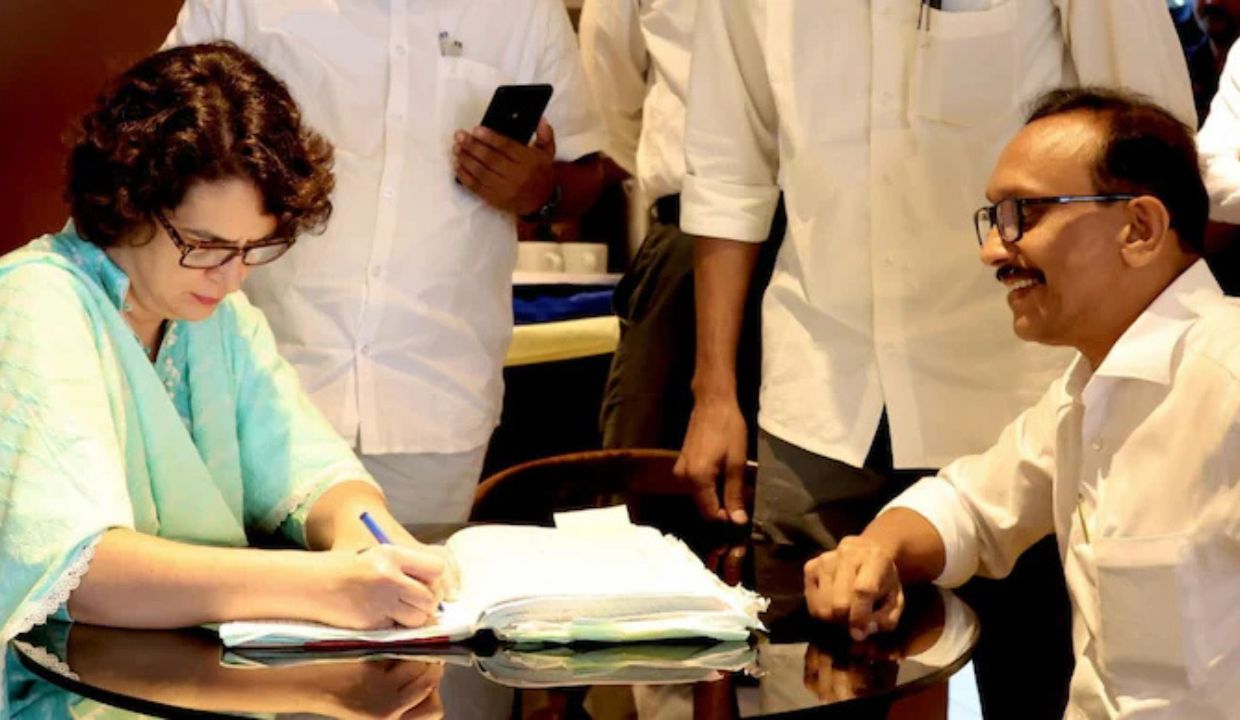



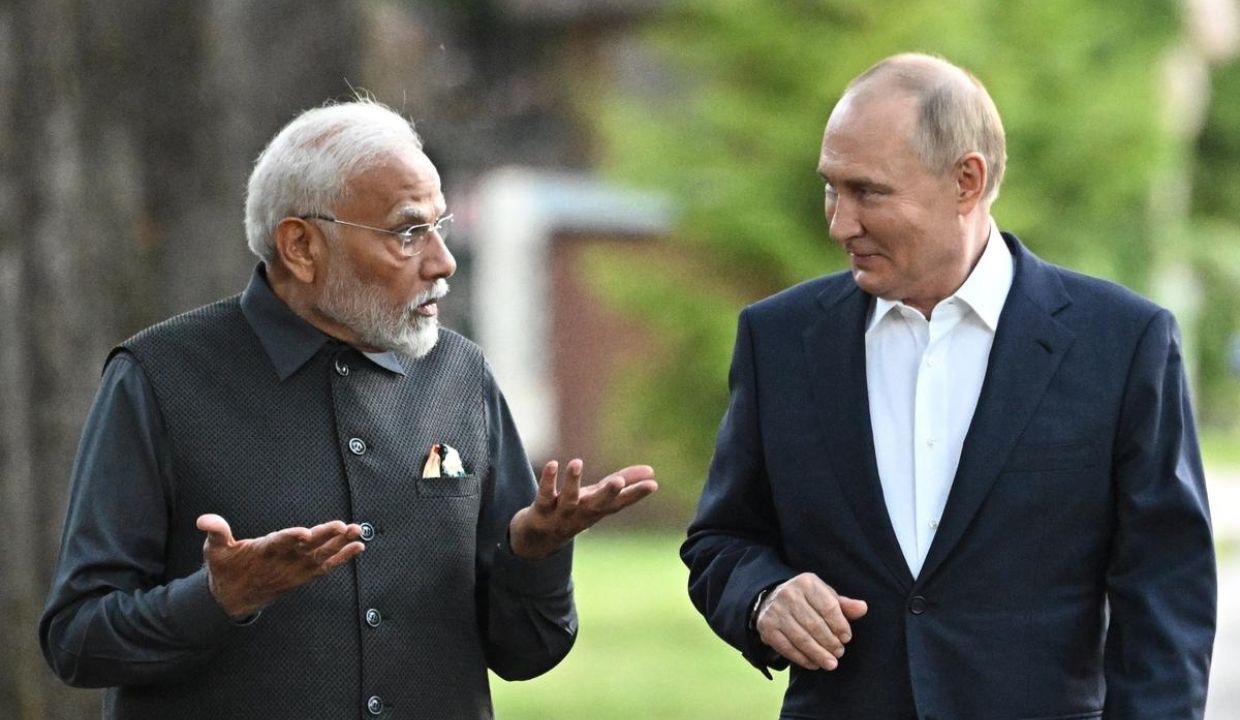





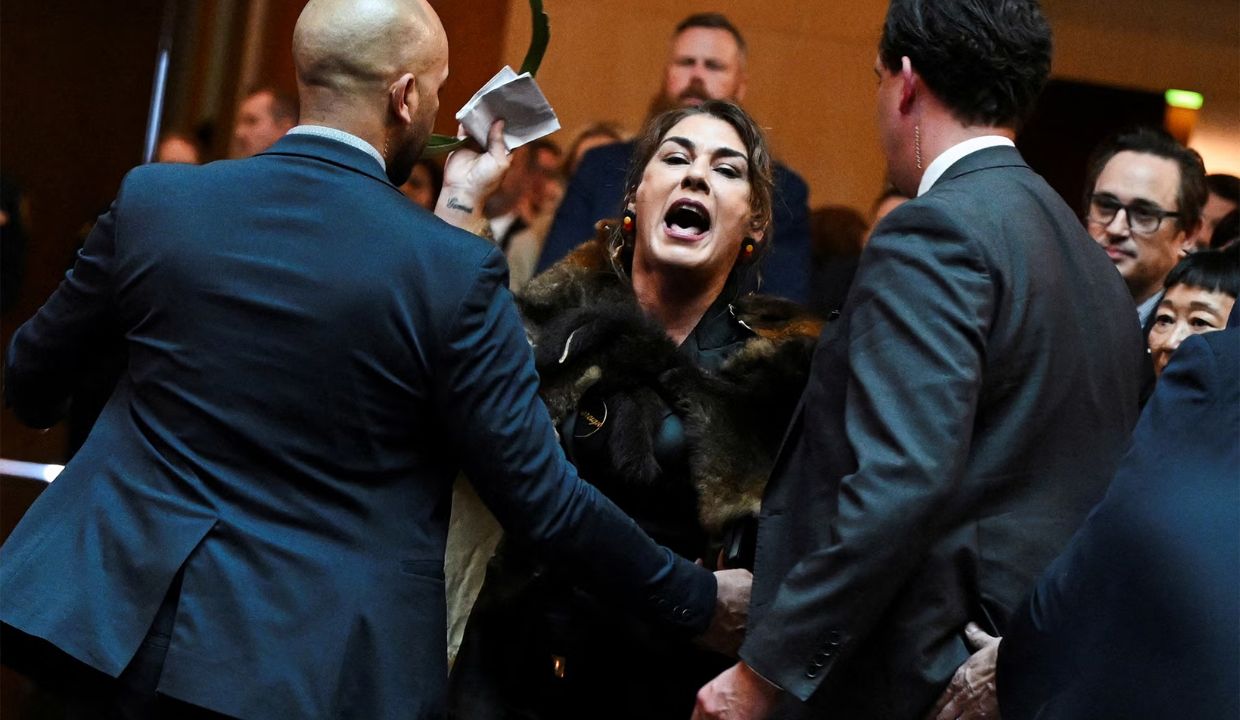
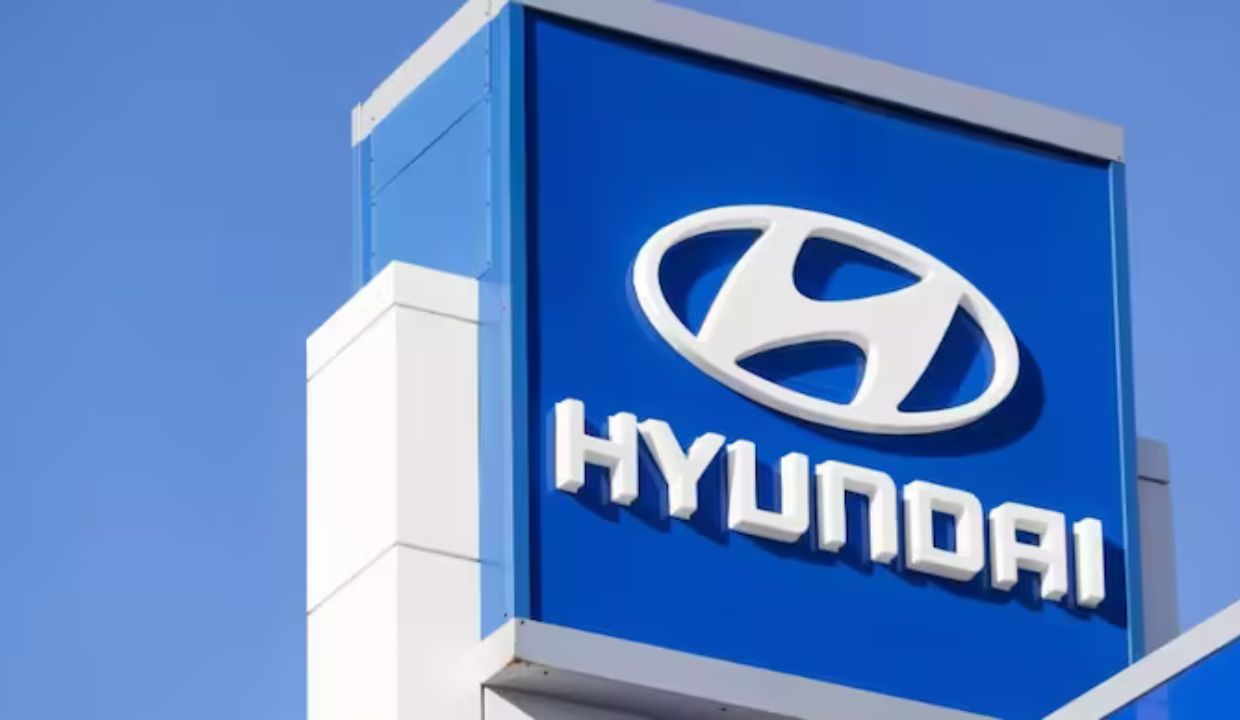




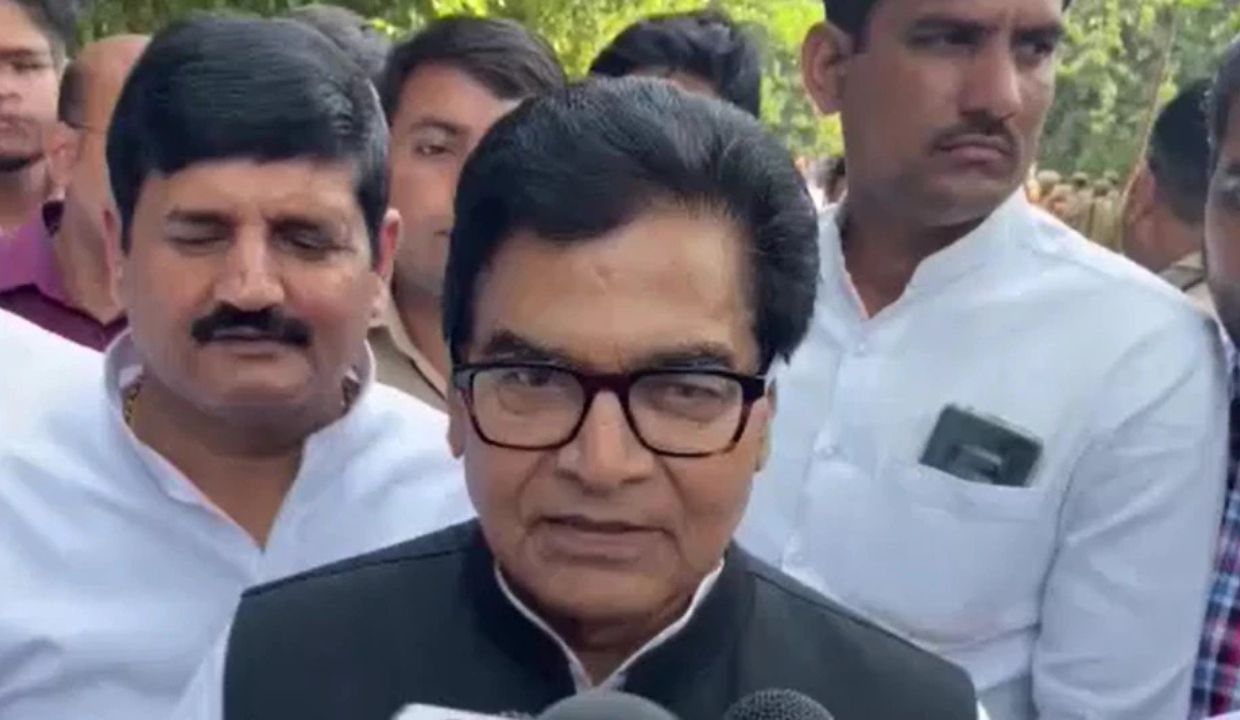



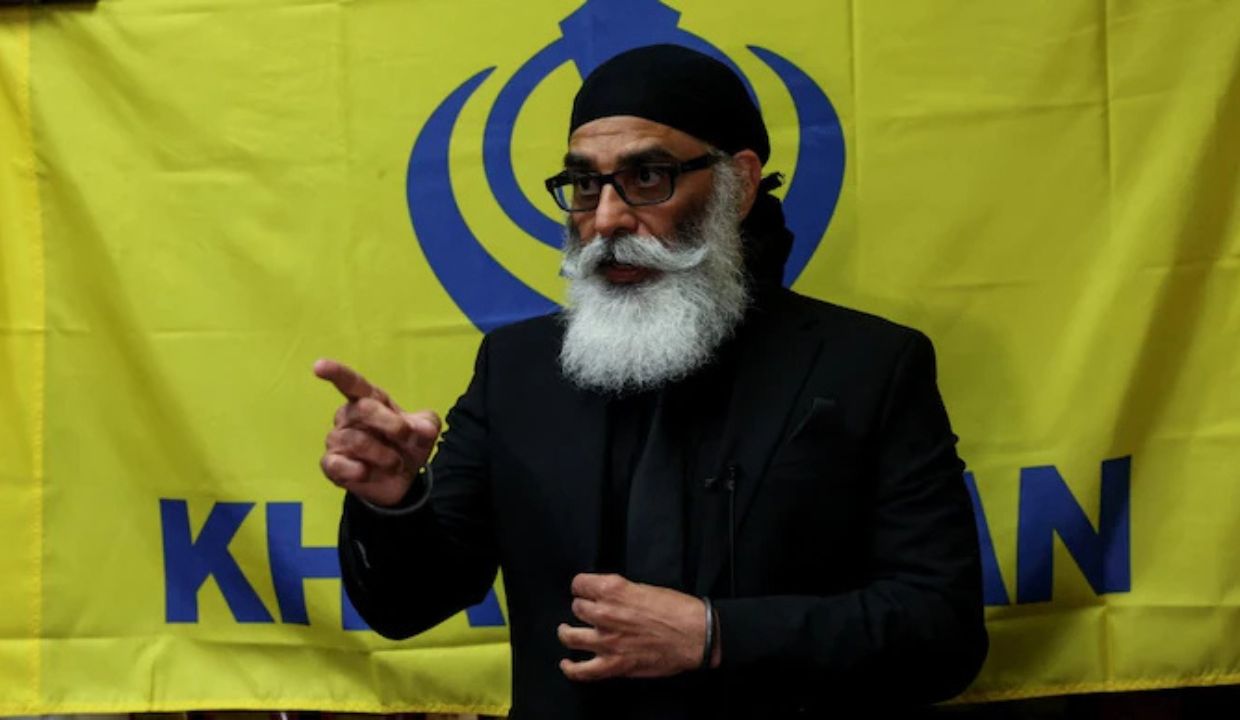
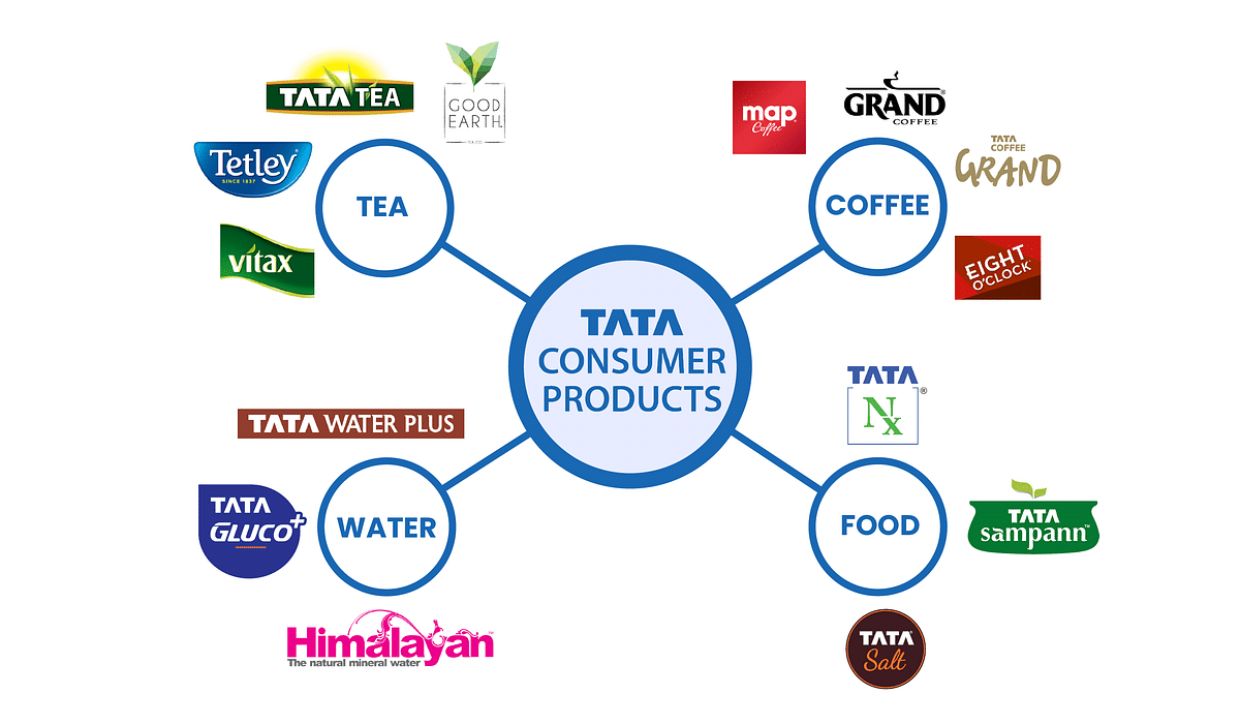


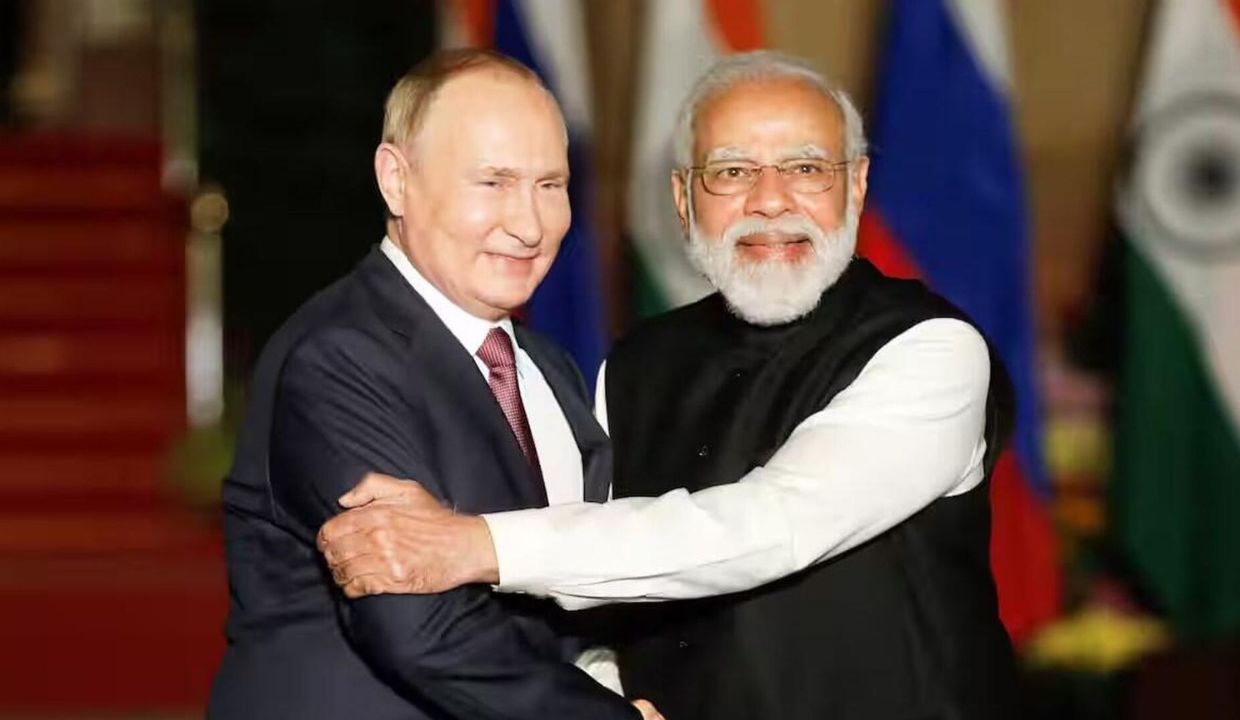
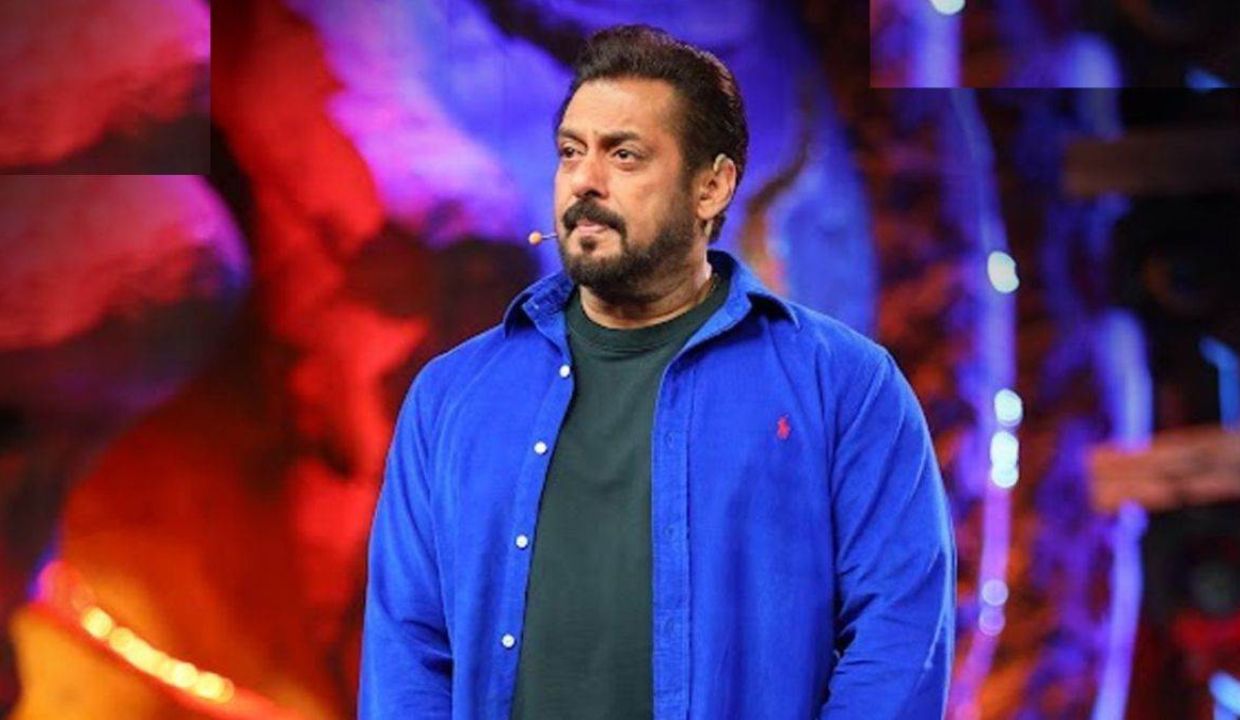

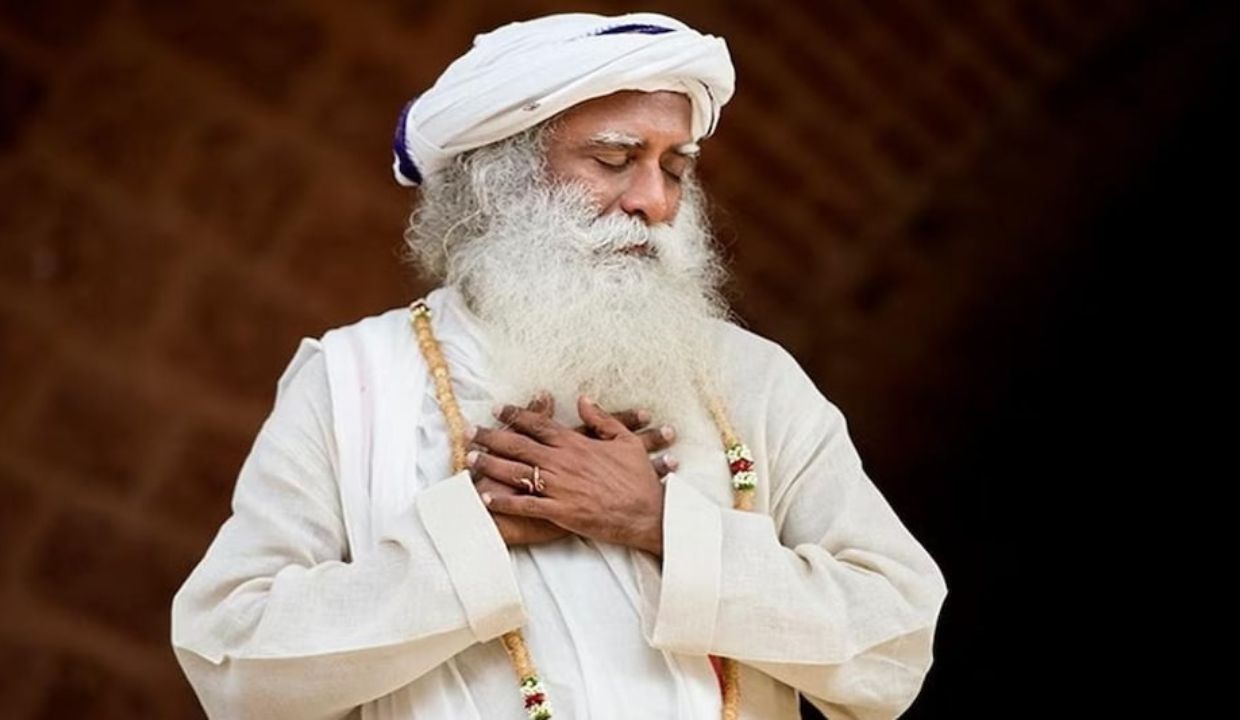





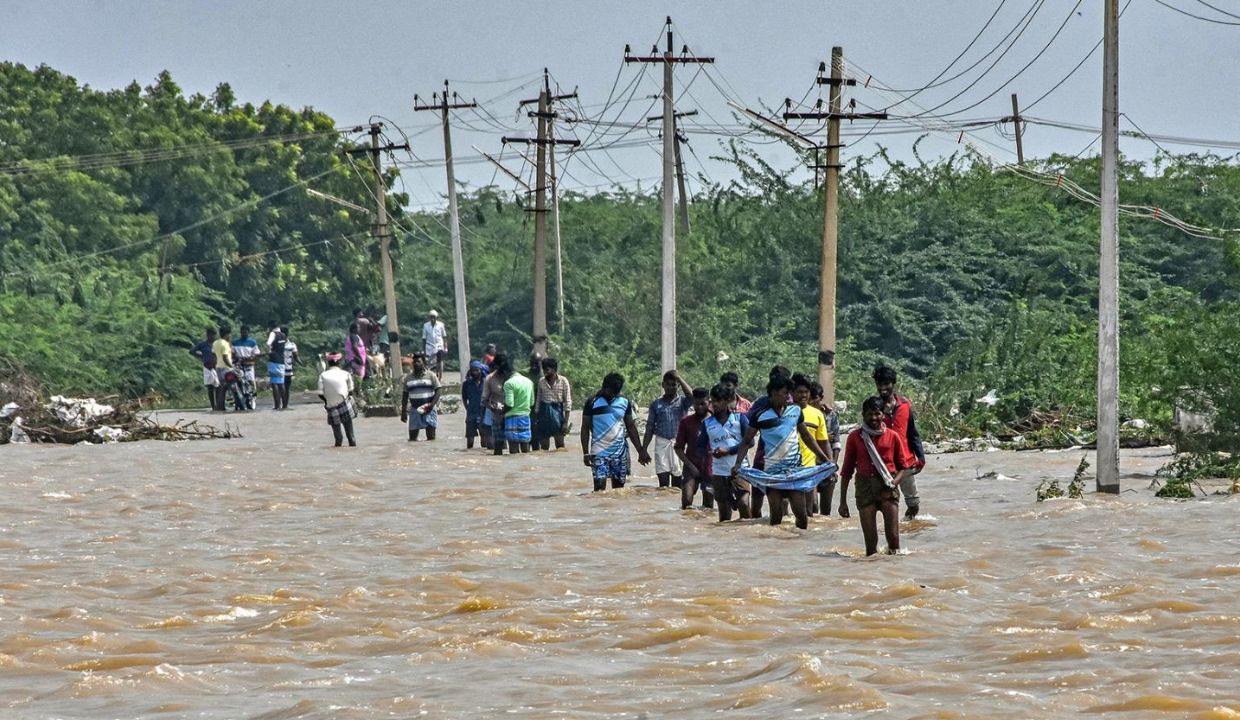




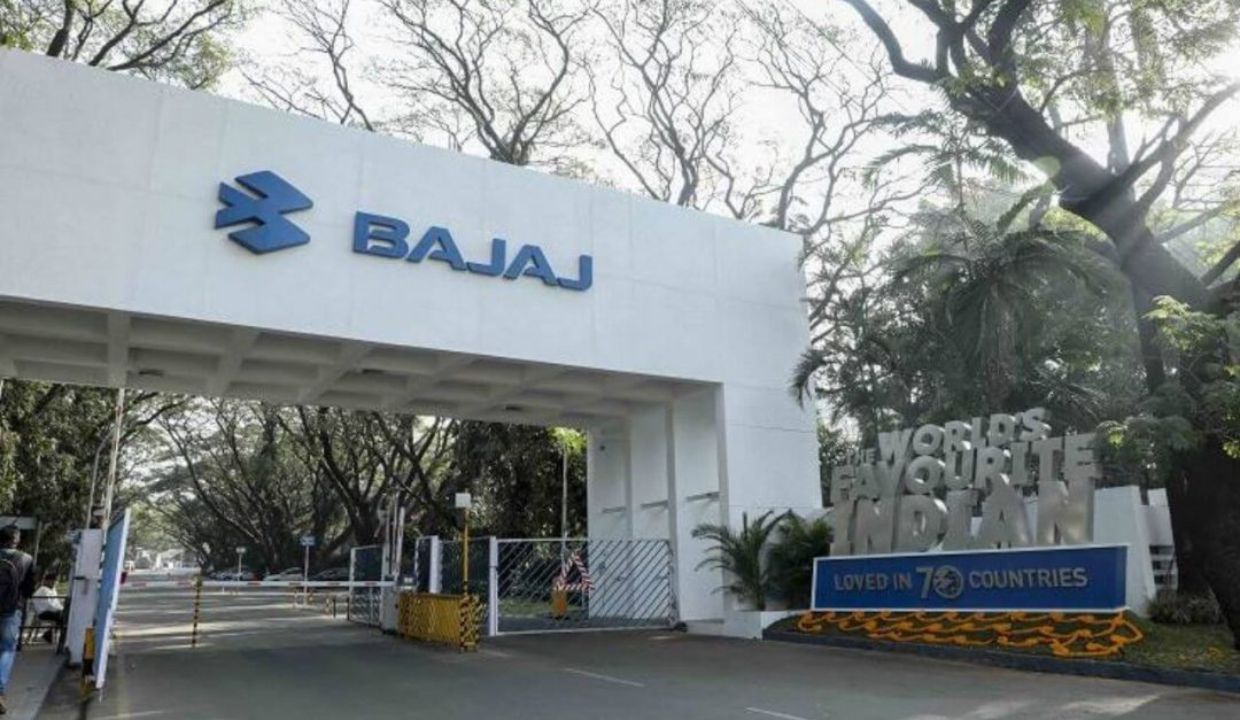

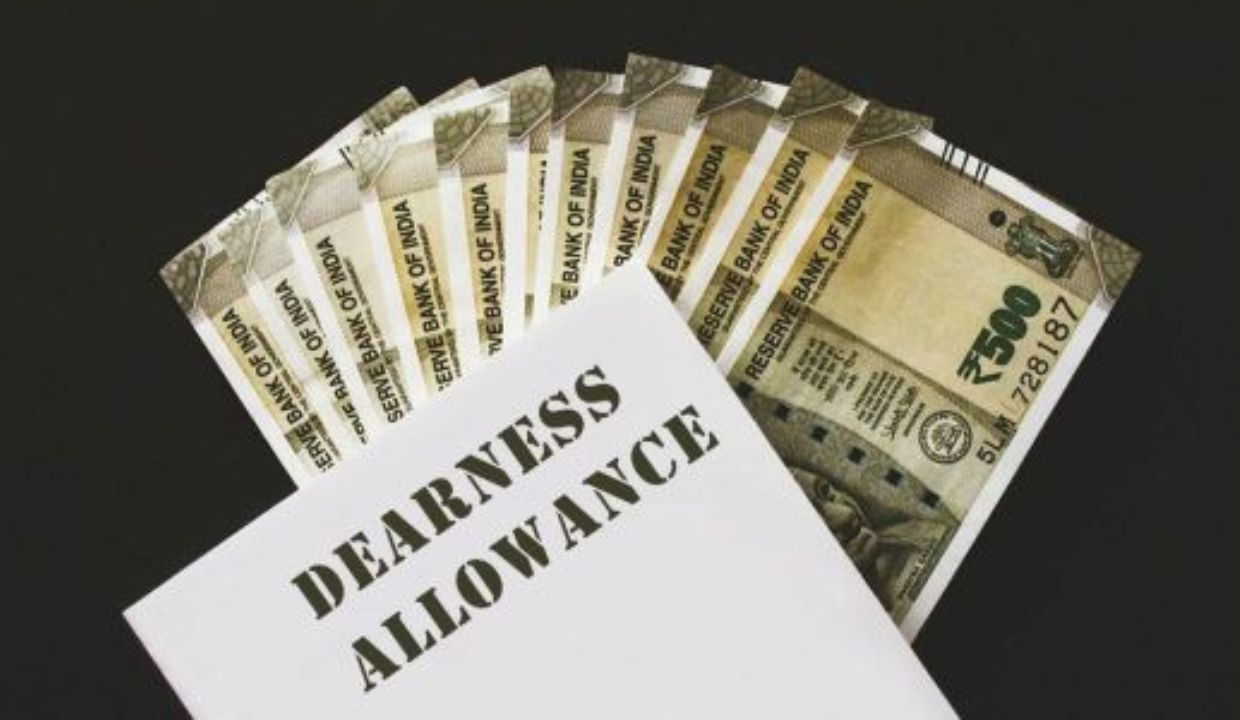

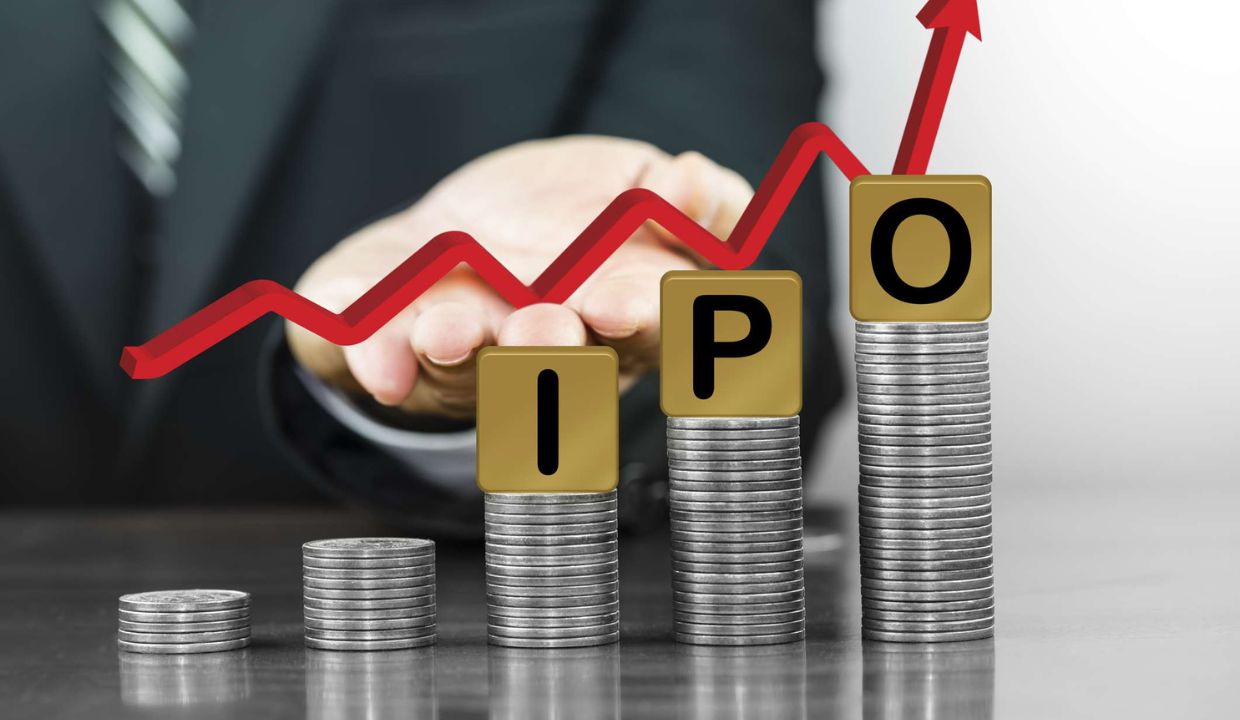
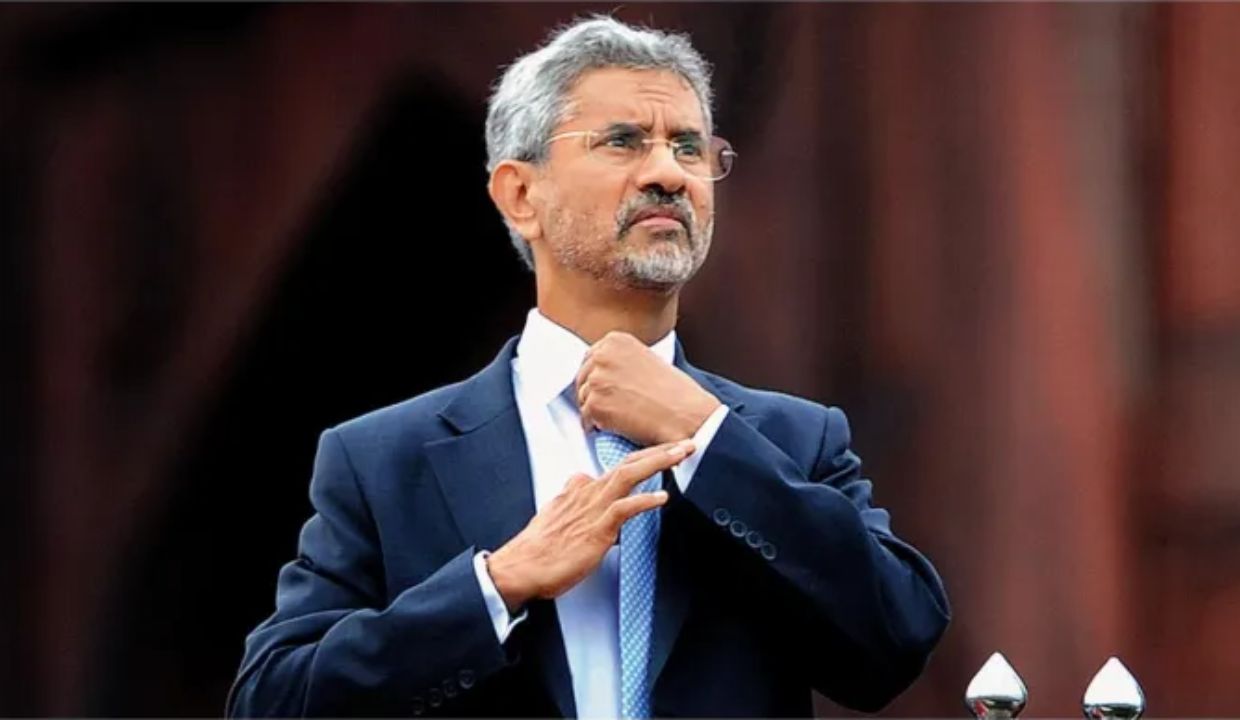


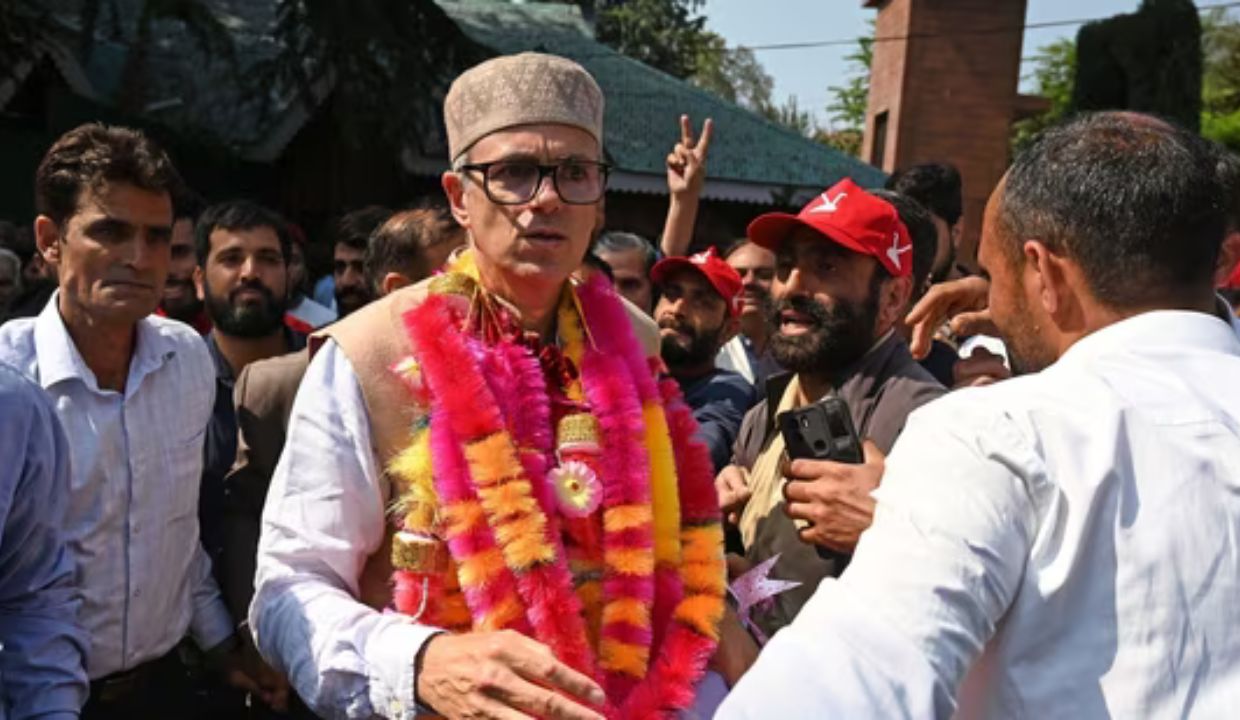
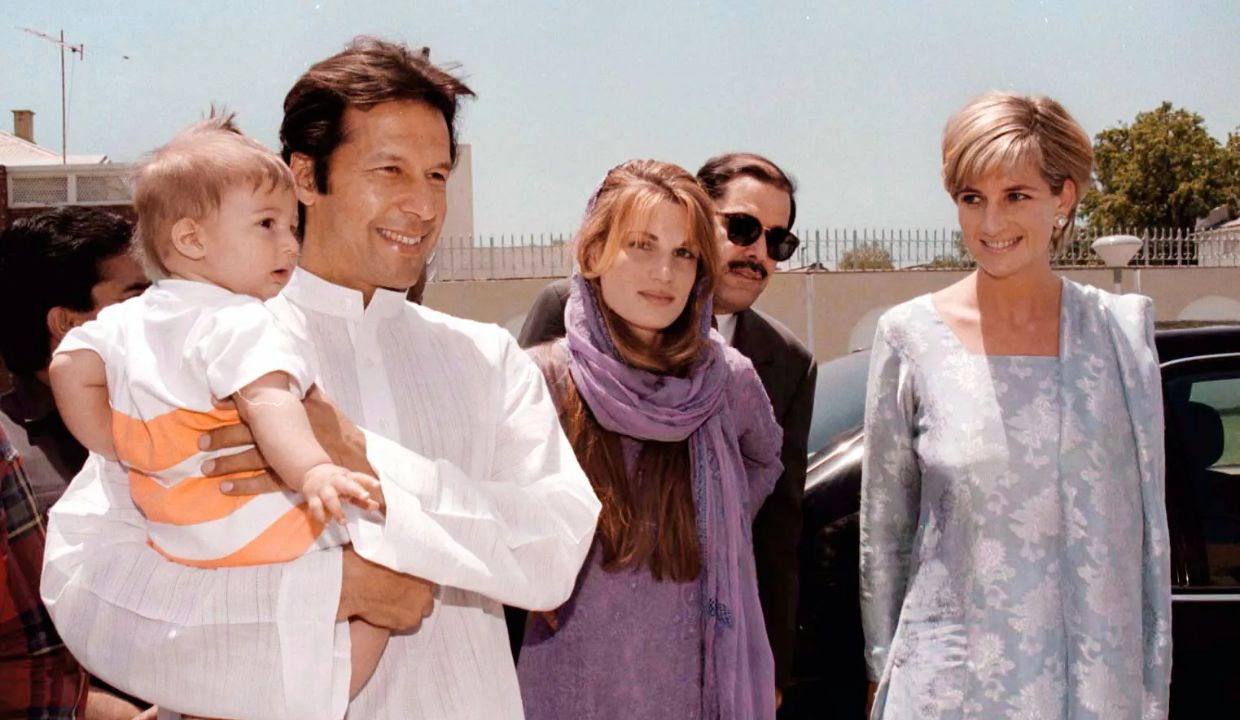


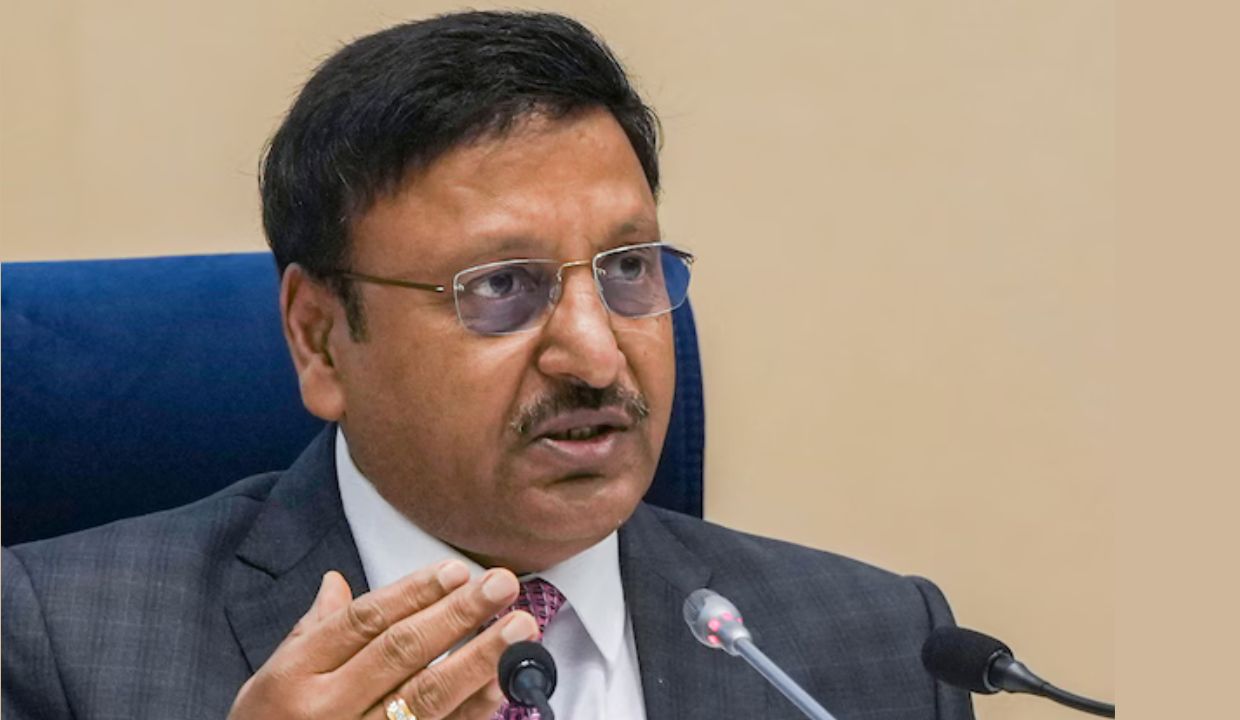


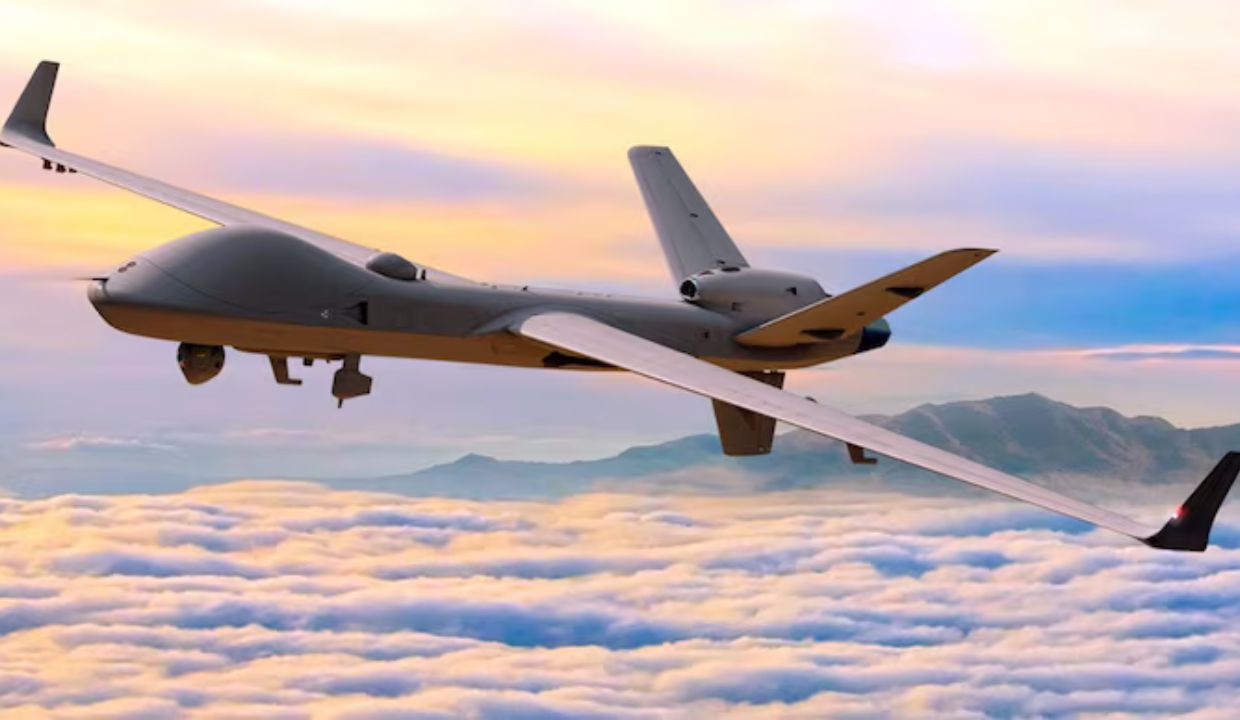

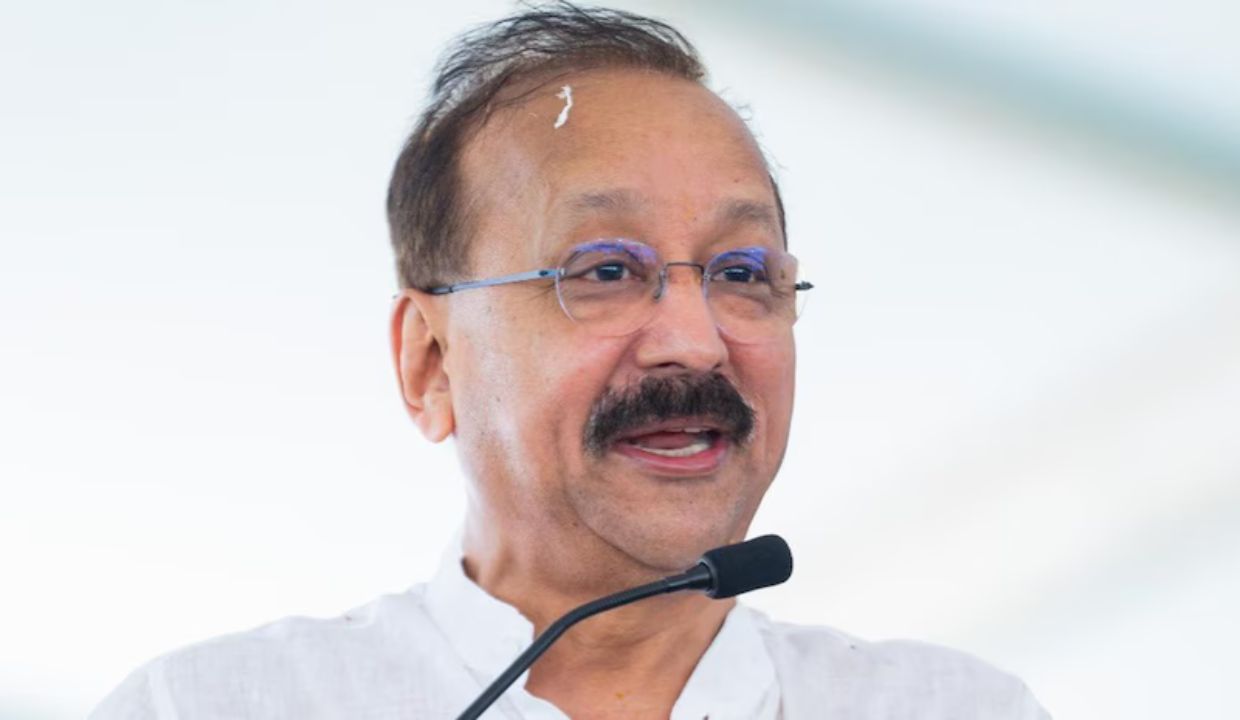


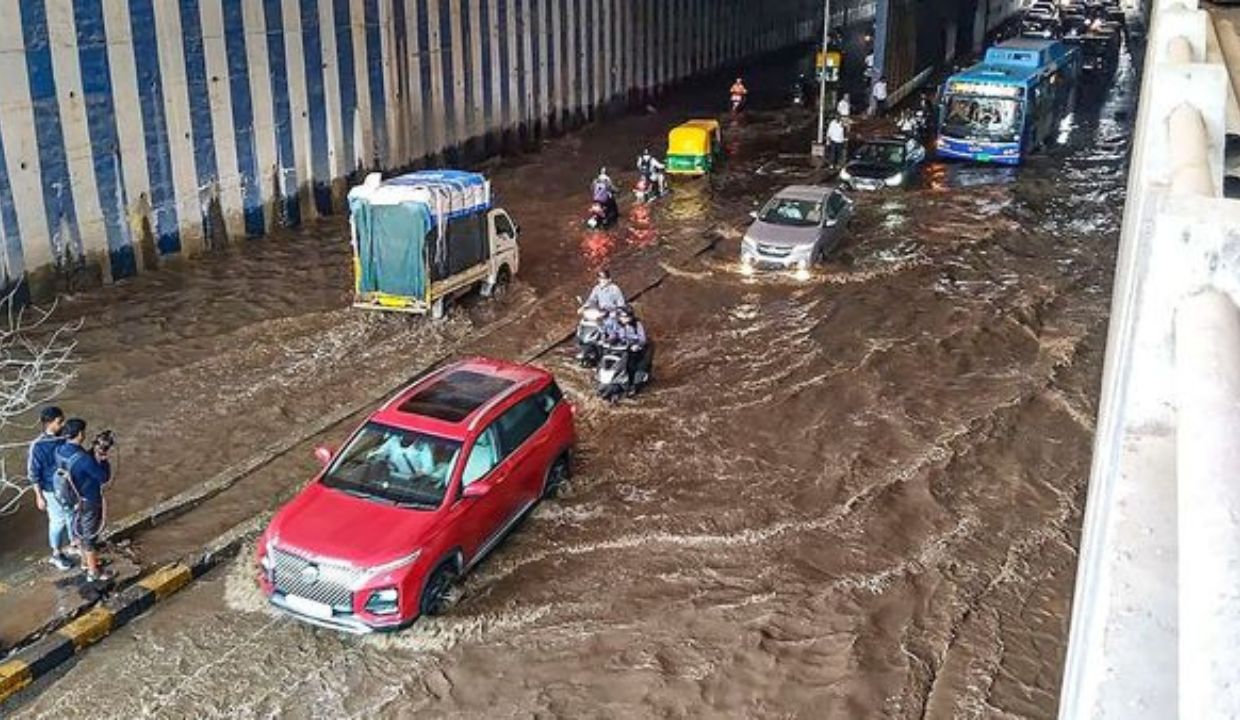
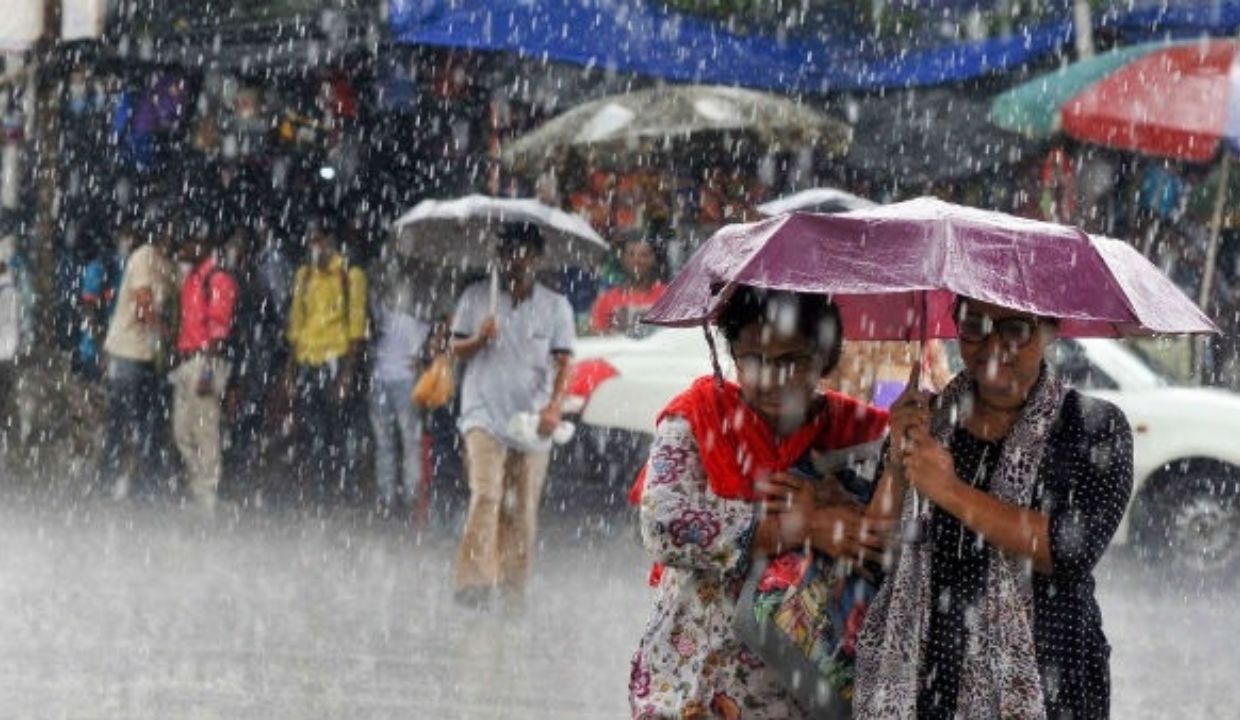
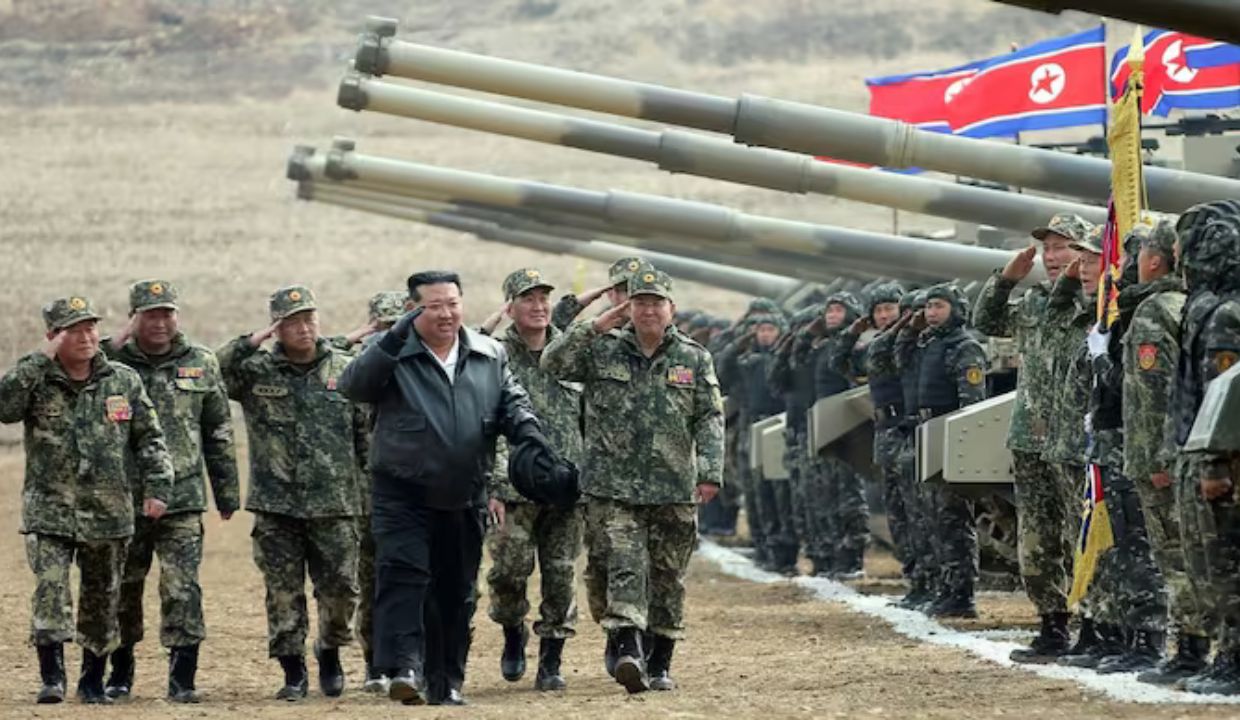

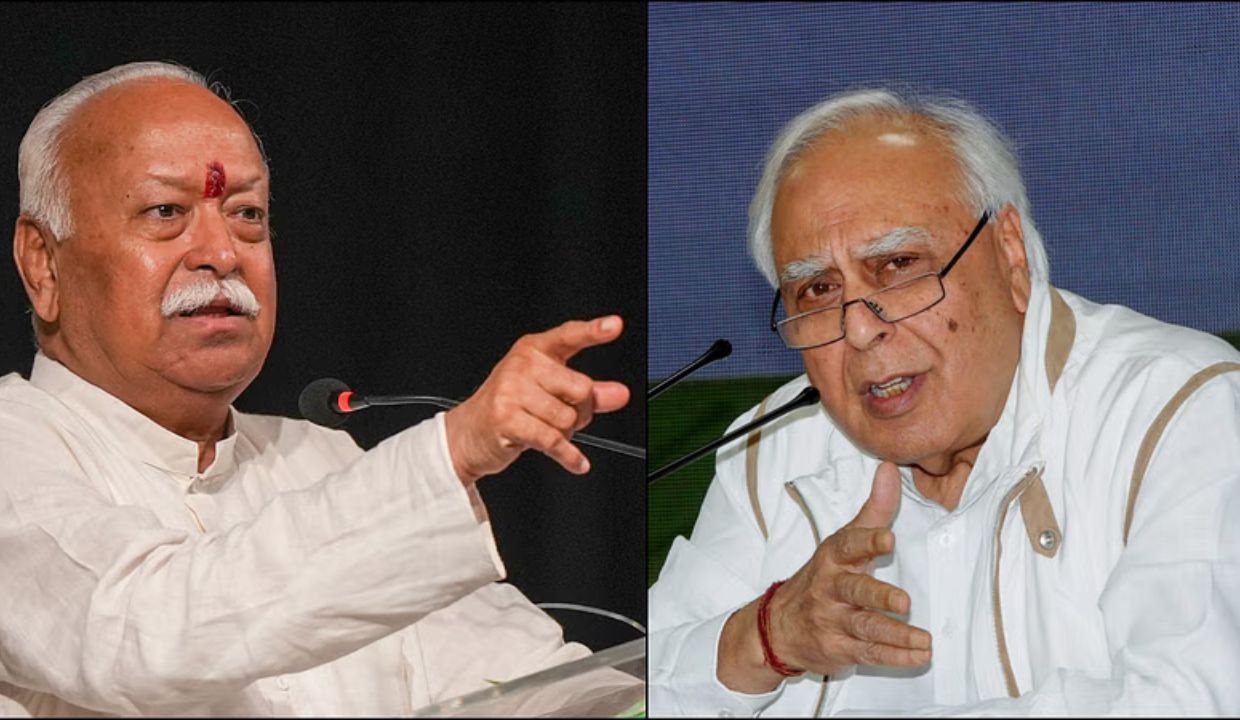








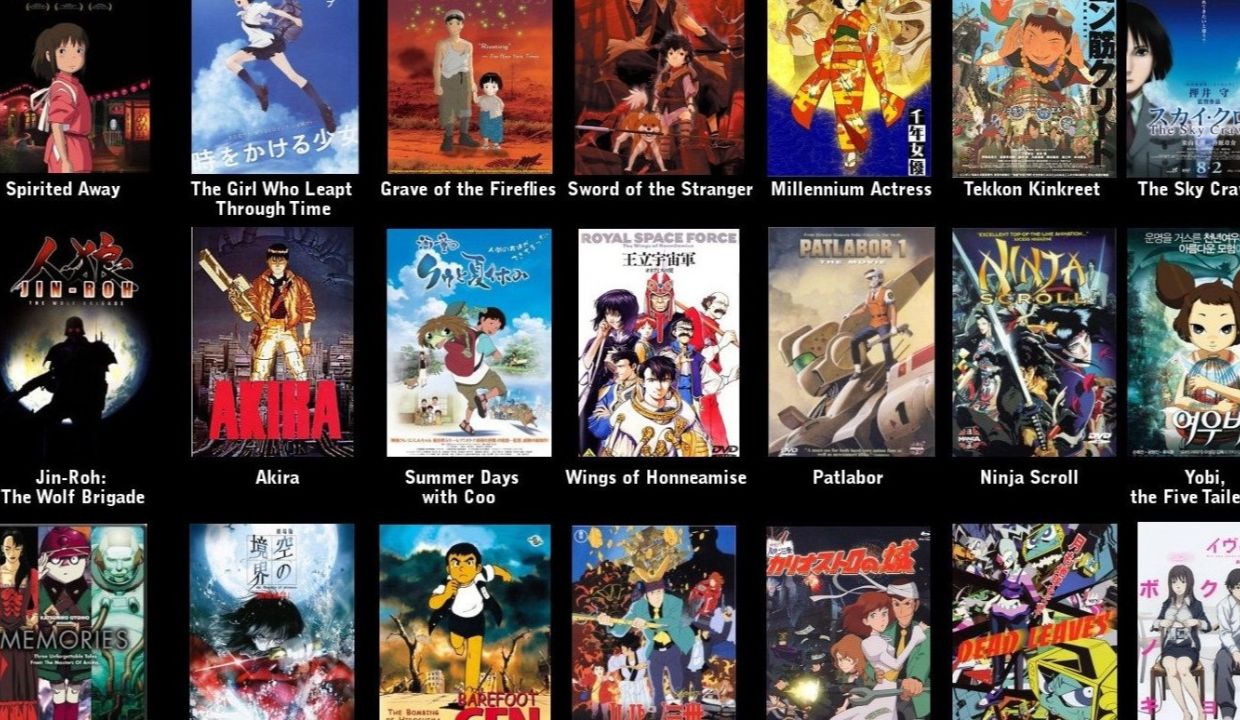
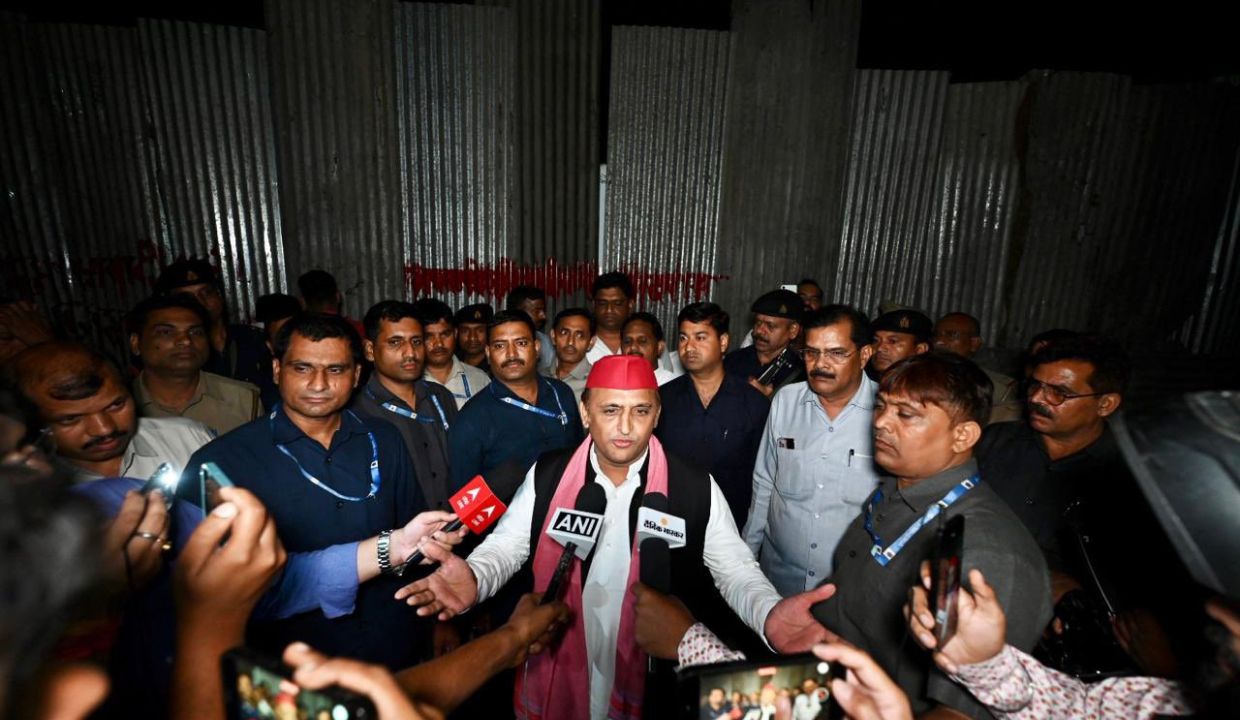
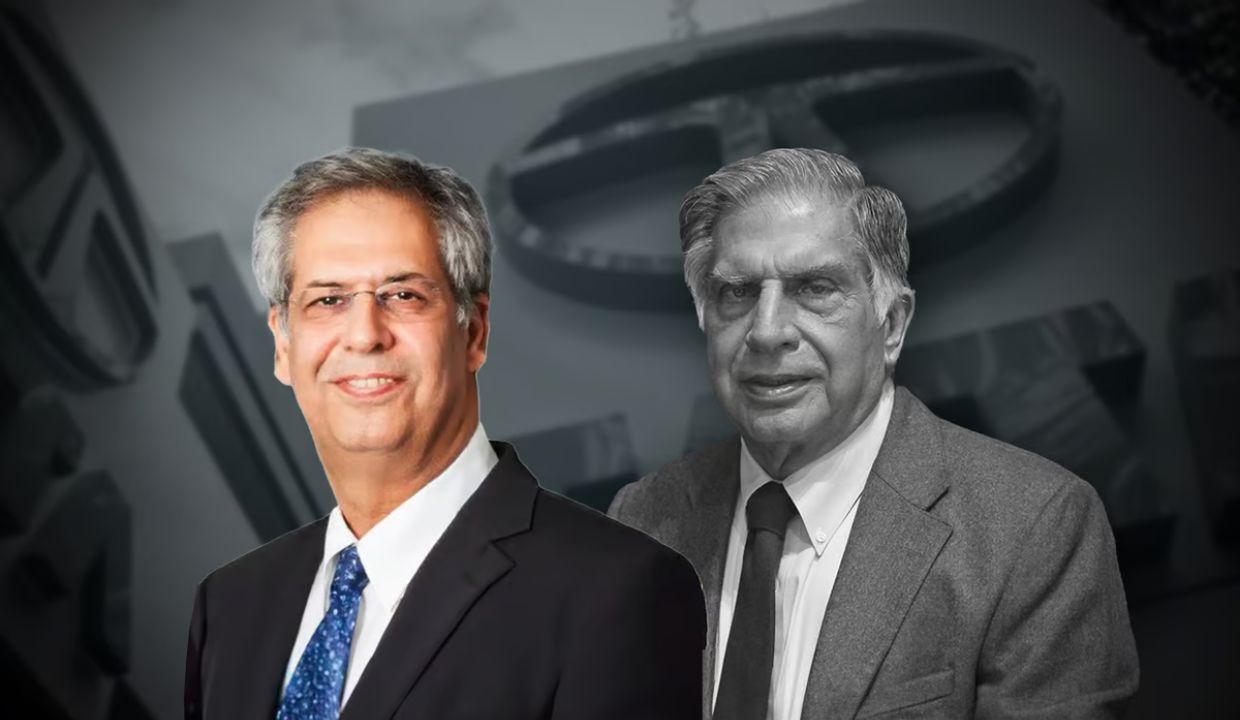



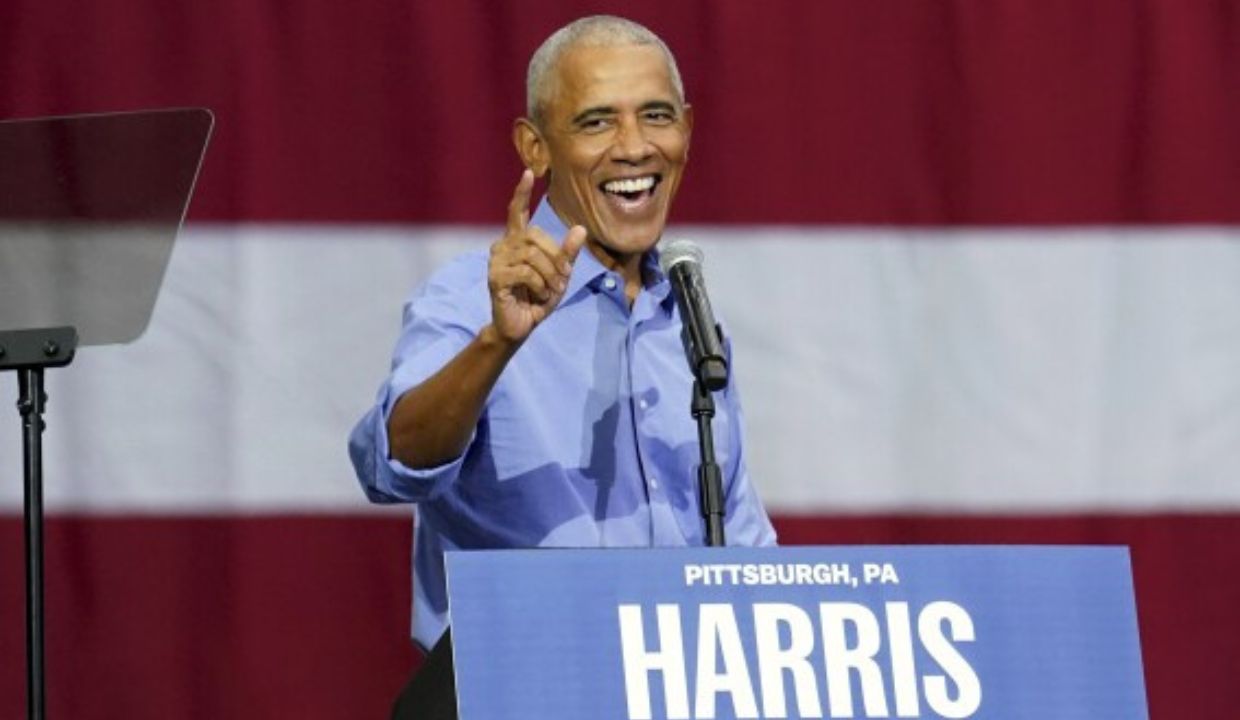

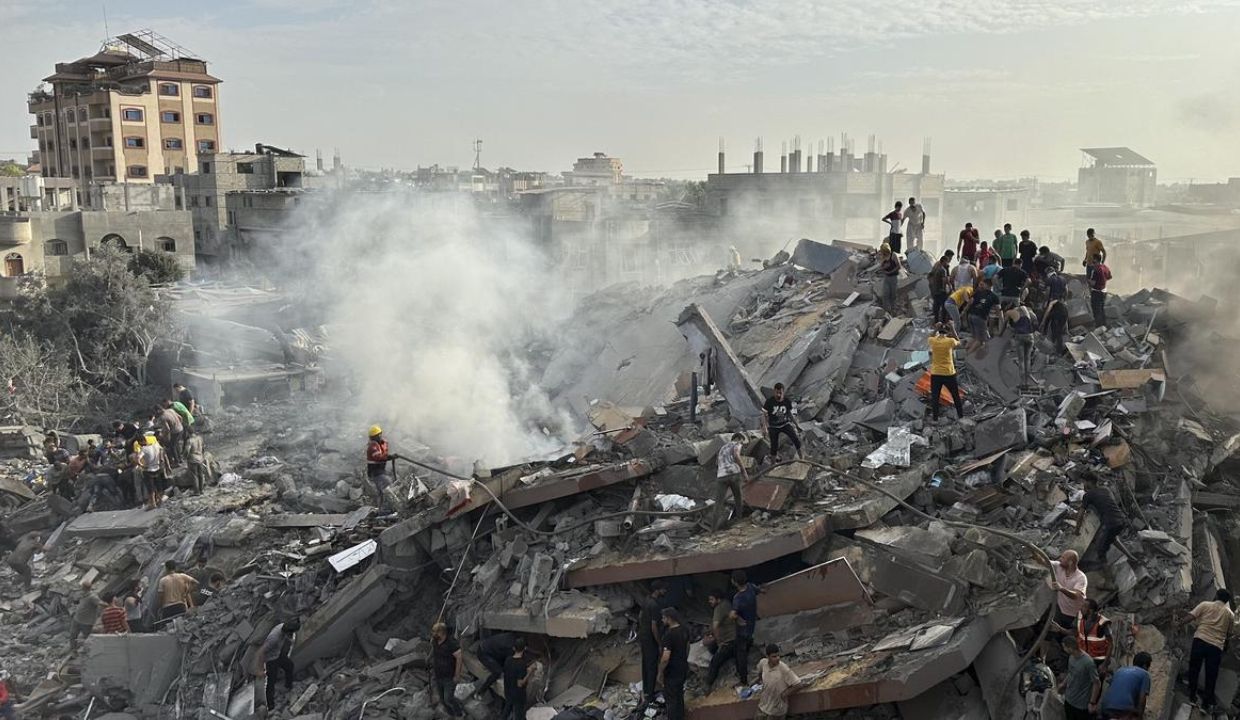
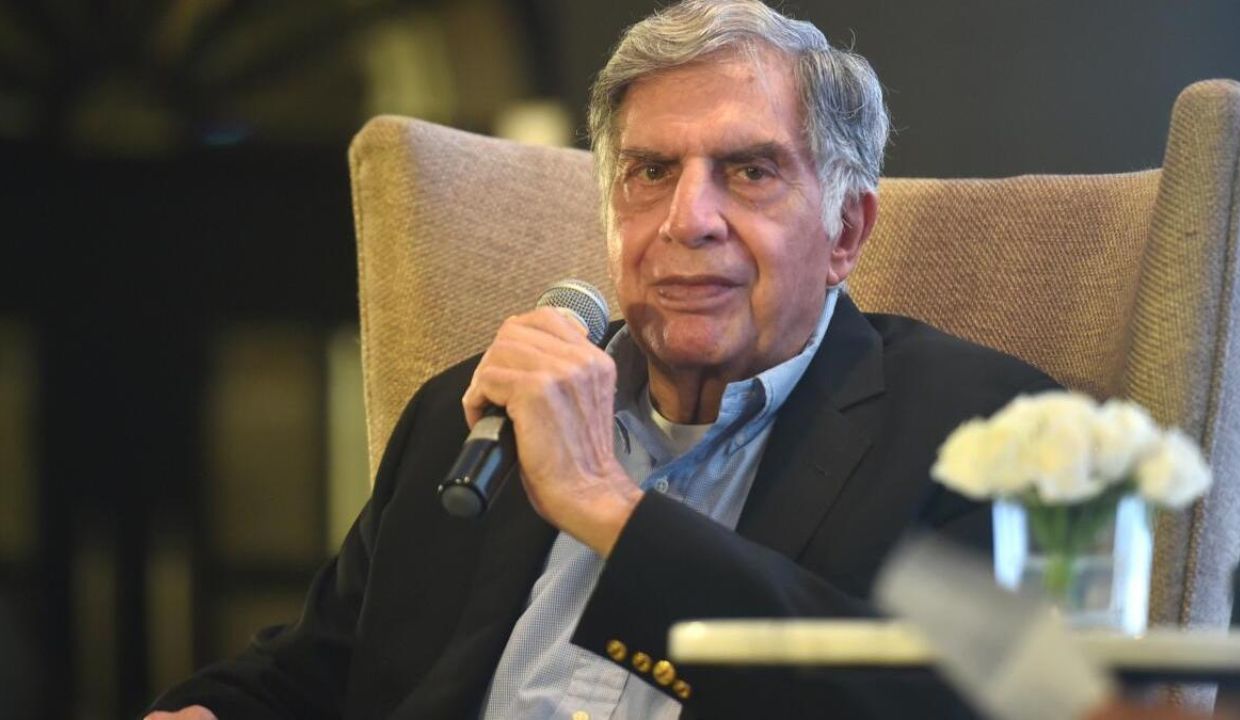


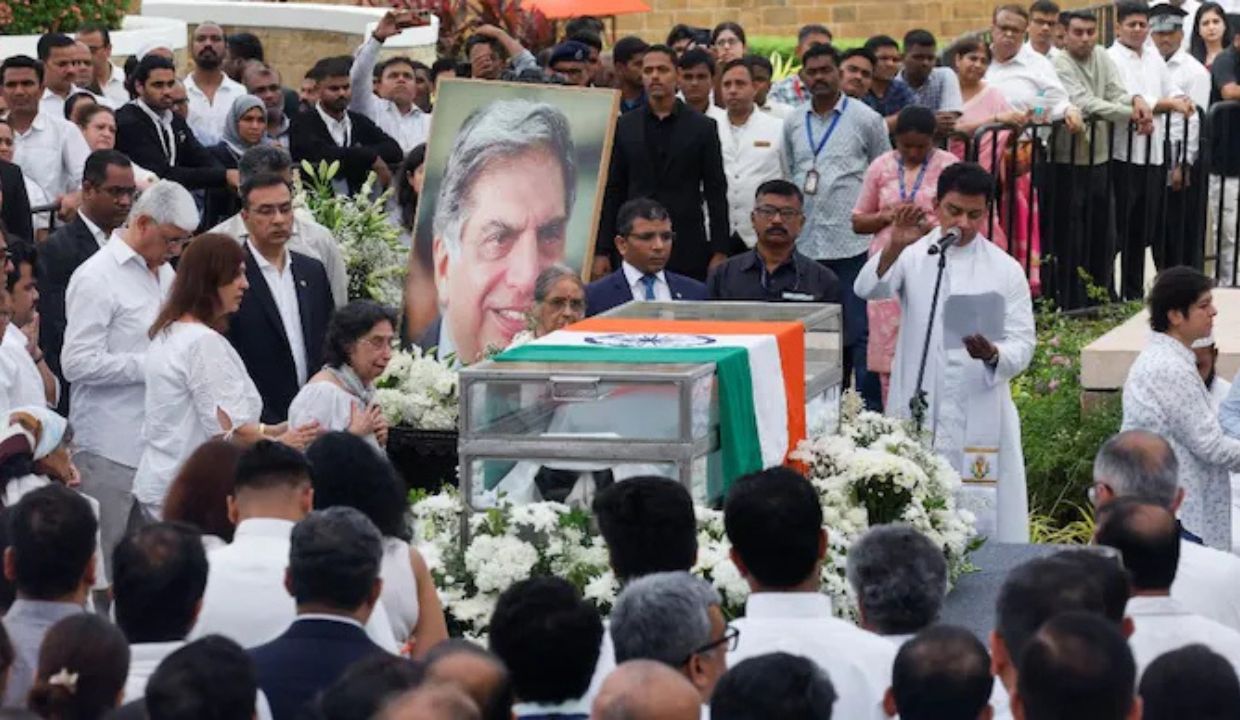

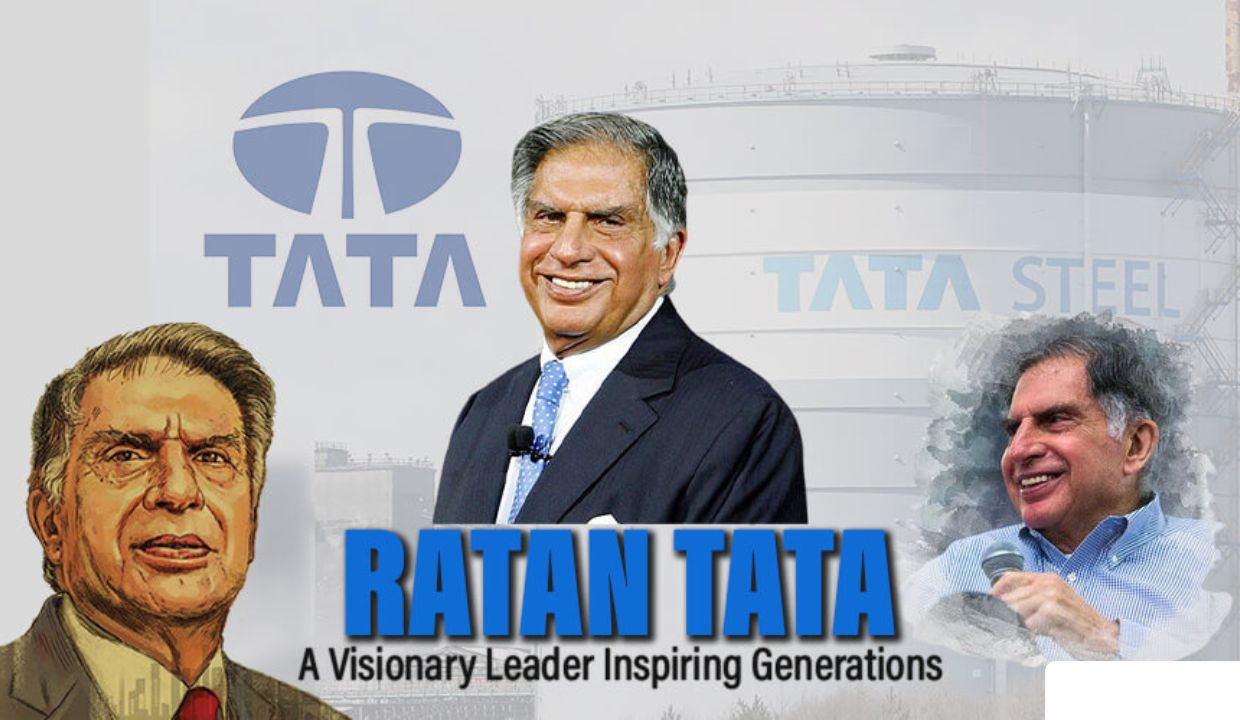
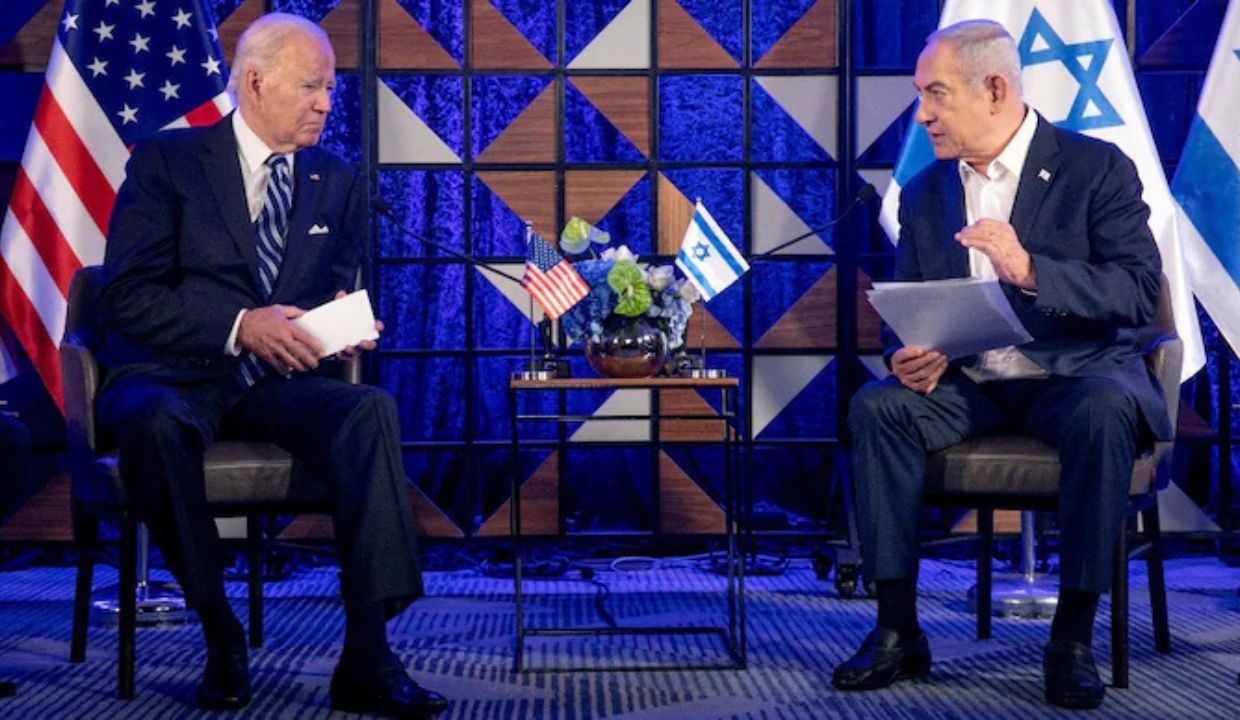

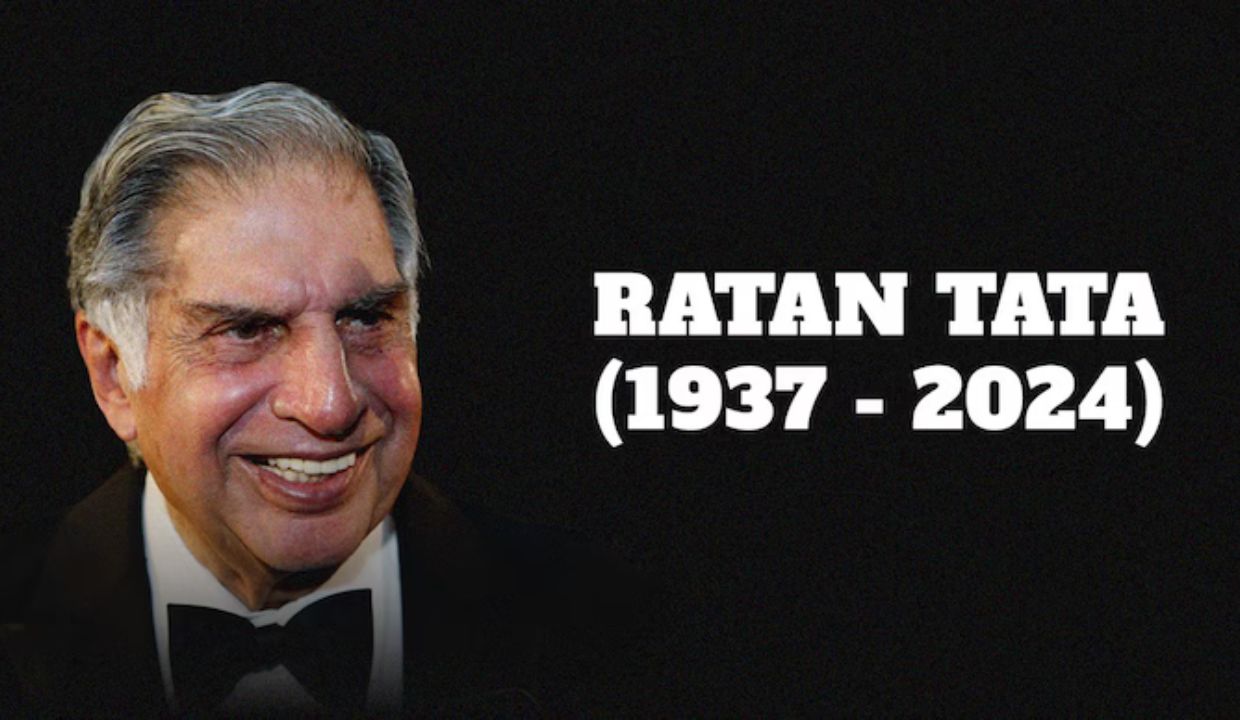
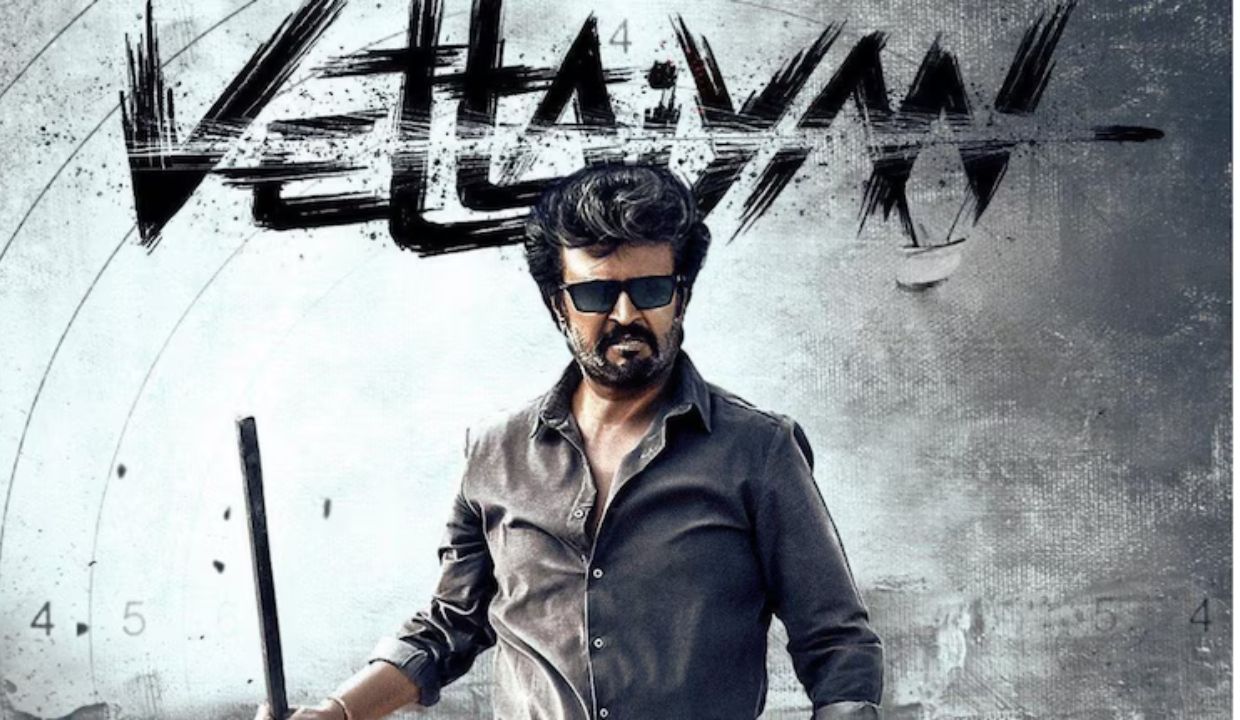

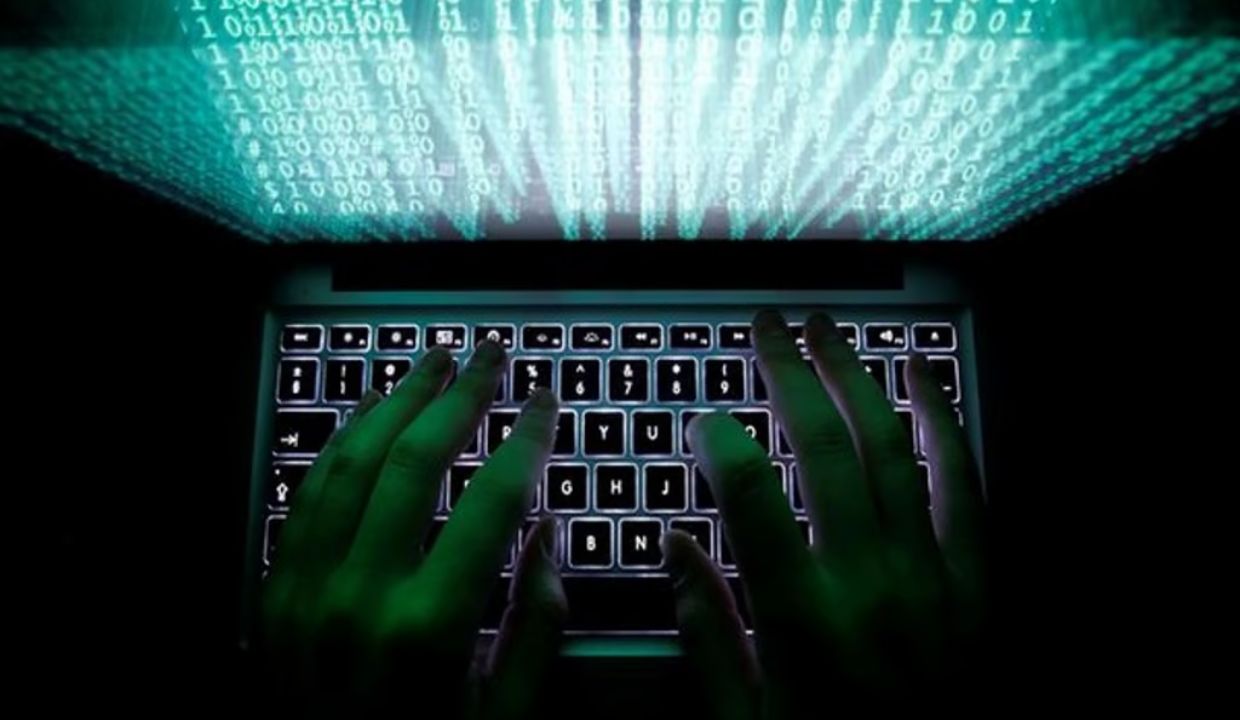
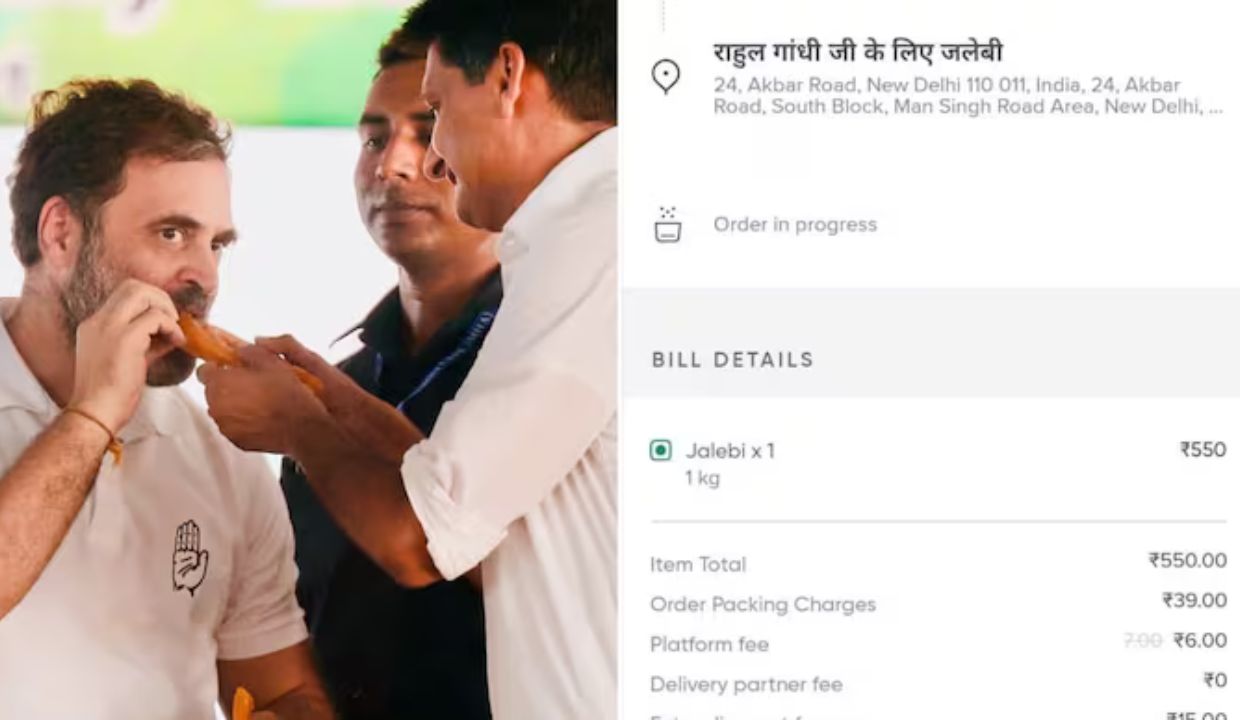






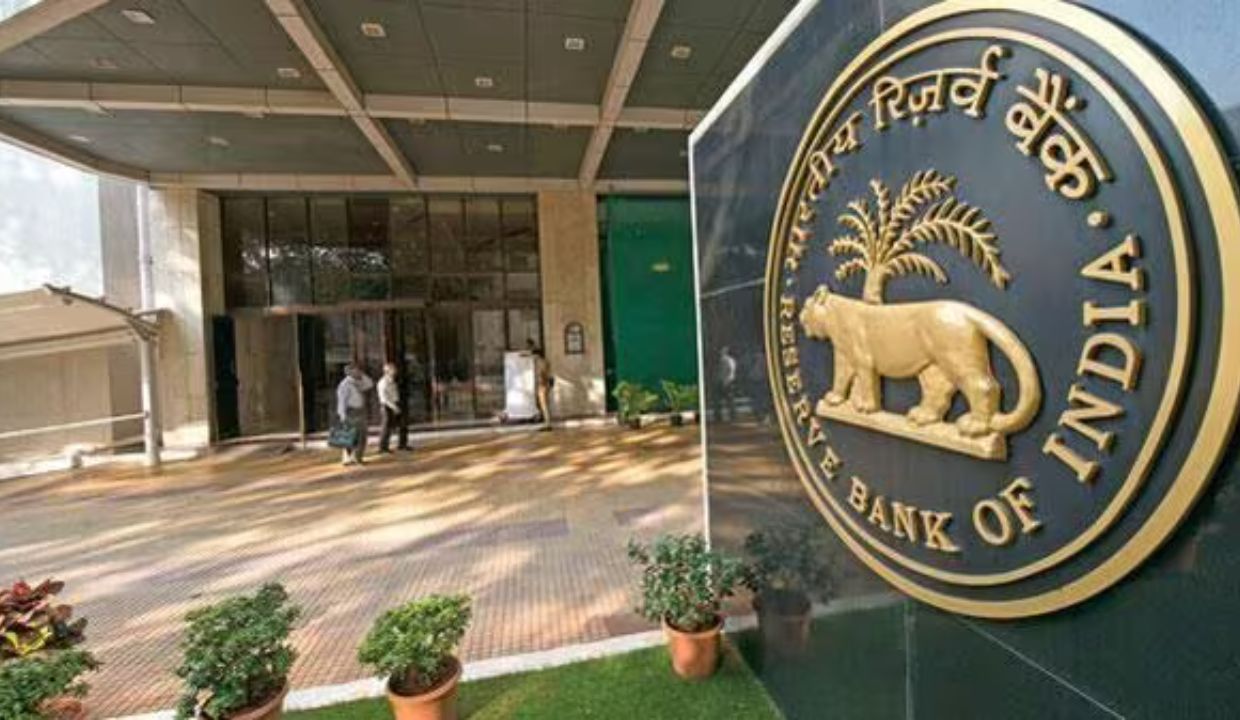

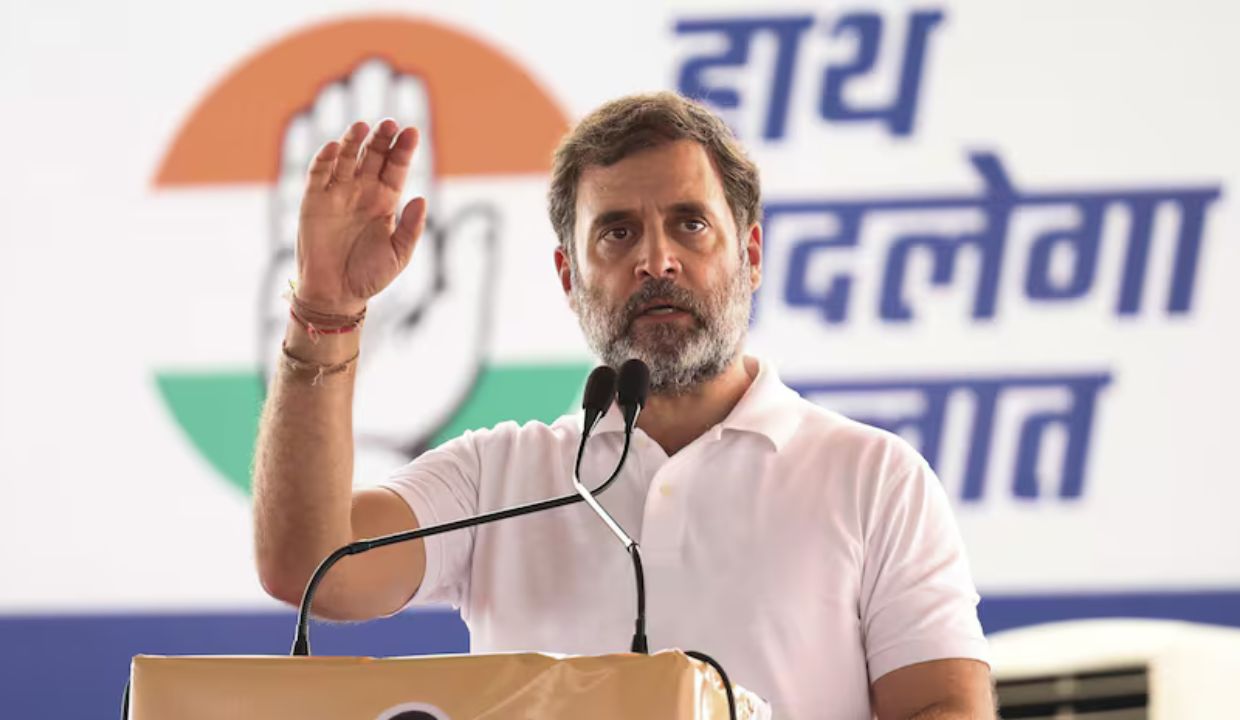

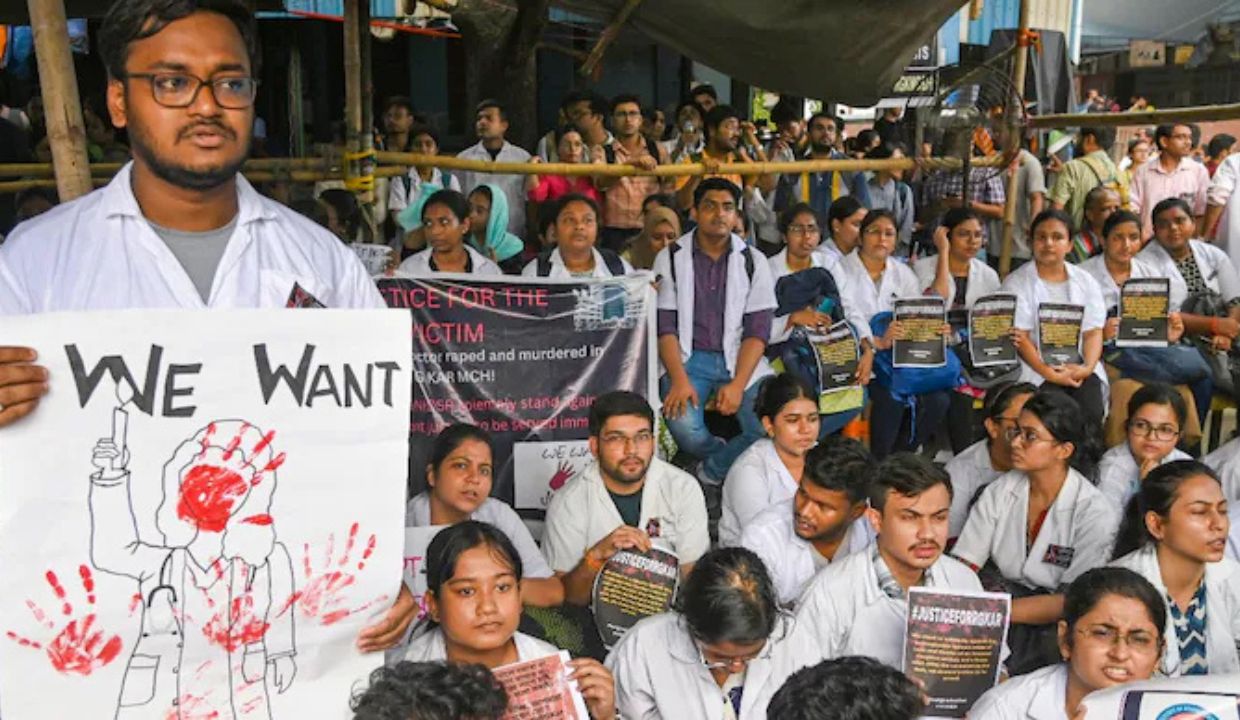


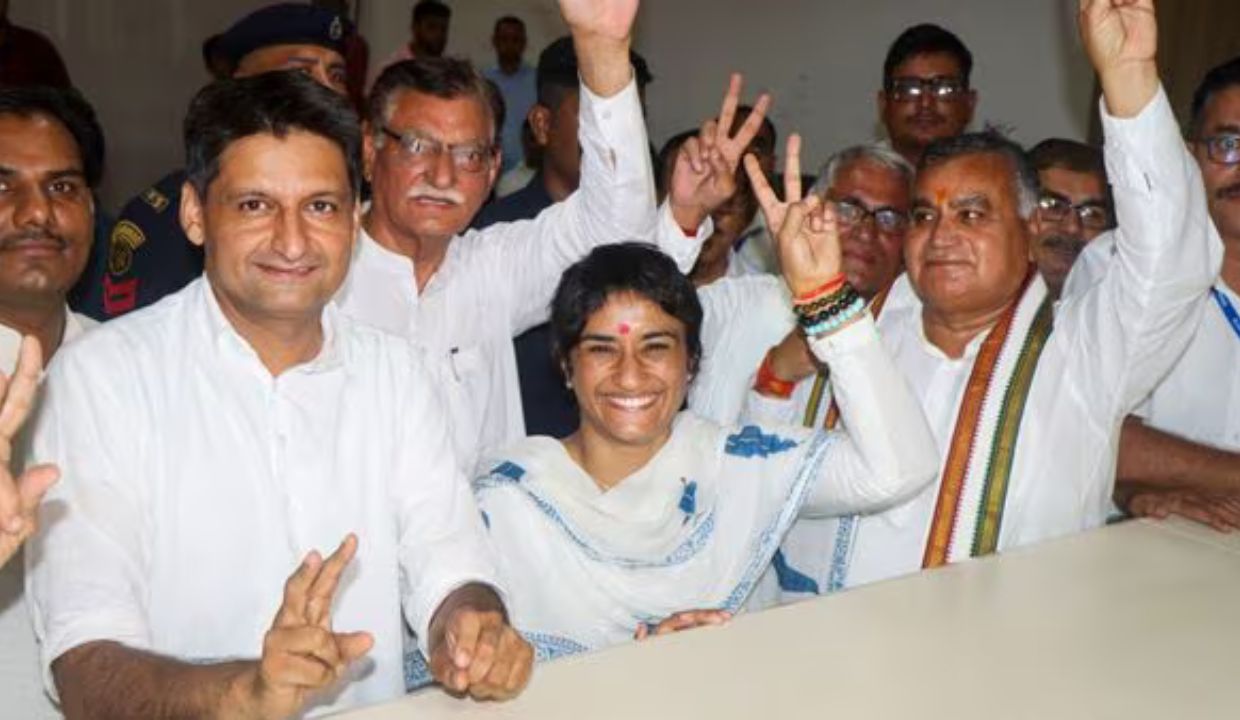
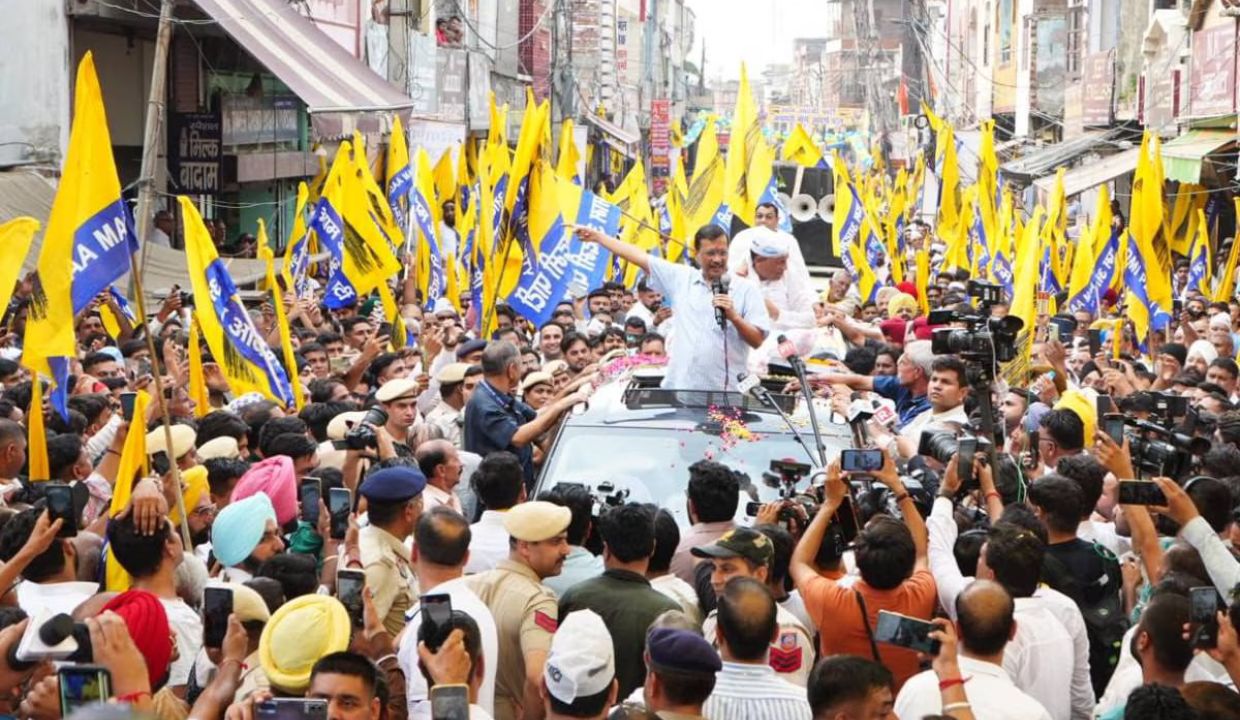




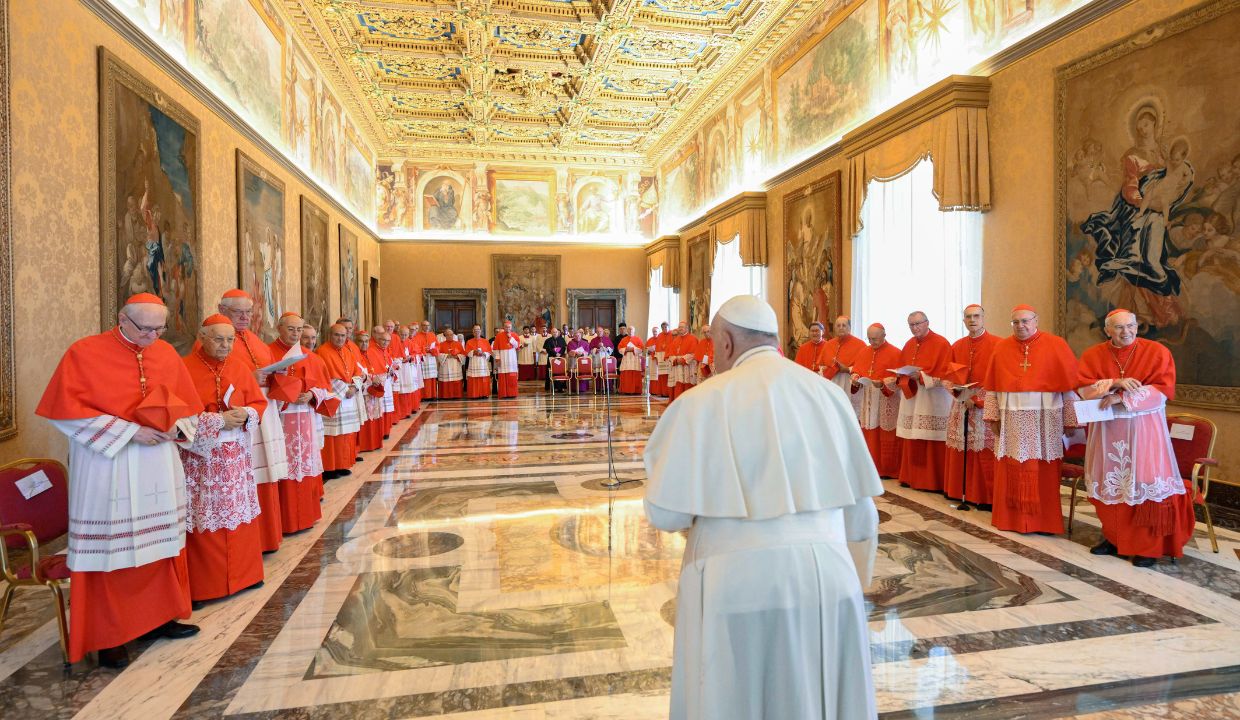
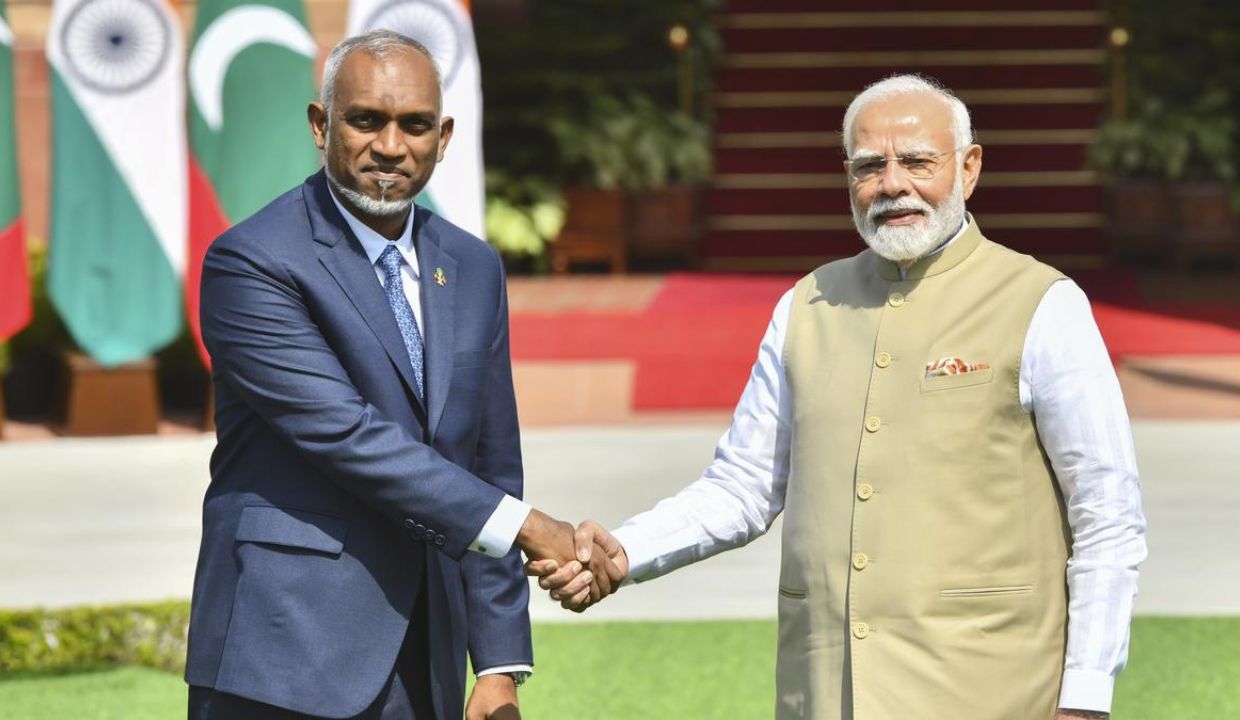
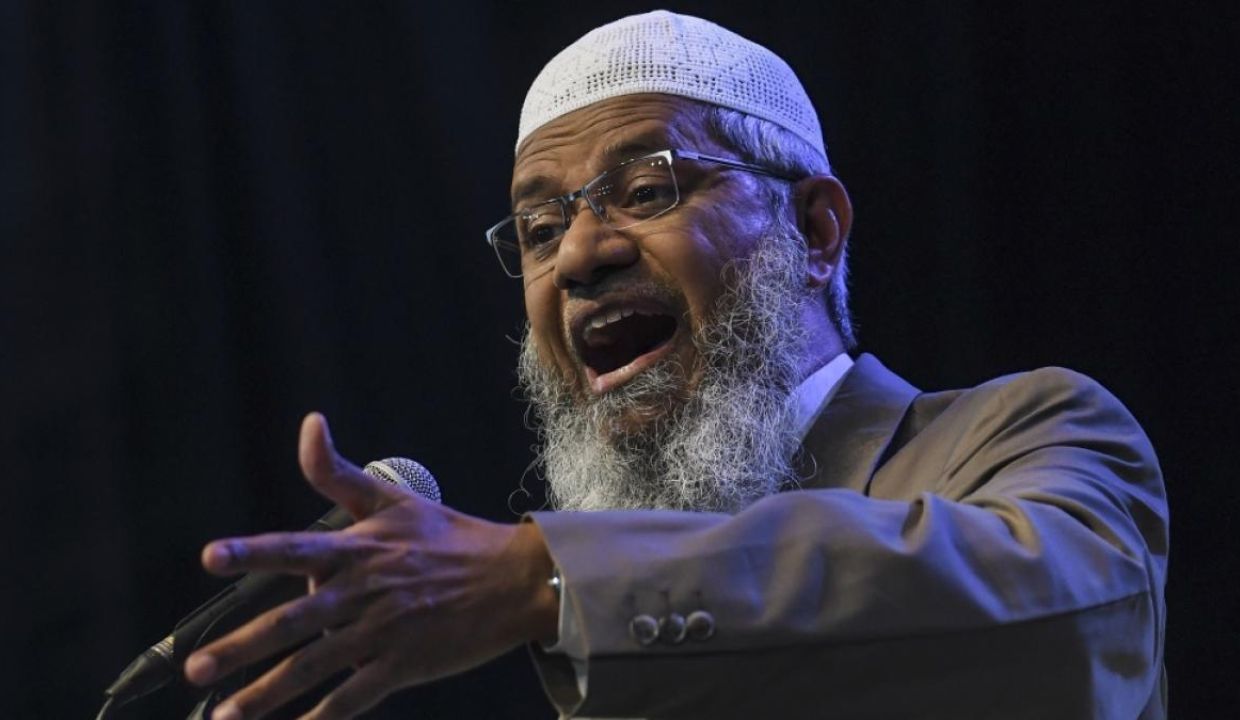
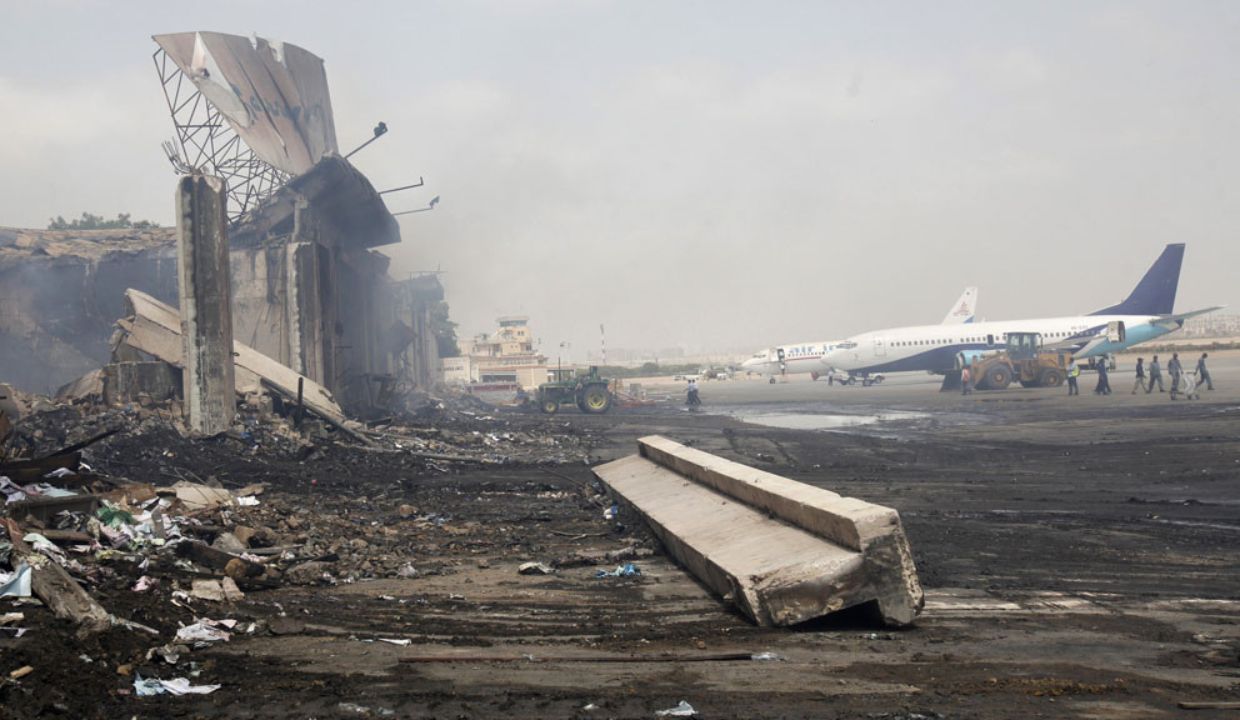





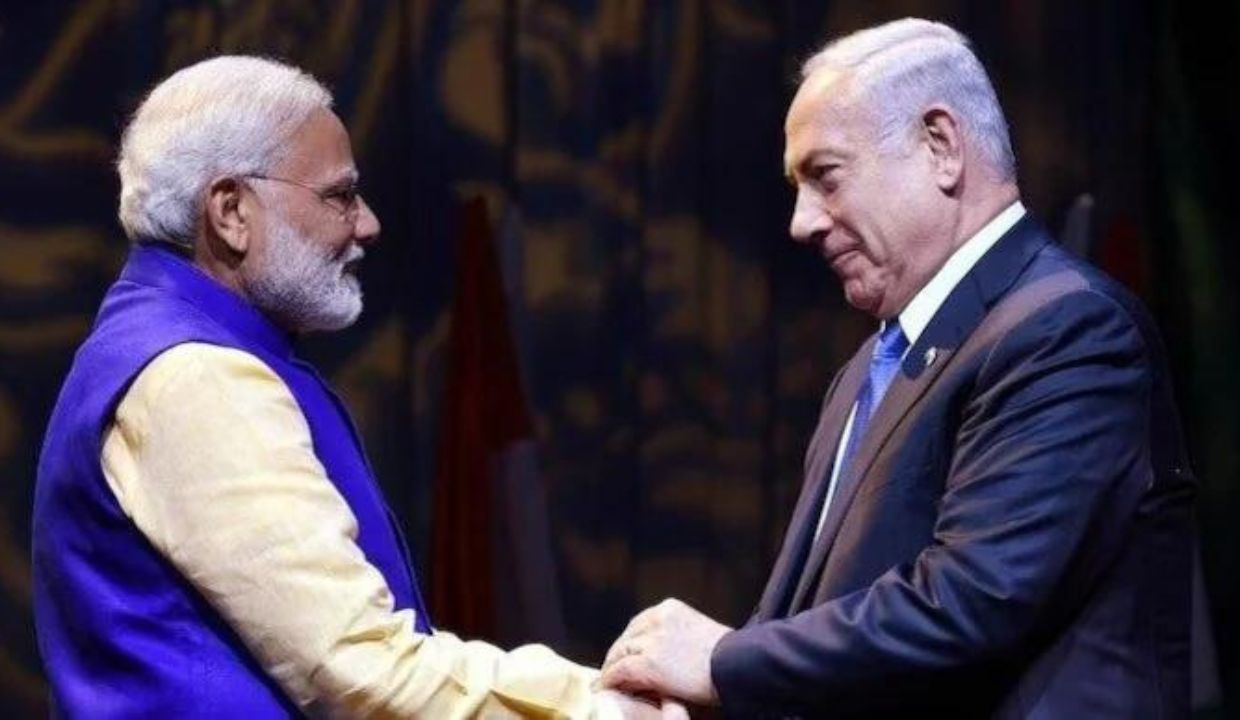





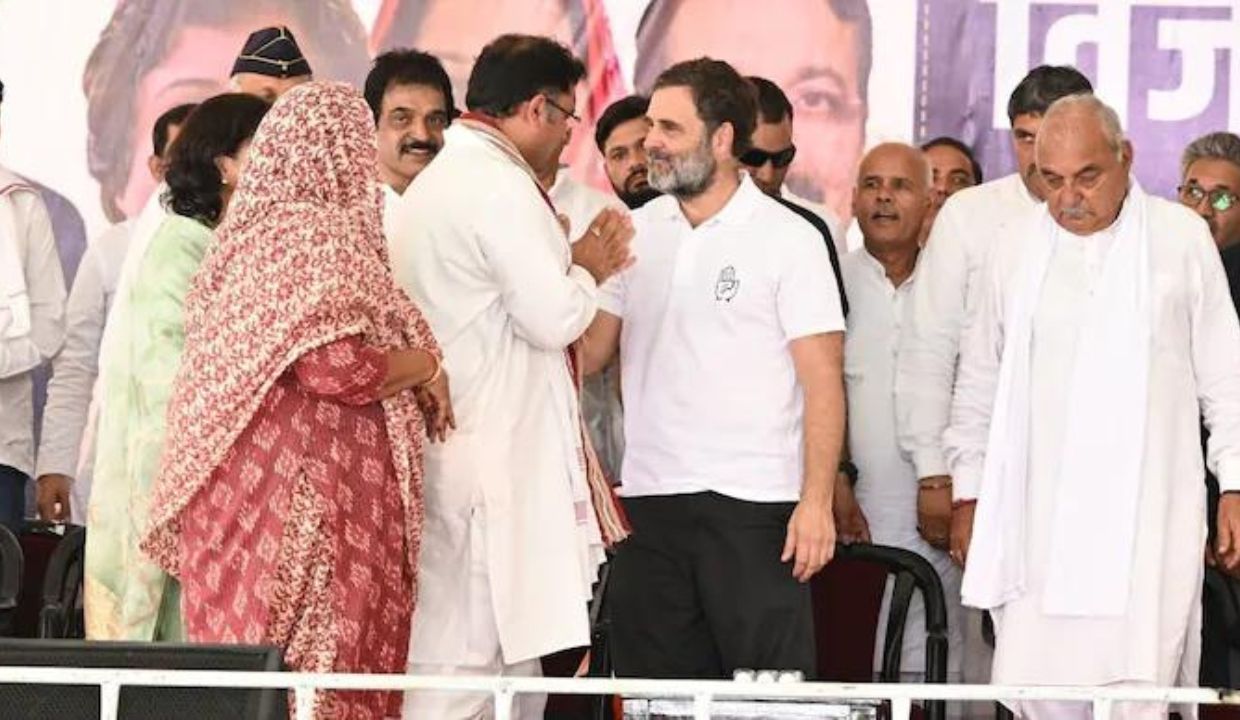
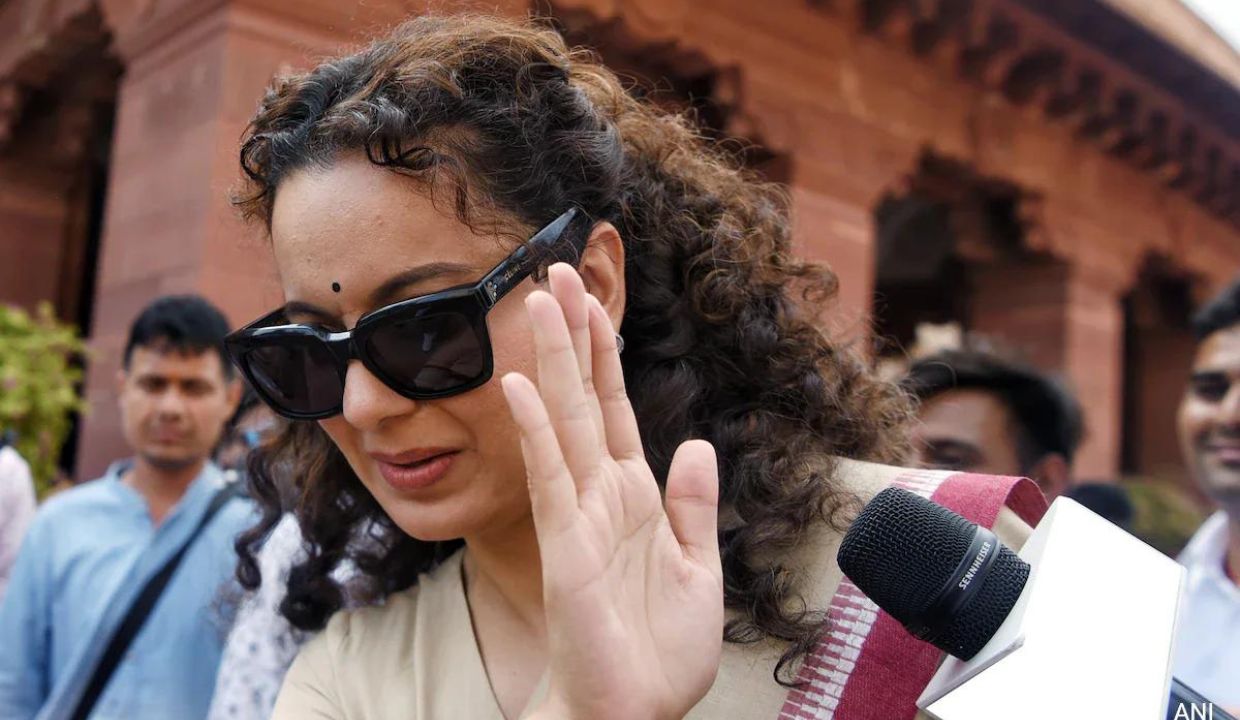




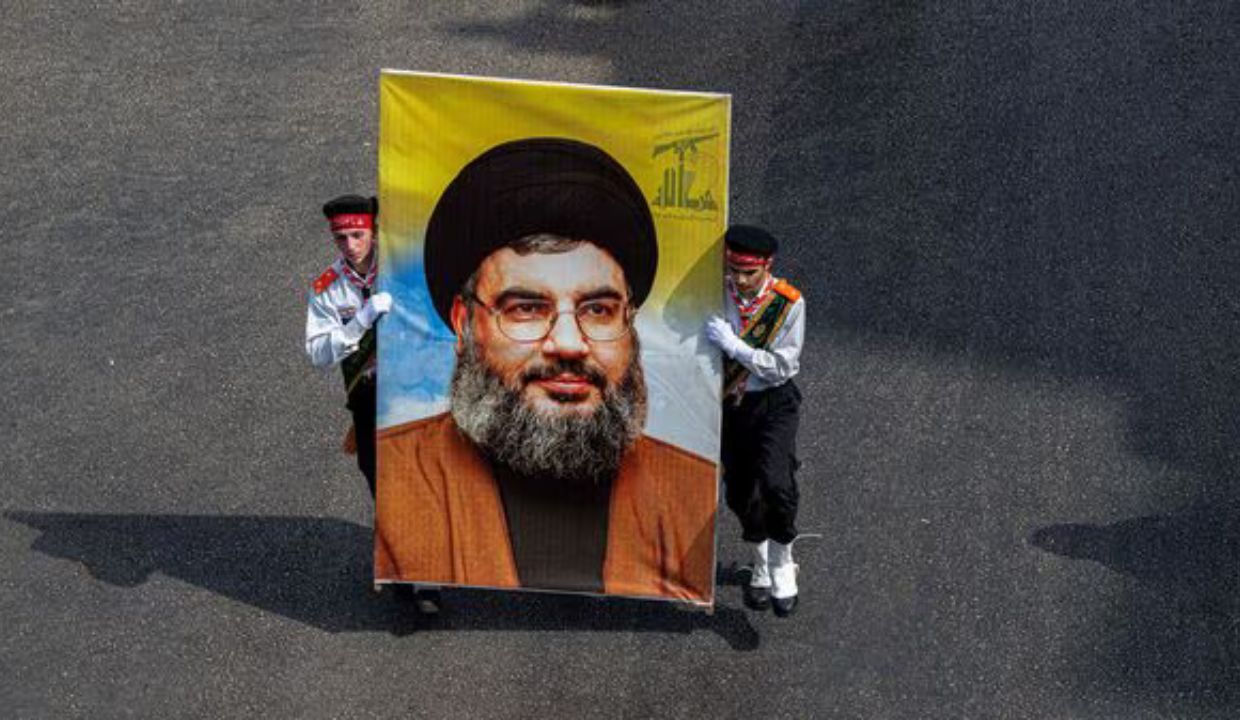


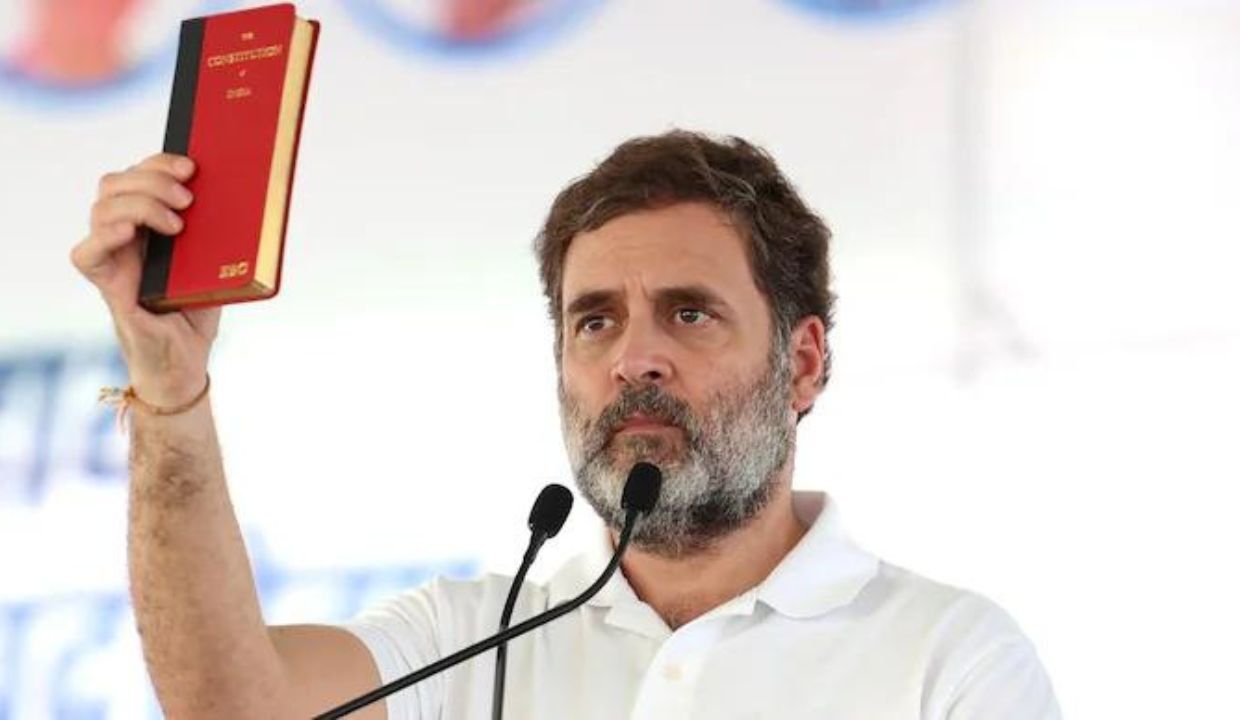
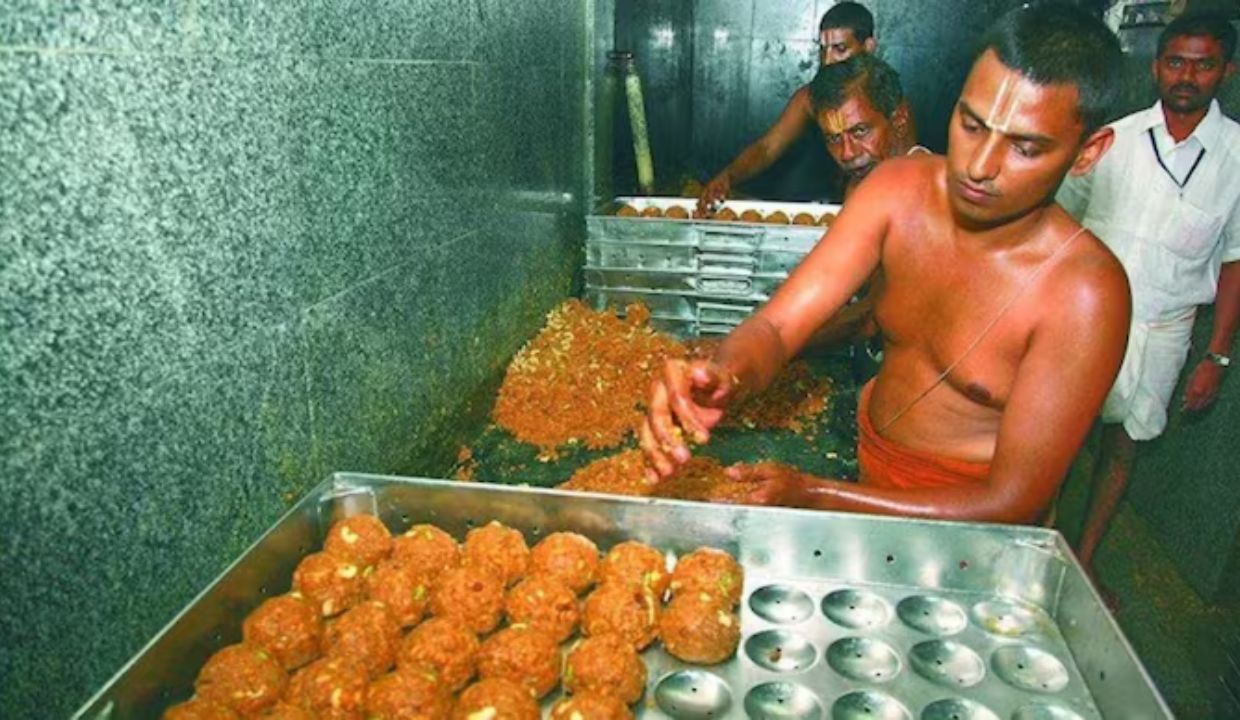
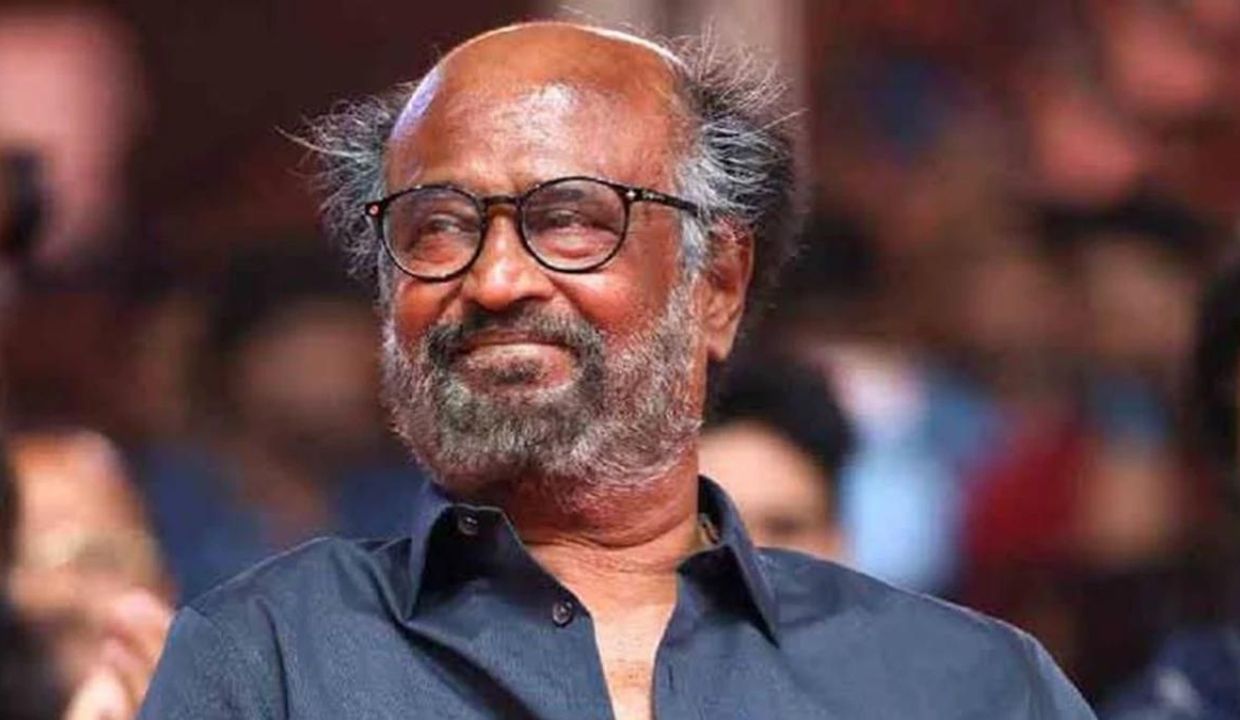
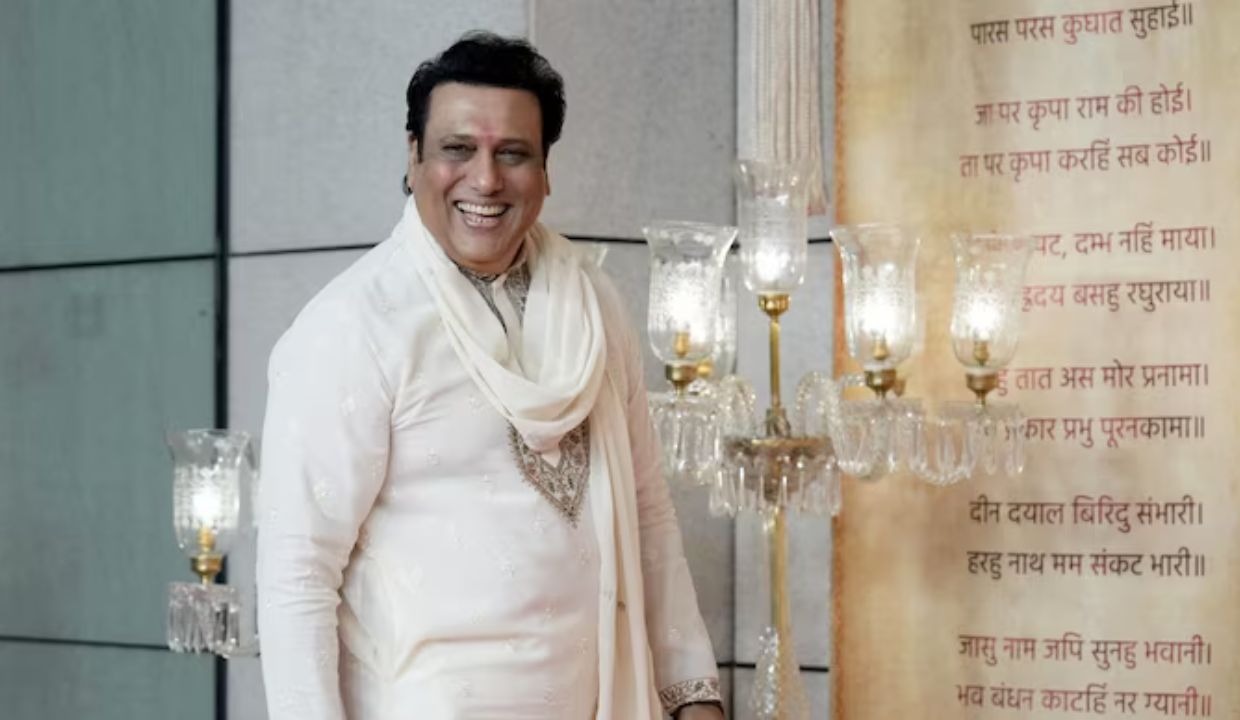

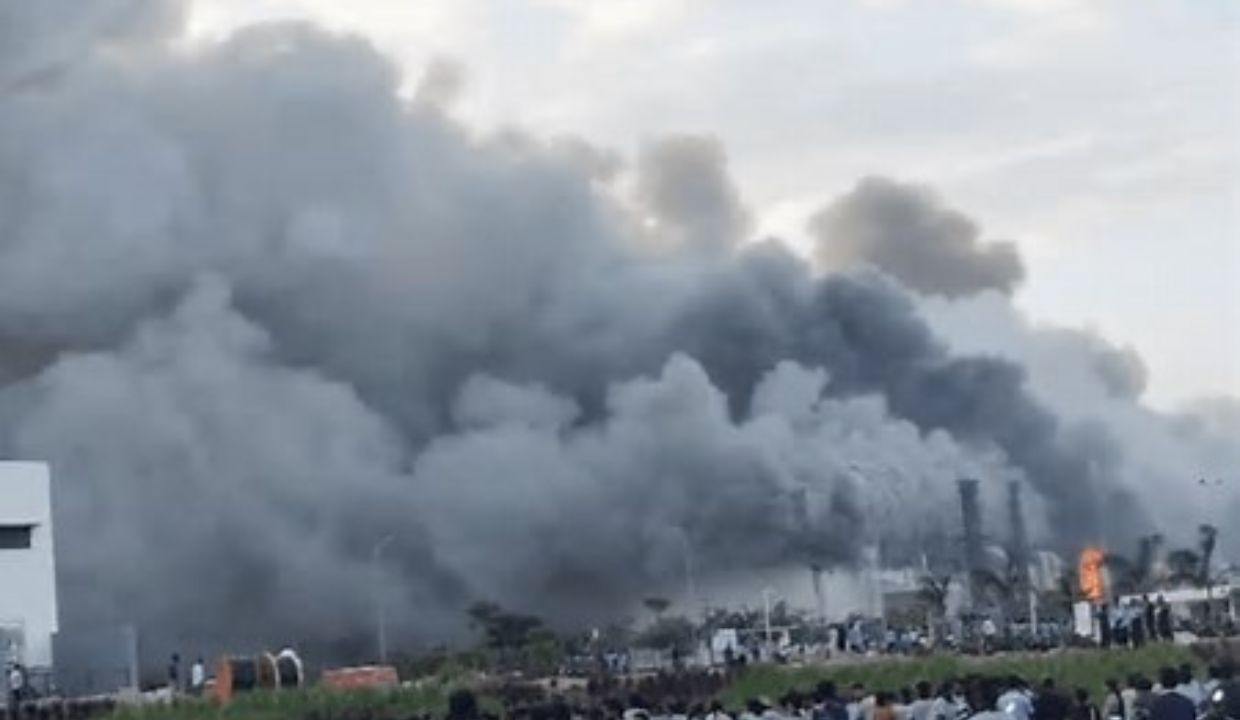

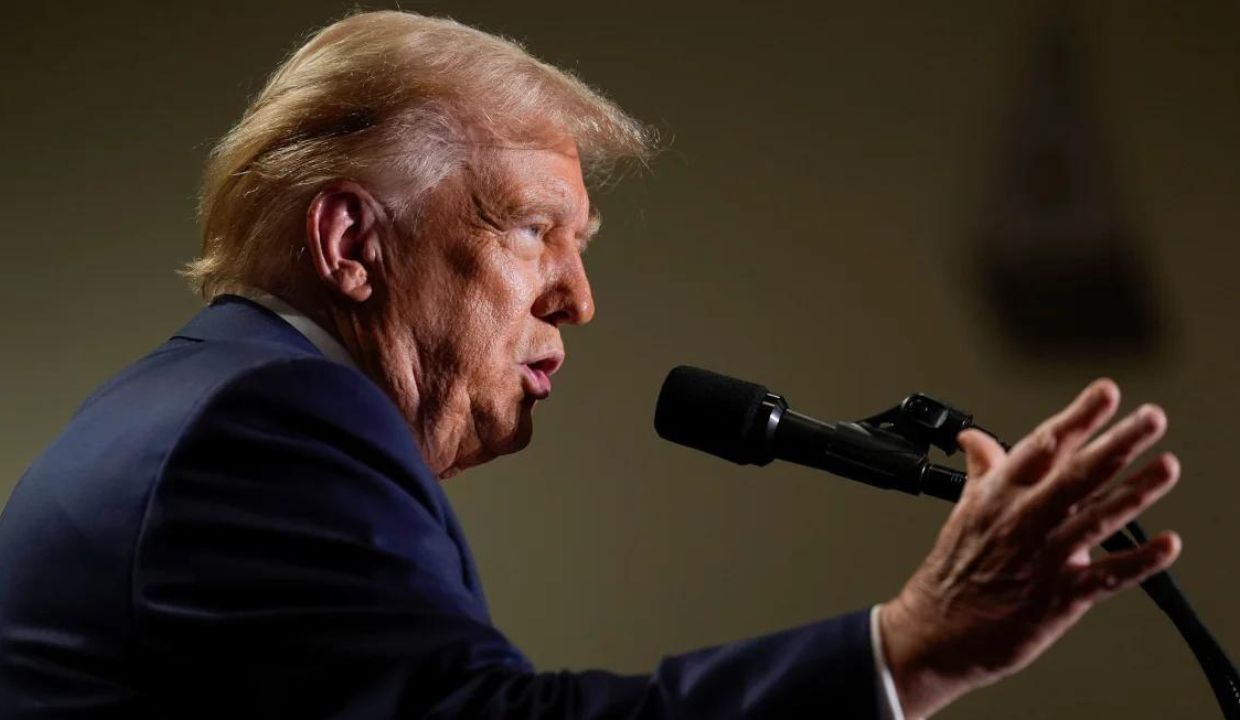
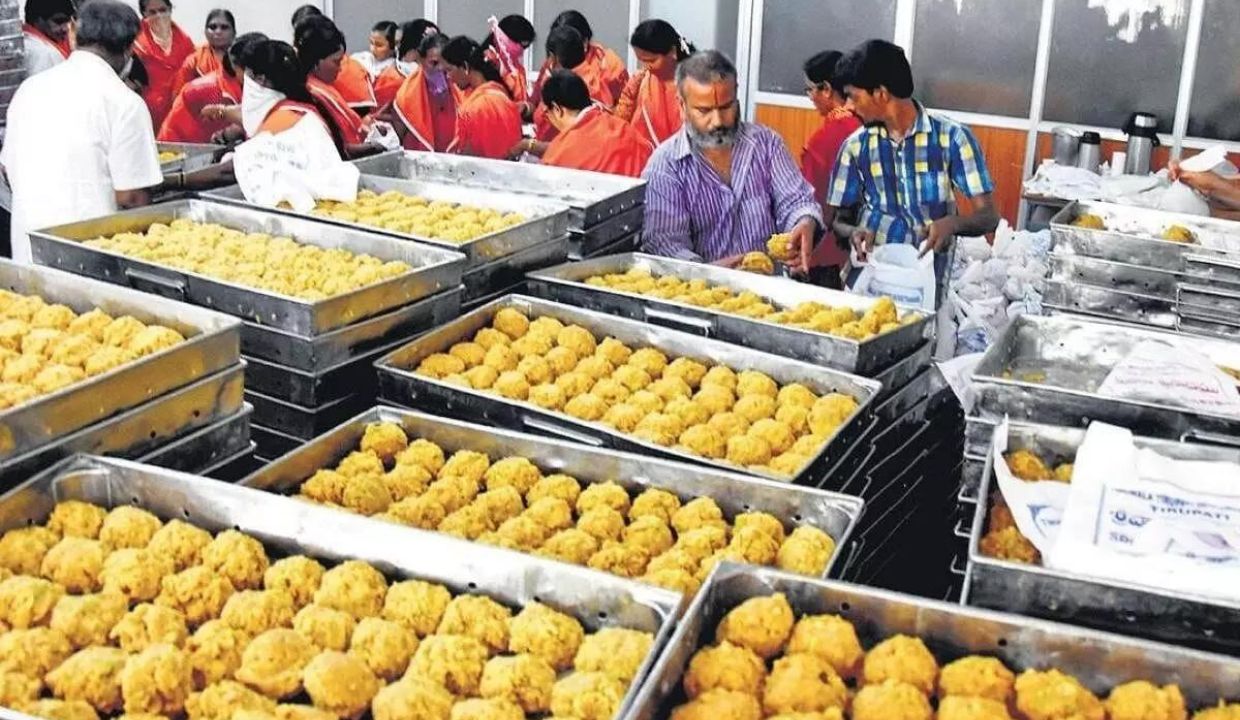
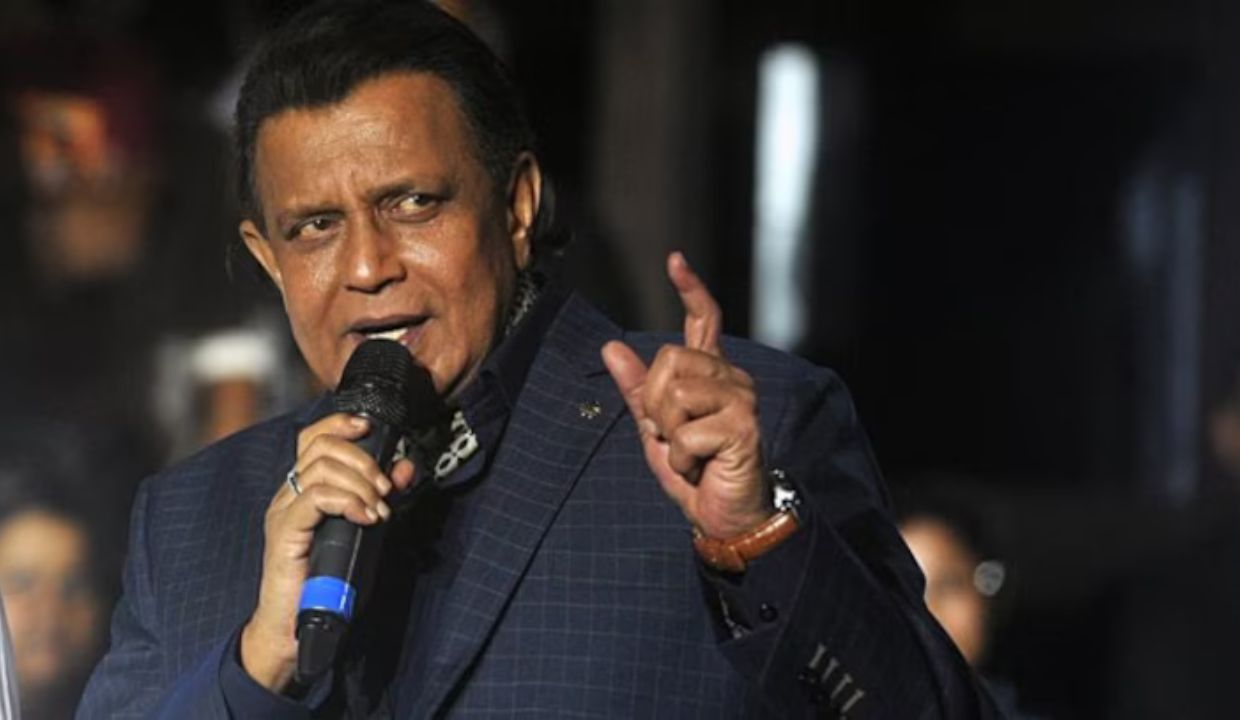

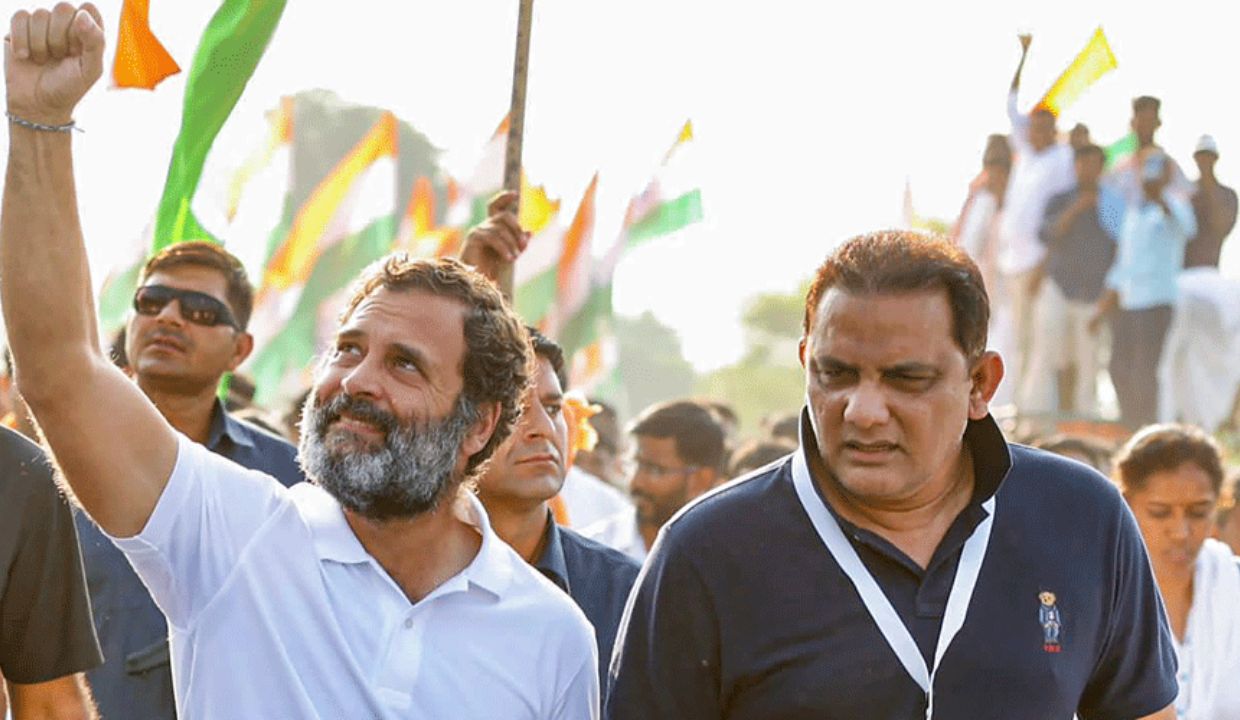

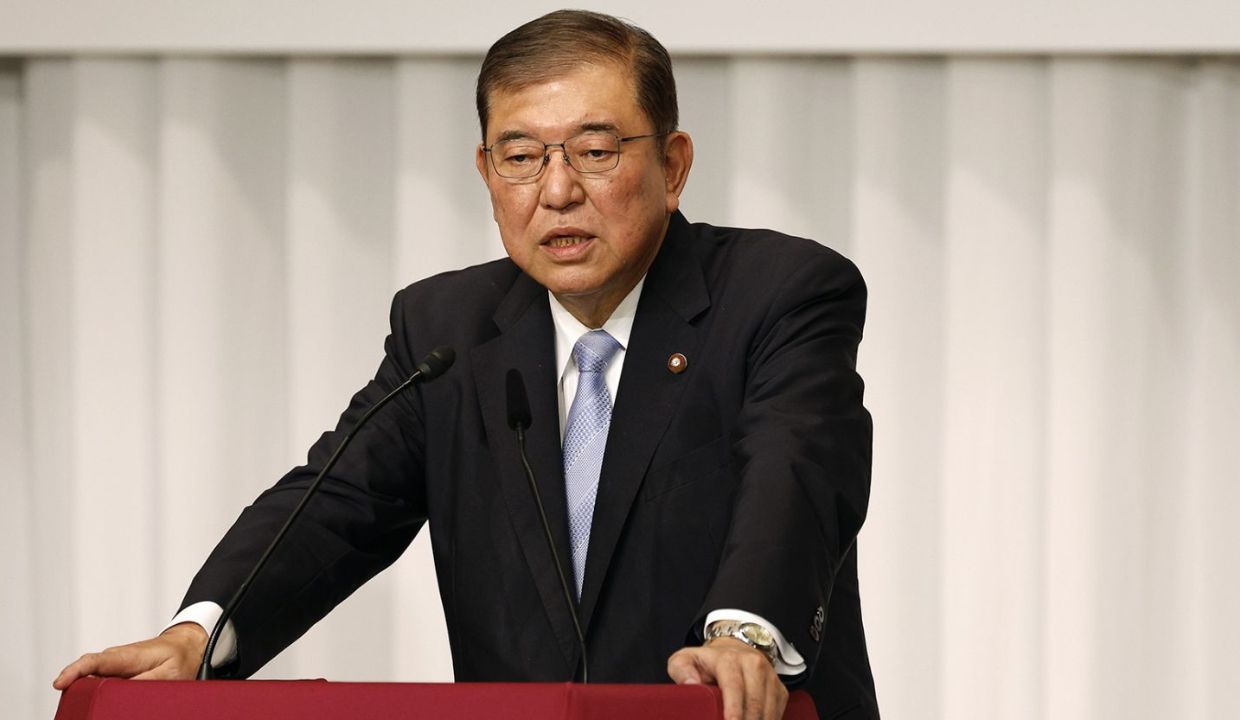



Here, you can discover a wide range of online casinos. Searching for well-known titles latest releases, there’s something to suit all preferences. Every casino included fully reviewed for safety, so you can play with confidence. <a href="https://futurefly-whitetiger.com">1xbet</a> Additionally, the site unique promotions along with offers to welcome beginners and loyal customers. Due to simple access, locating a preferred platform happens in no time, making it convenient. Stay updated about the latest additions by visiting frequently, because updated platforms are added regularly.
On this platform, you can find a great variety of online slots from famous studios. Visitors can try out classic slots as well as new-generation slots with vivid animation and bonus rounds. If you're just starting out or a casino enthusiast, there’s always a slot to match your mood. <a href="https://windlounge.de/">casino games</a> Each title are ready to play round the clock and optimized for PCs and mobile devices alike. No download is required, so you can start playing instantly. Site navigation is intuitive, making it quick to explore new games. Register now, and discover the thrill of casino games!
Данный ресурс — интернет-представительство частного детективного агентства. Мы организуем помощь в решении деликатных ситуаций. Штат профессионалов работает с максимальной конфиденциальностью. Мы занимаемся проверку фактов и детальное изучение обстоятельств. <a href="https://justkidding-me.com/">Детективное агентство</a> Любая задача получает персональный подход. Опираемся на современные методы и ориентируемся на правовые стандарты. Ищете реальную помощь — свяжитесь с нами.
On this platform, you can access lots of online slots from famous studios. Users can try out classic slots as well as modern video slots with stunning graphics and bonus rounds. Even if you're new or an experienced player, there’s always a slot to match your mood. play aviator All slot machines are available 24/7 and optimized for desktop computers and smartphones alike. No download is required, so you can get started without hassle. Site navigation is user-friendly, making it quick to explore new games. Register now, and enjoy the excitement of spinning reels!
On this platform, you can discover a wide selection of online slots from leading developers. Players can experience classic slots as well as feature-packed games with stunning graphics and bonus rounds. If you're just starting out or a casino enthusiast, there’s something for everyone. casino The games are ready to play 24/7 and compatible with PCs and mobile devices alike. No download is required, so you can jump into the action right away. Platform layout is intuitive, making it quick to find your favorite slot. Register now, and enjoy the excitement of spinning reels!
Suicide is a tragic issue that impacts millions of people across the world. It is often linked to mental health issues, such as bipolar disorder, hopelessness, or chemical dependency. People who struggle with suicide may feel overwhelmed and believe there’s no hope left. https://how-to-kill-yourself.com It is important to spread knowledge about this subject and support those in need. Mental health care can reduce the risk, and finding help is a necessary first step. If you or someone you know is in crisis, please seek help. You are not forgotten, and help is available.
Здесь доступны популярные слот-автоматы. Здесь собраны большой выбор игр от популярных брендов. Любой автомат отличается интересным геймплеем, призовыми раундами и высокой отдачей. http://bjxindagongyi.com/the-excitement-and-glamour-of-casino-gaming/ Вы сможете играть в демо-режиме или играть на деньги. Меню и структура ресурса интуитивно понятны, что облегчает поиск игр. Для любителей онлайн-казино, этот сайт — отличный выбор. Присоединяйтесь прямо сейчас — азарт и удача уже рядом!
Self-harm leading to death is a complex topic that impacts millions of people across the world. It is often connected to mental health issues, such as bipolar disorder, hopelessness, or substance abuse. People who consider suicide may feel trapped and believe there’s no solution. https://how-to-kill-yourself.com Society needs to talk openly about this matter and help vulnerable individuals. Early support can make a difference, and reaching out is a brave first step. If you or someone you know is in crisis, get in touch with professionals. You are not forgotten, and there’s always hope.